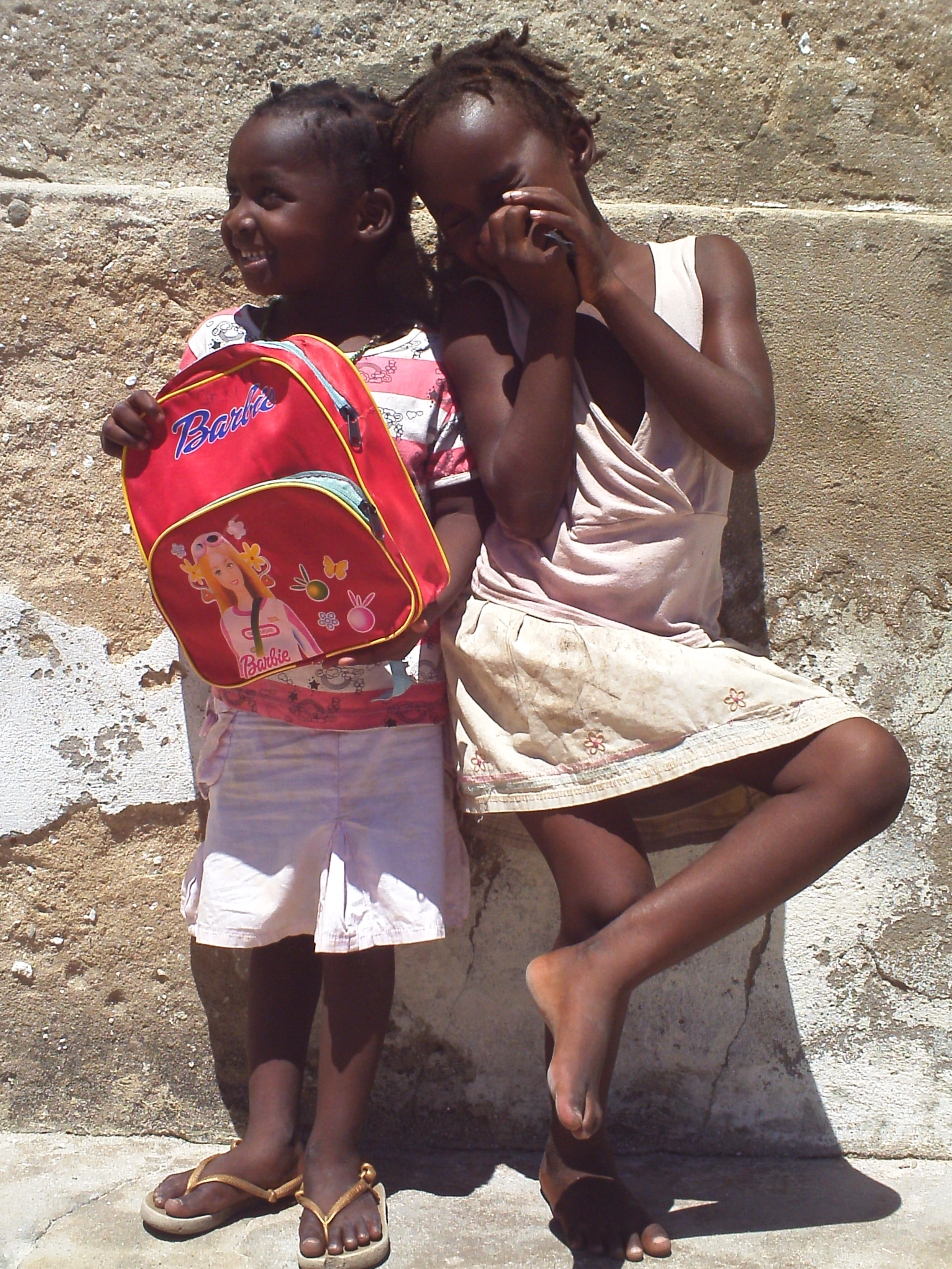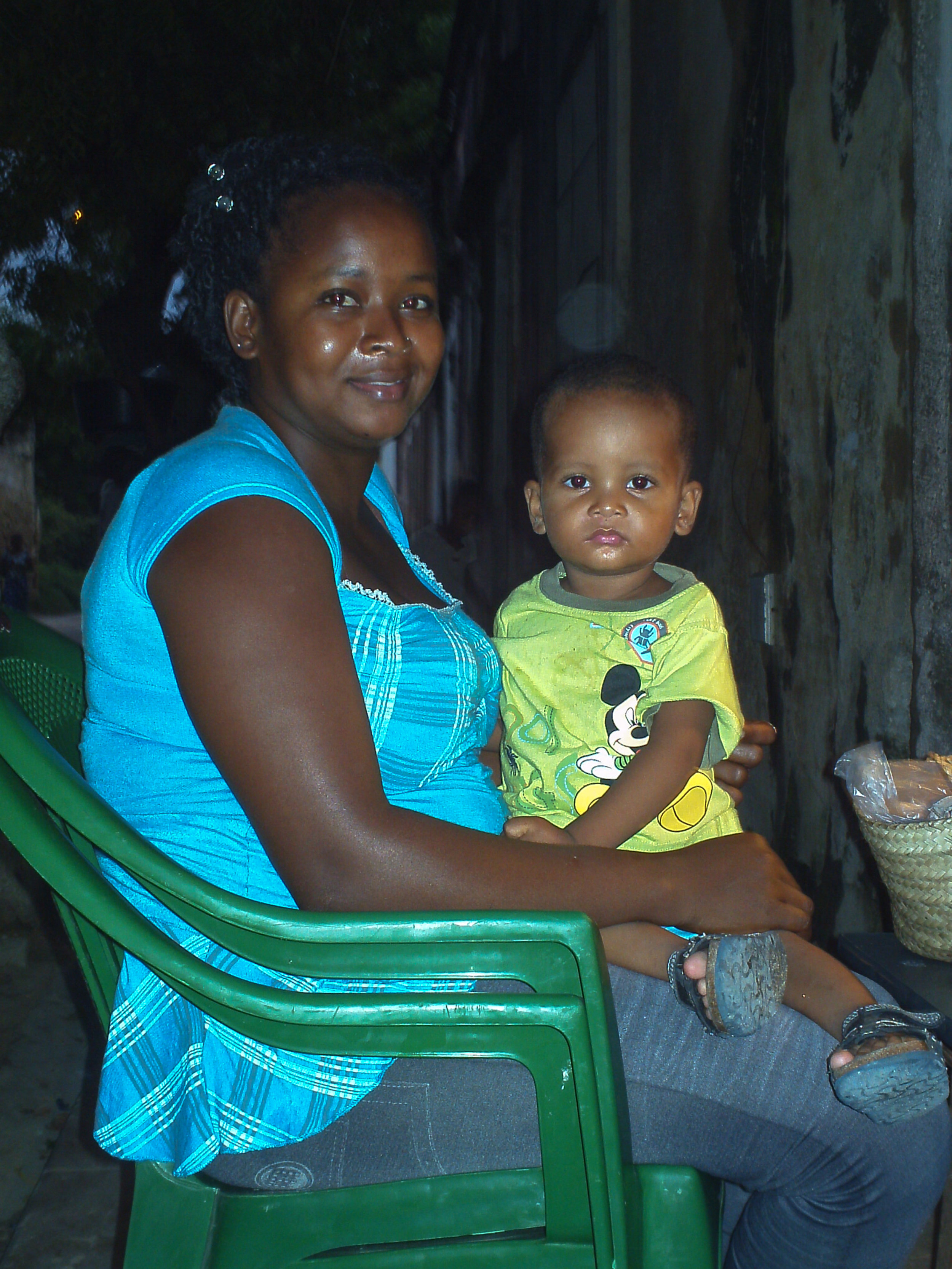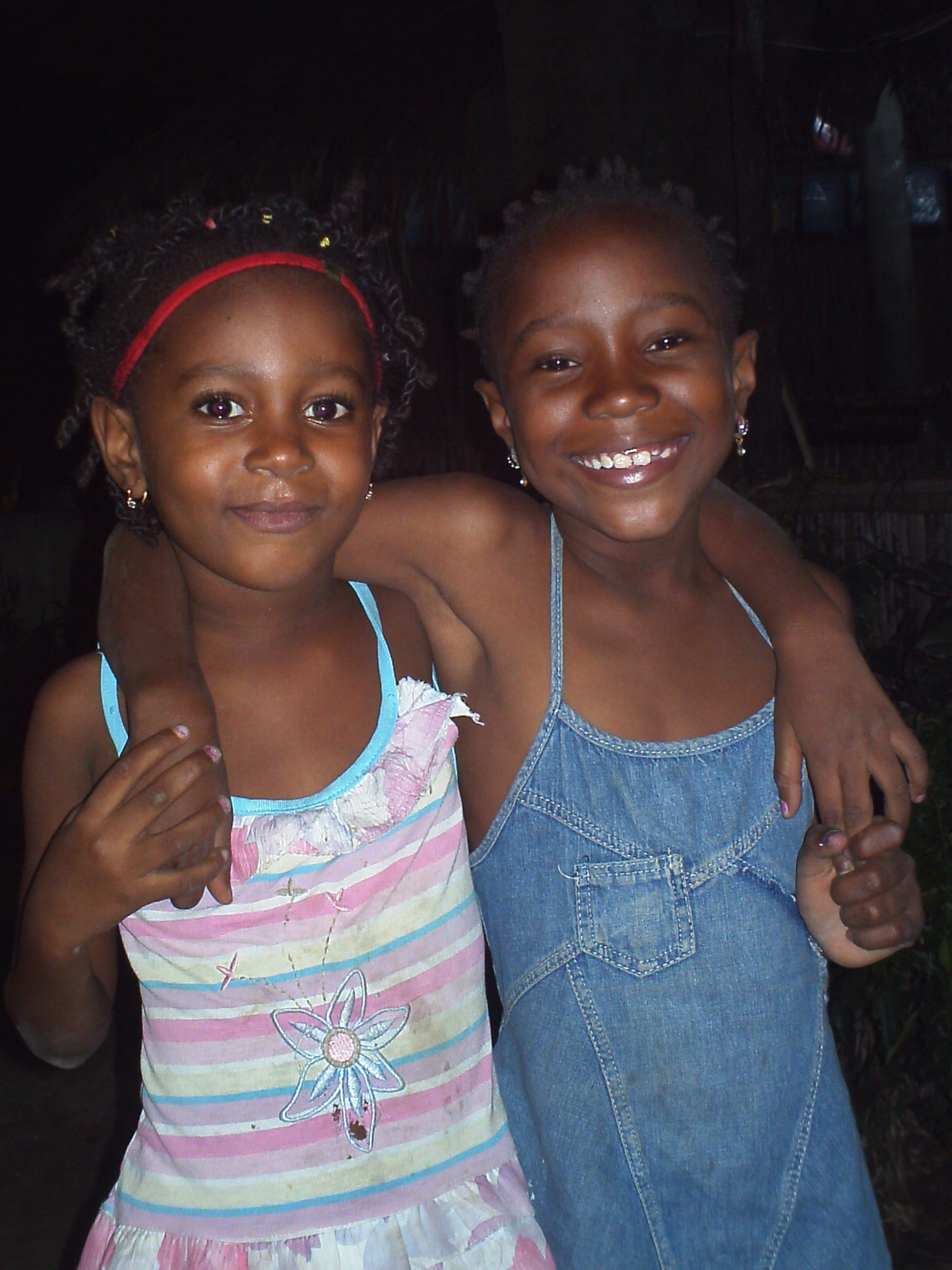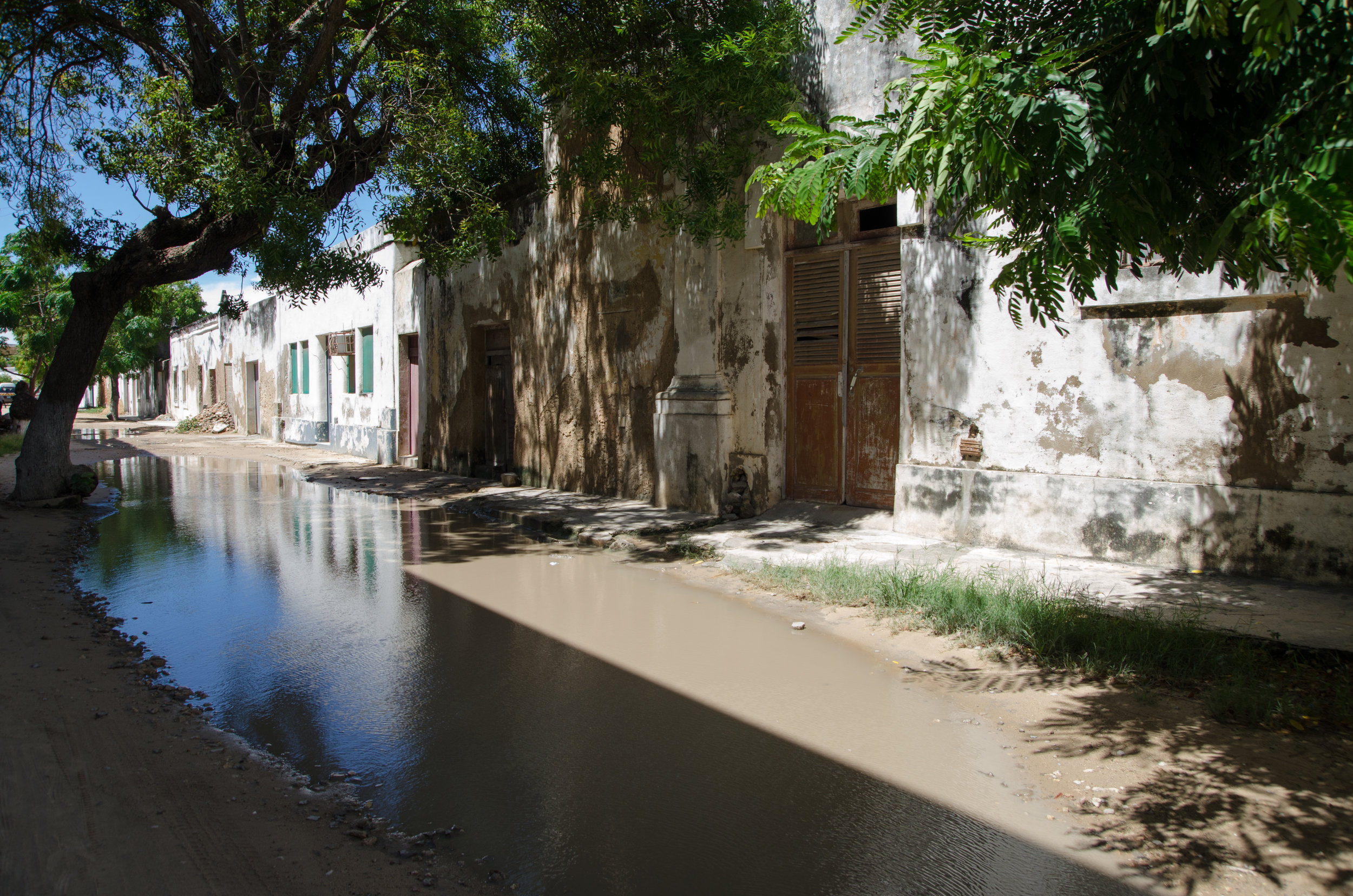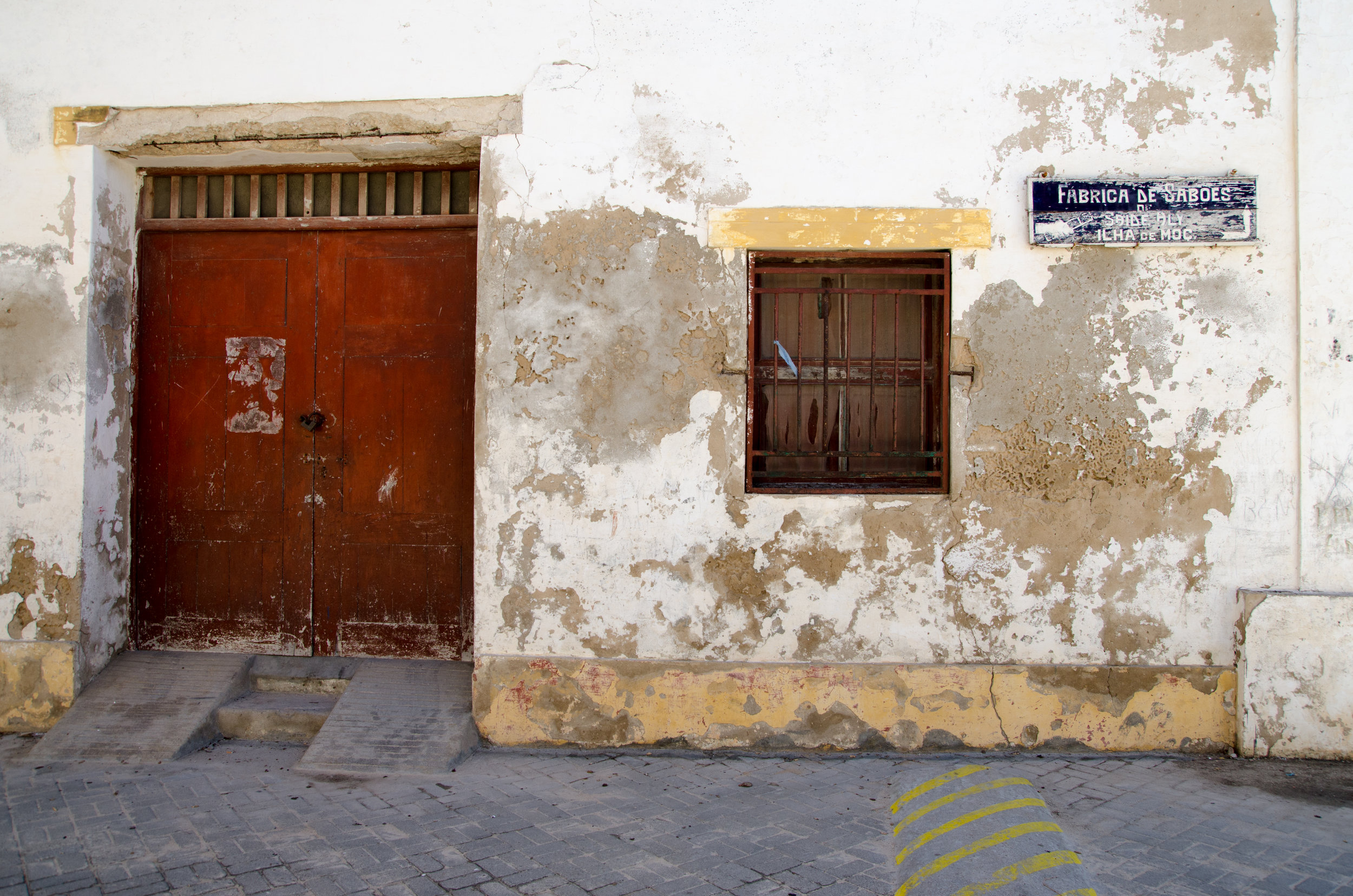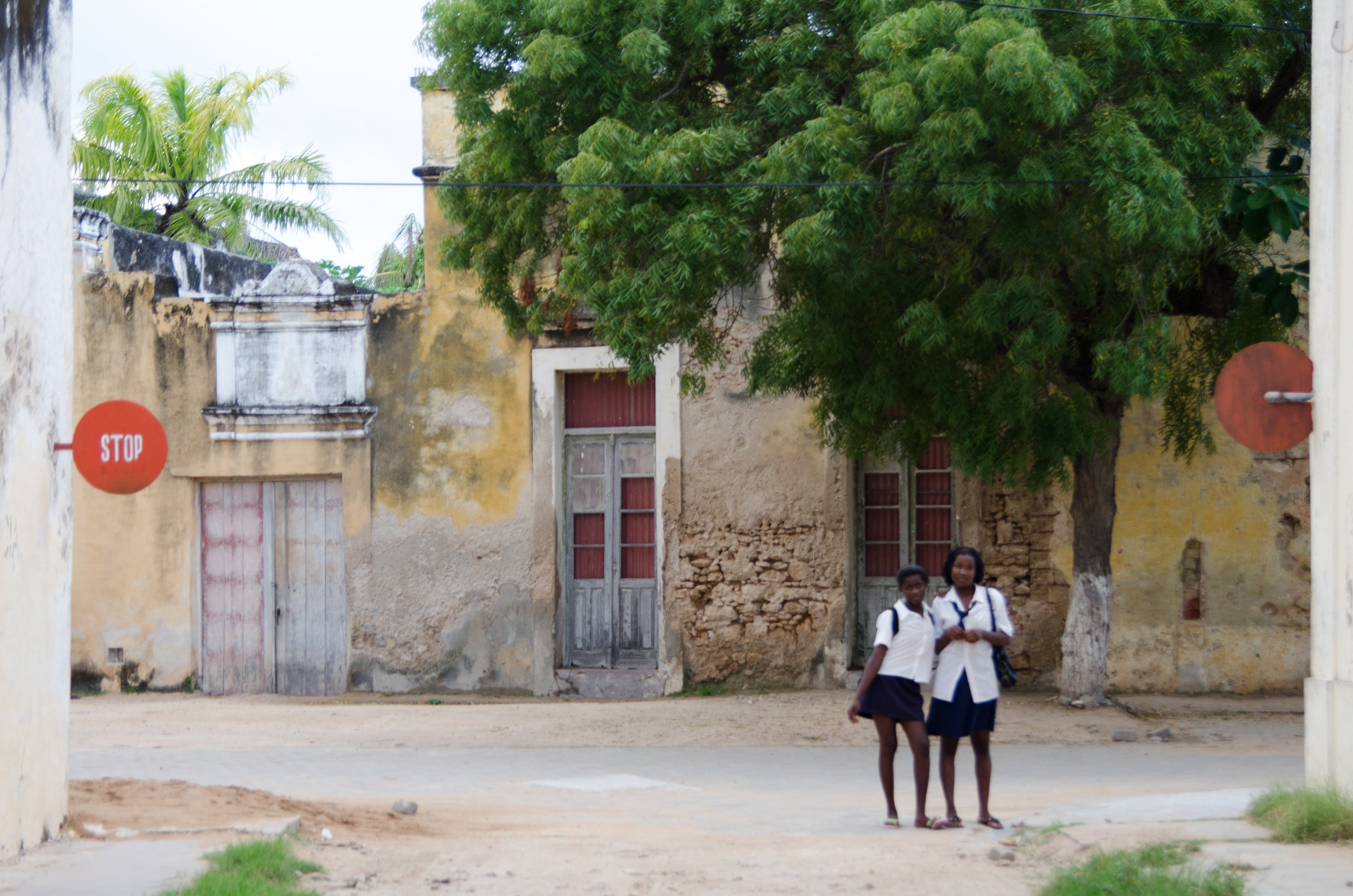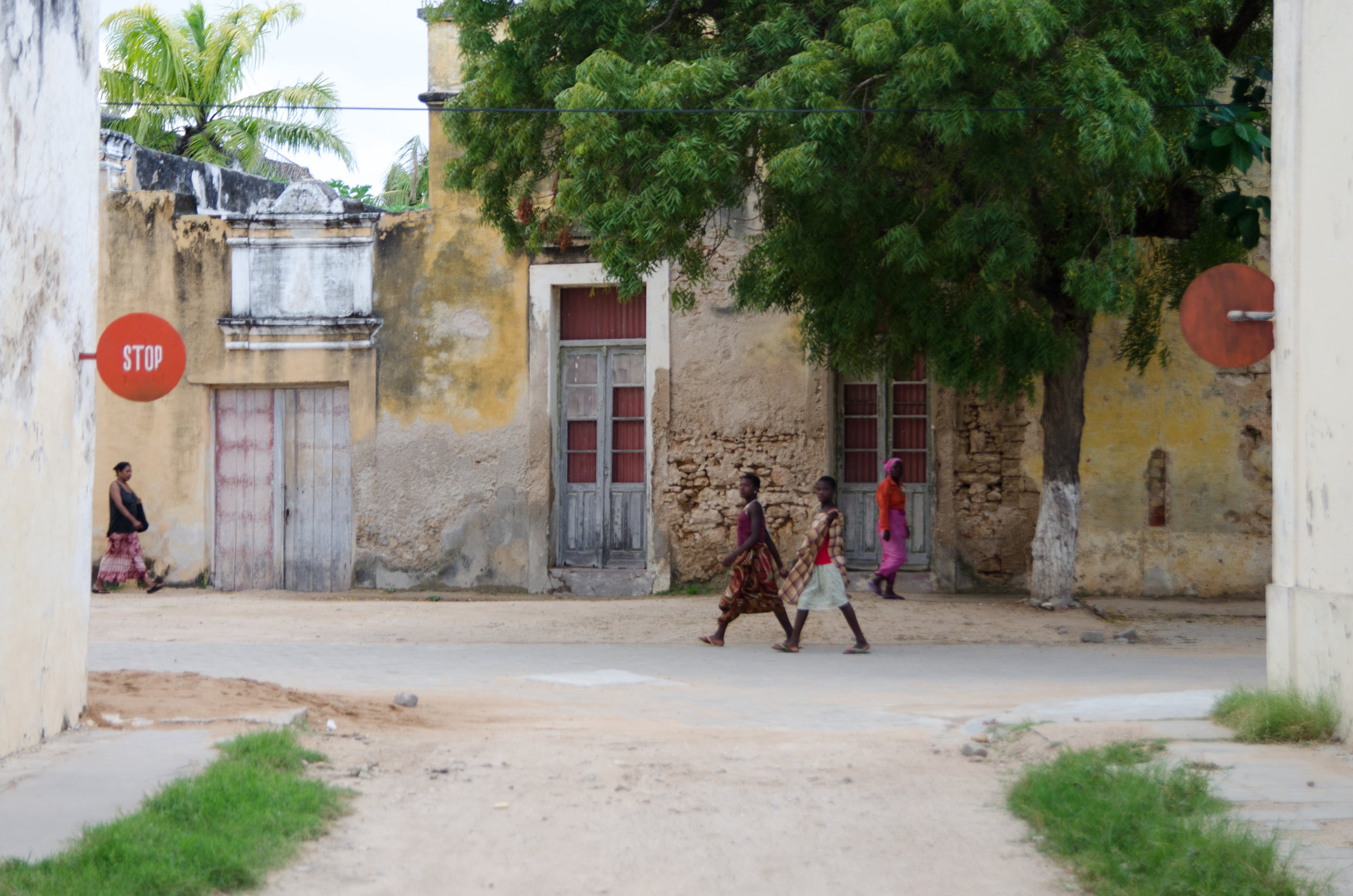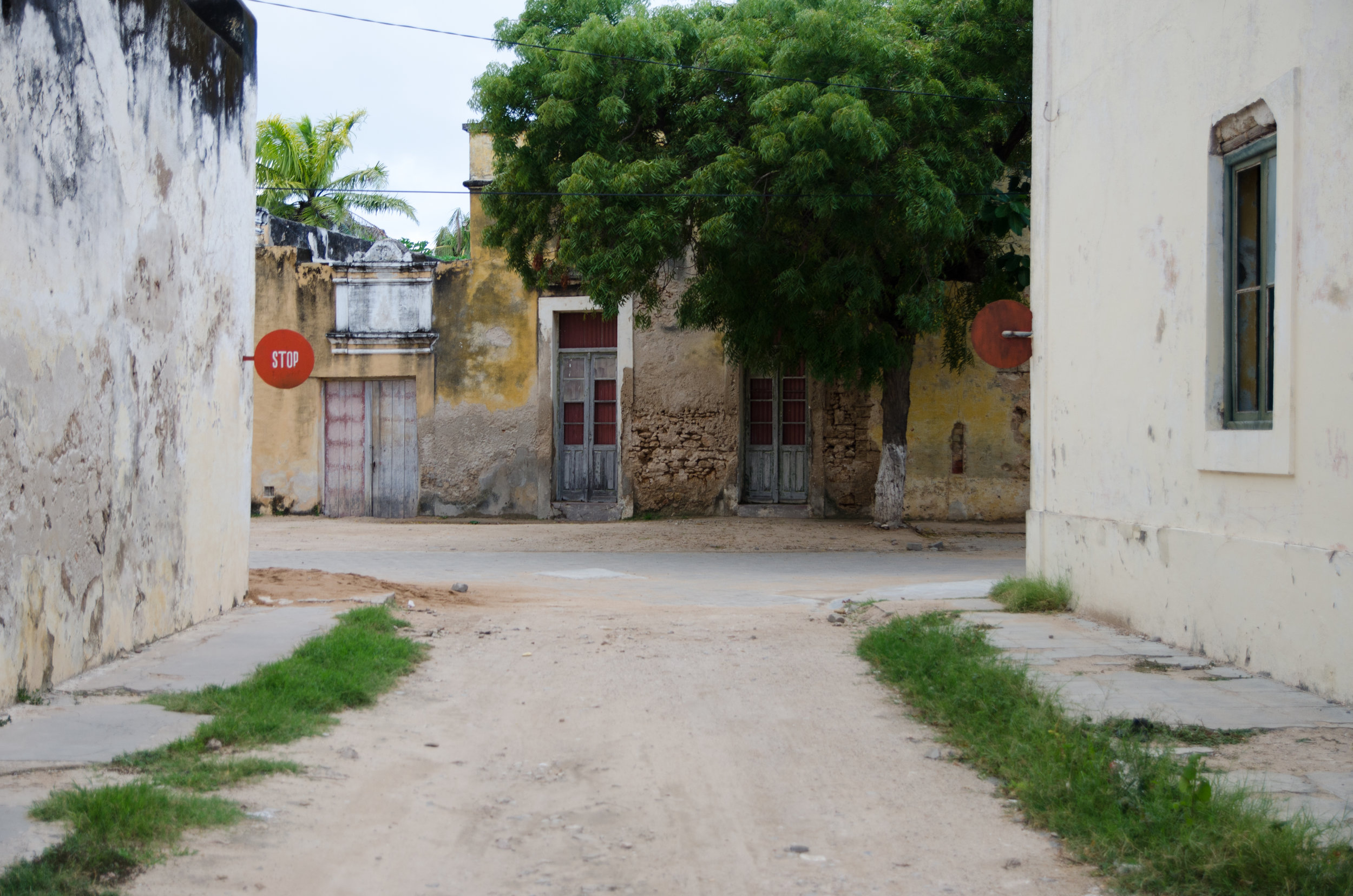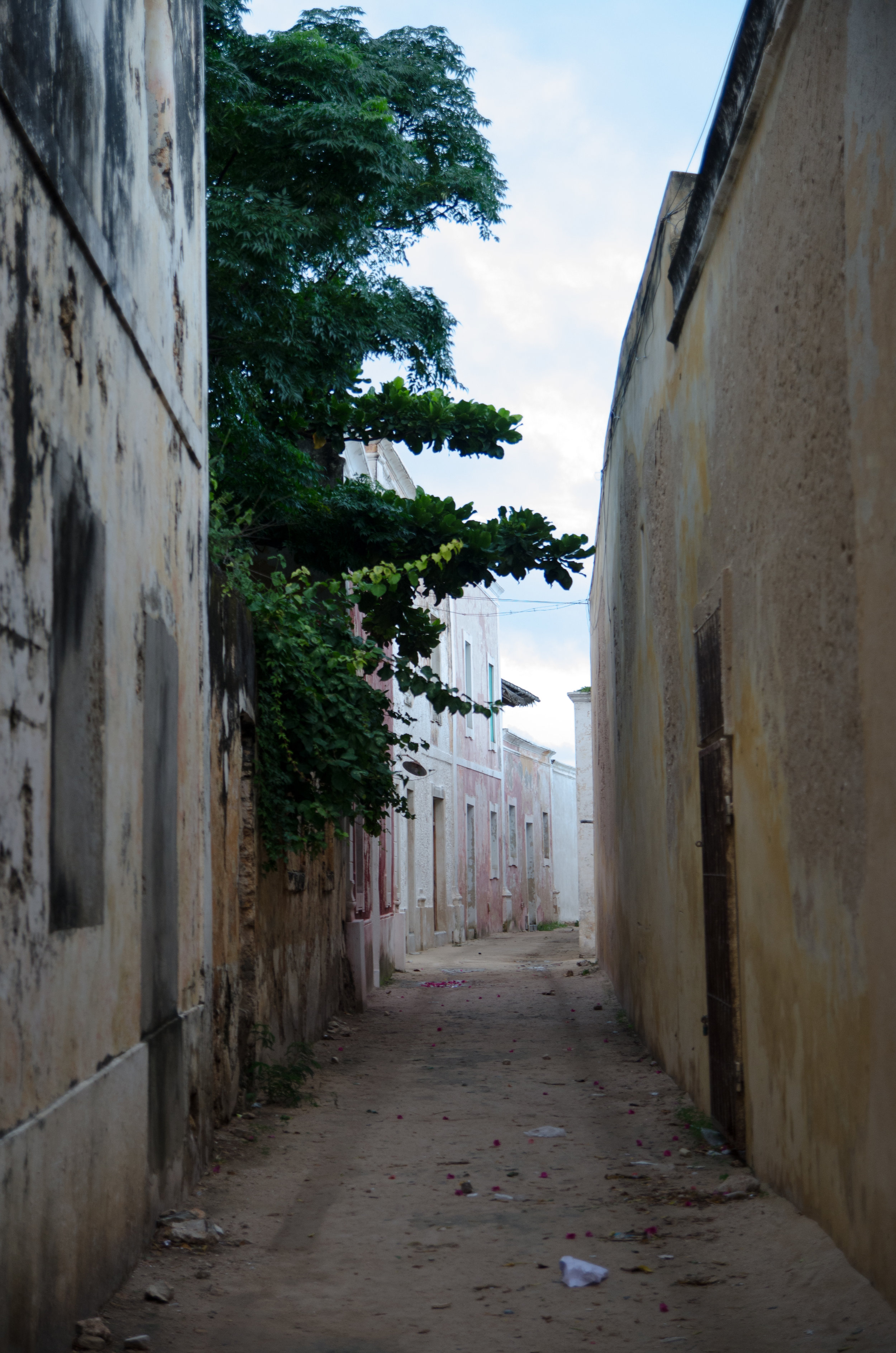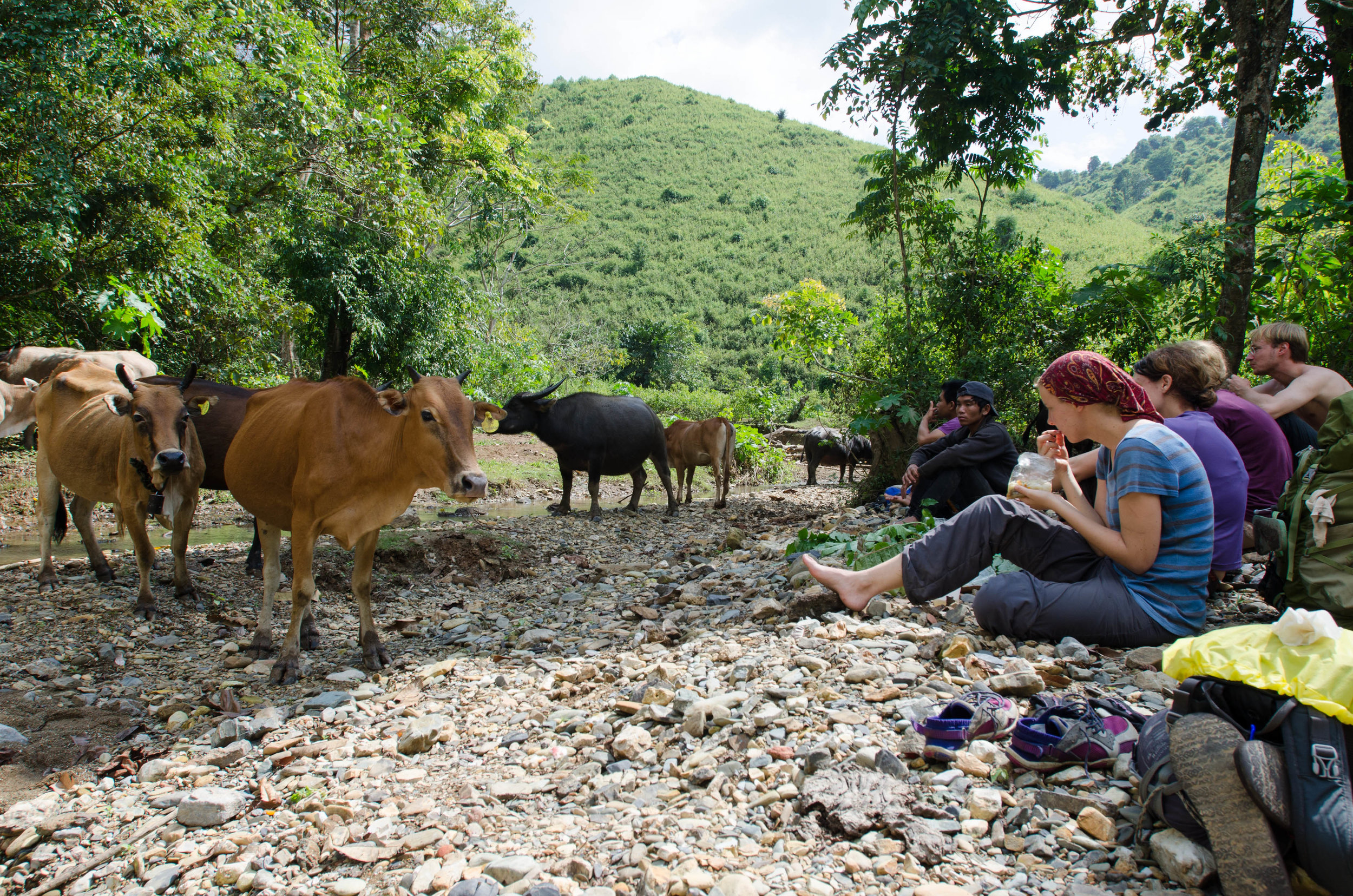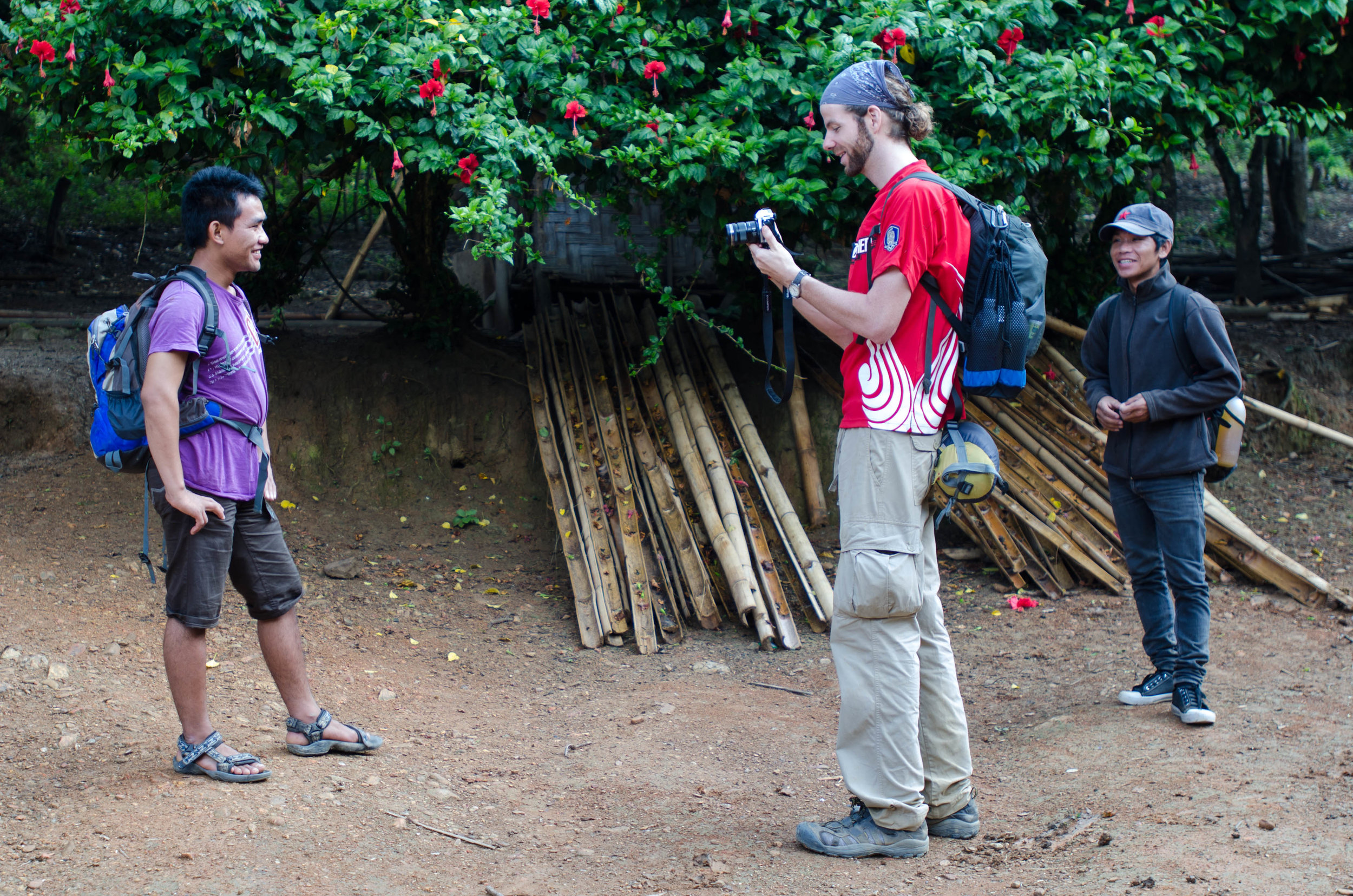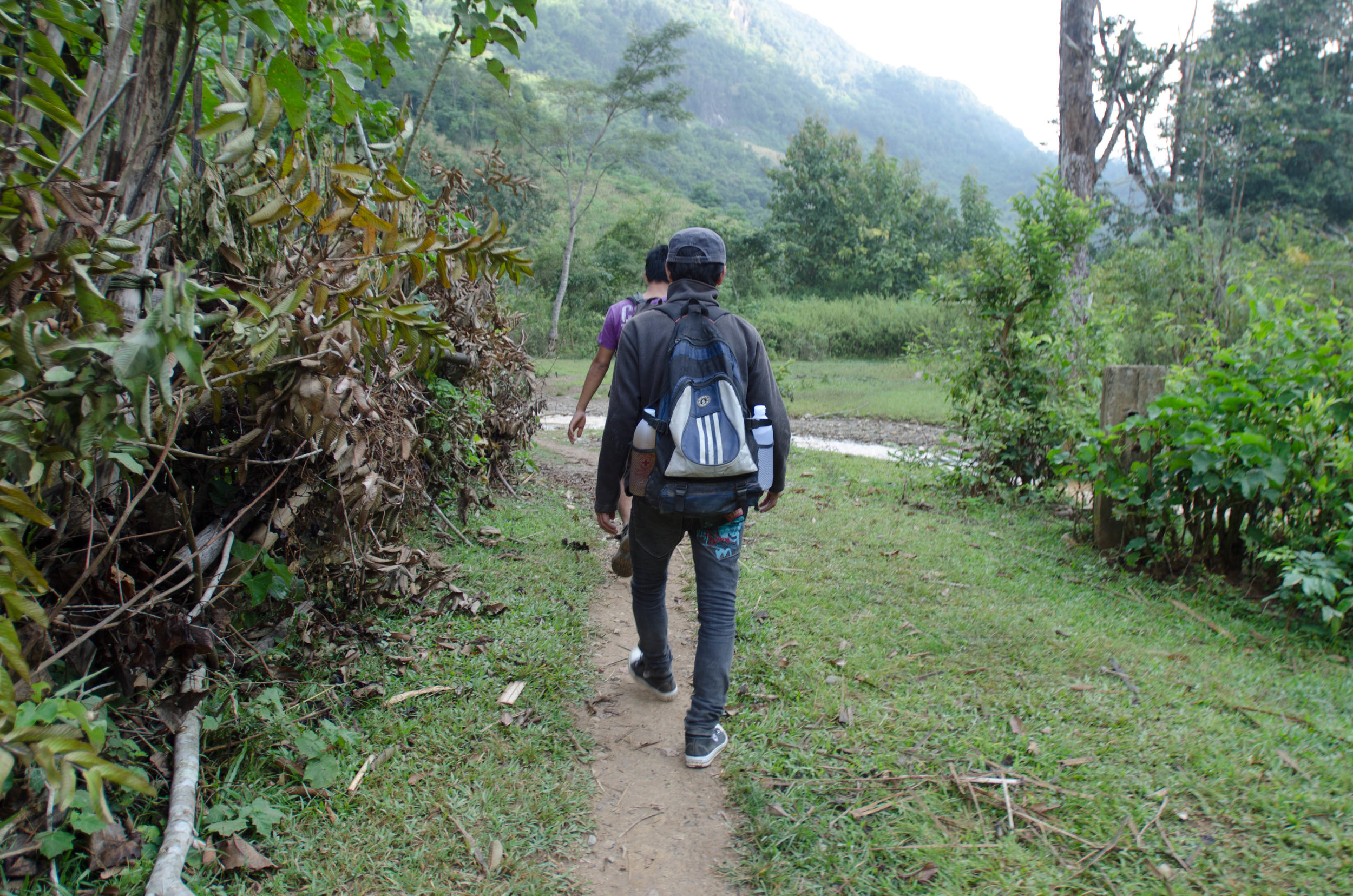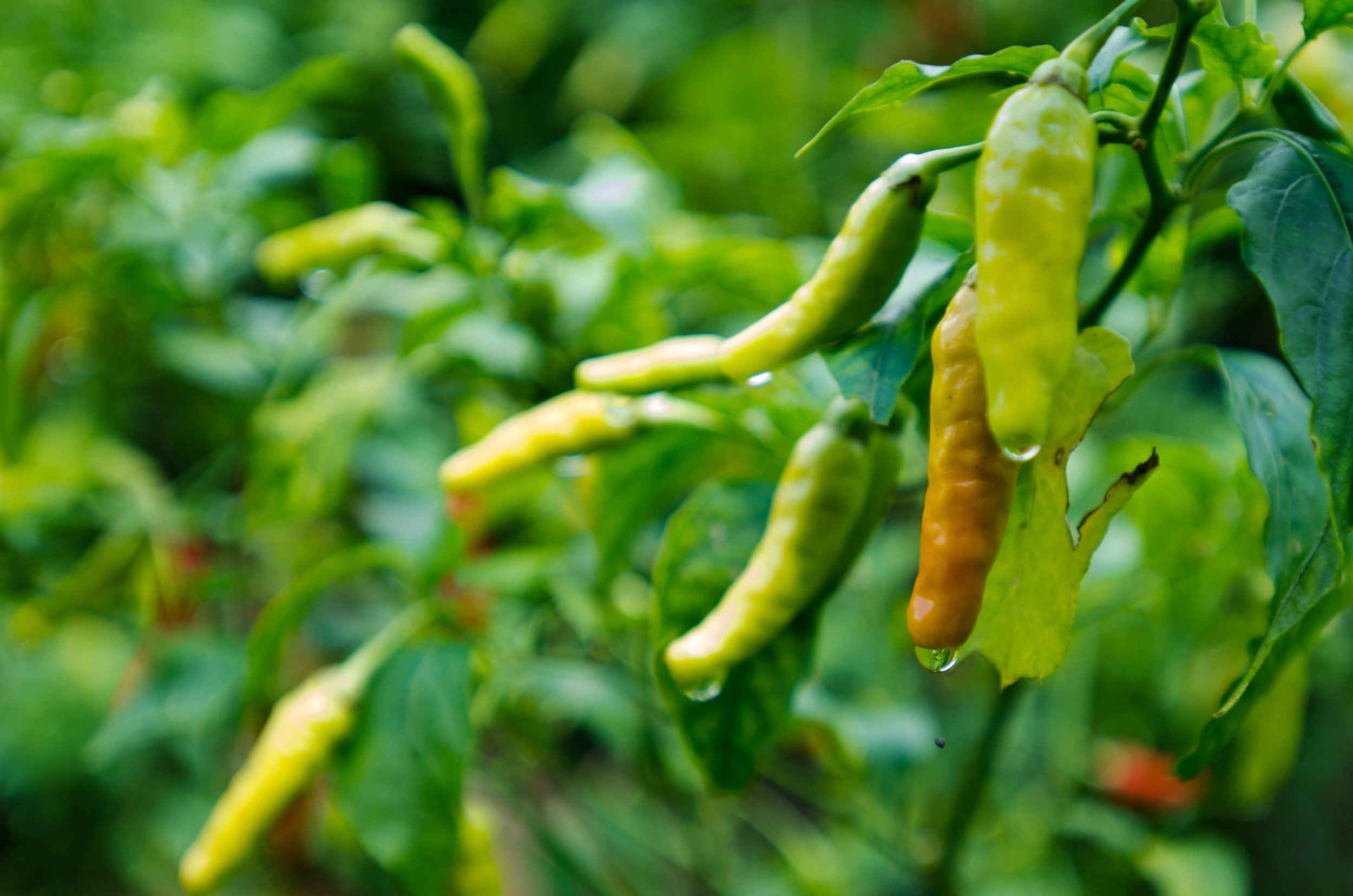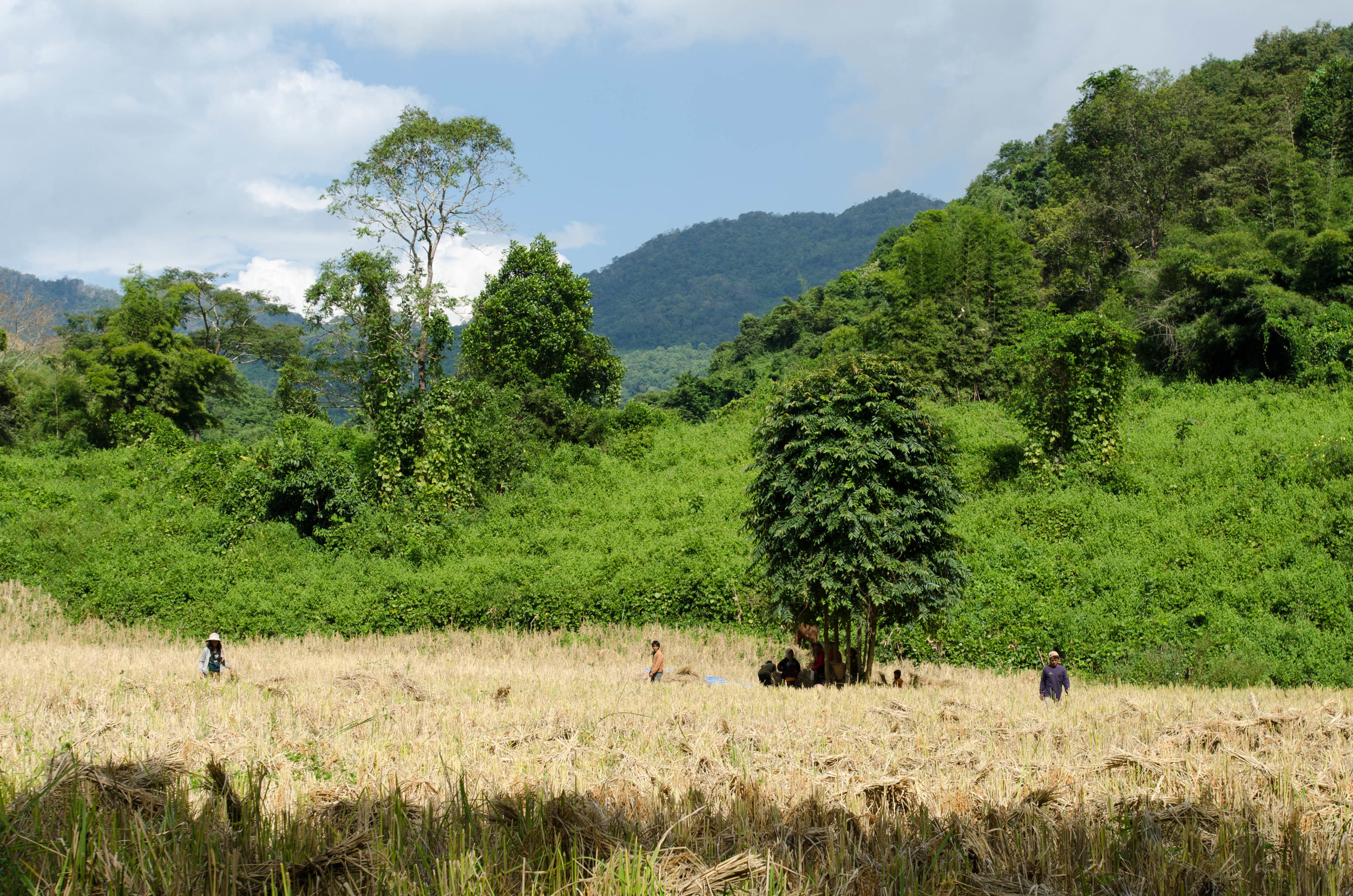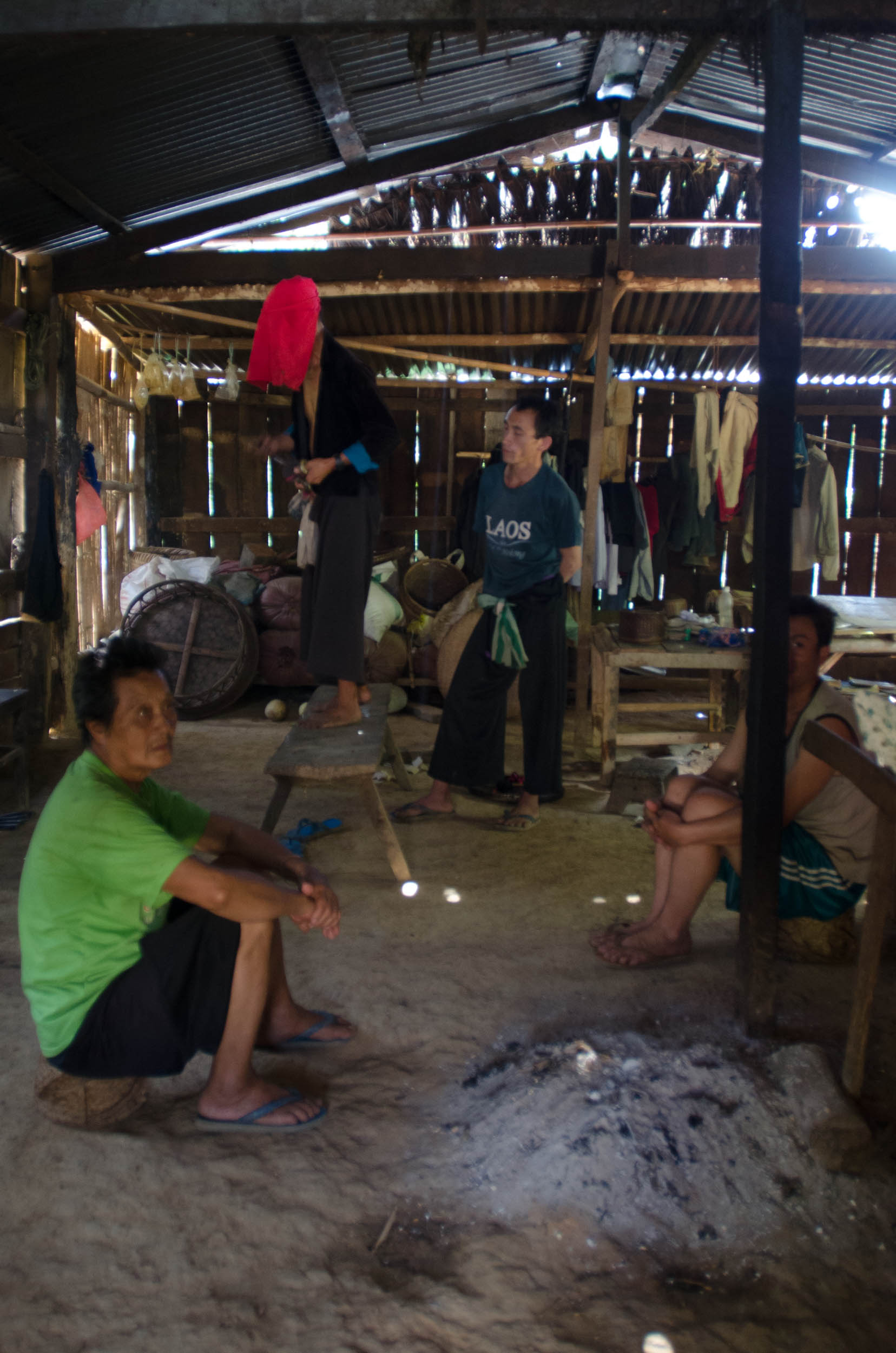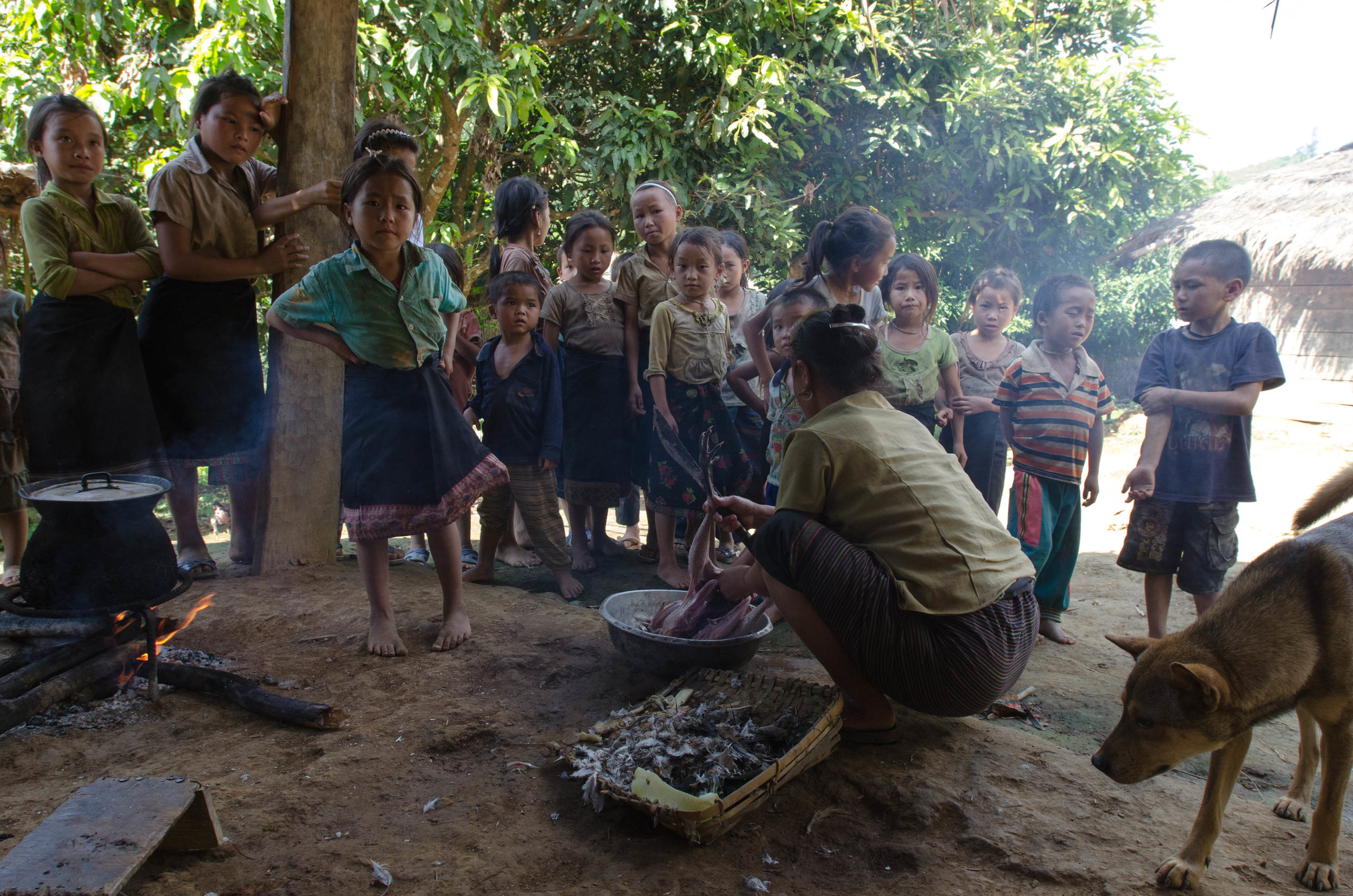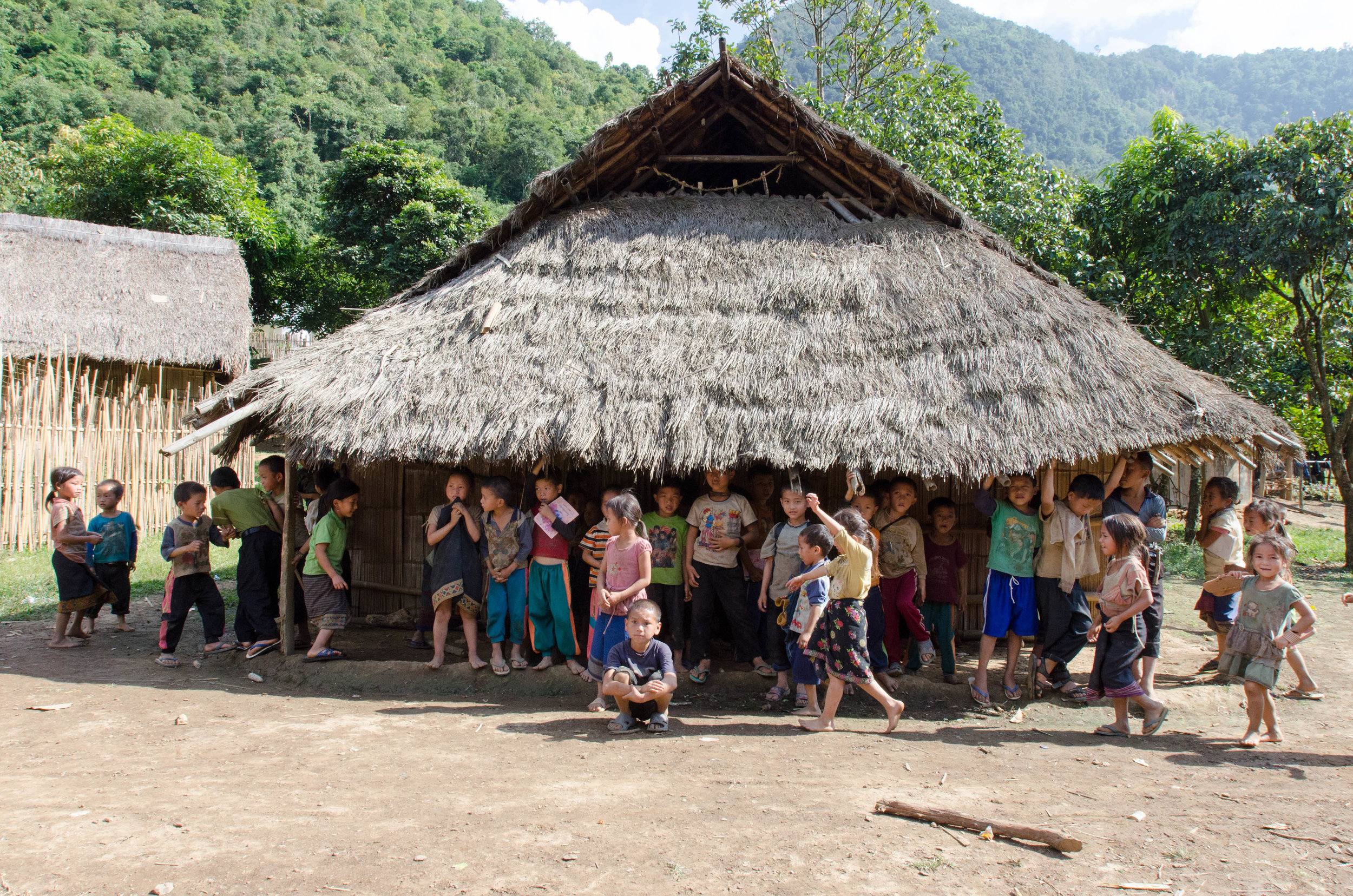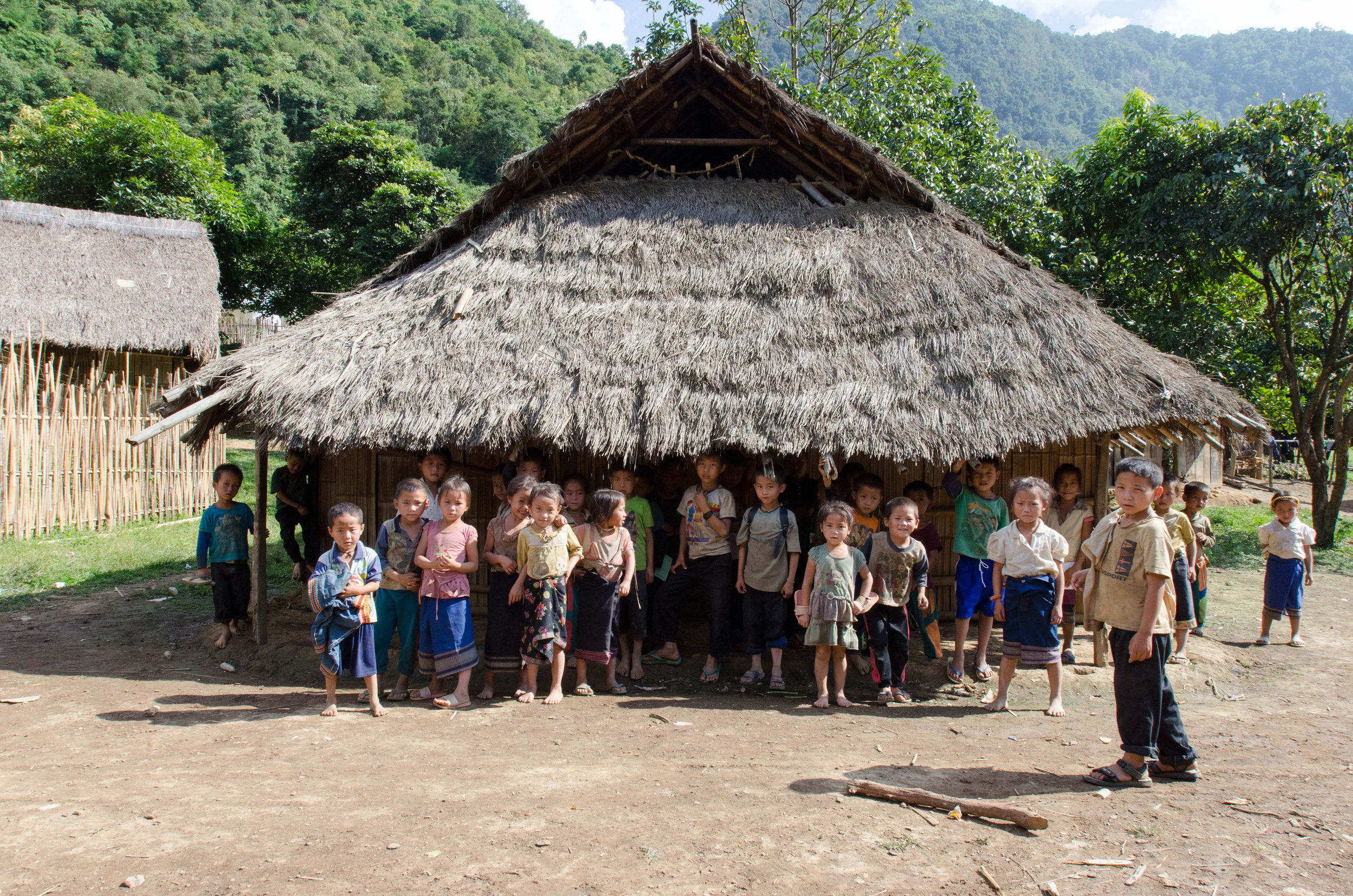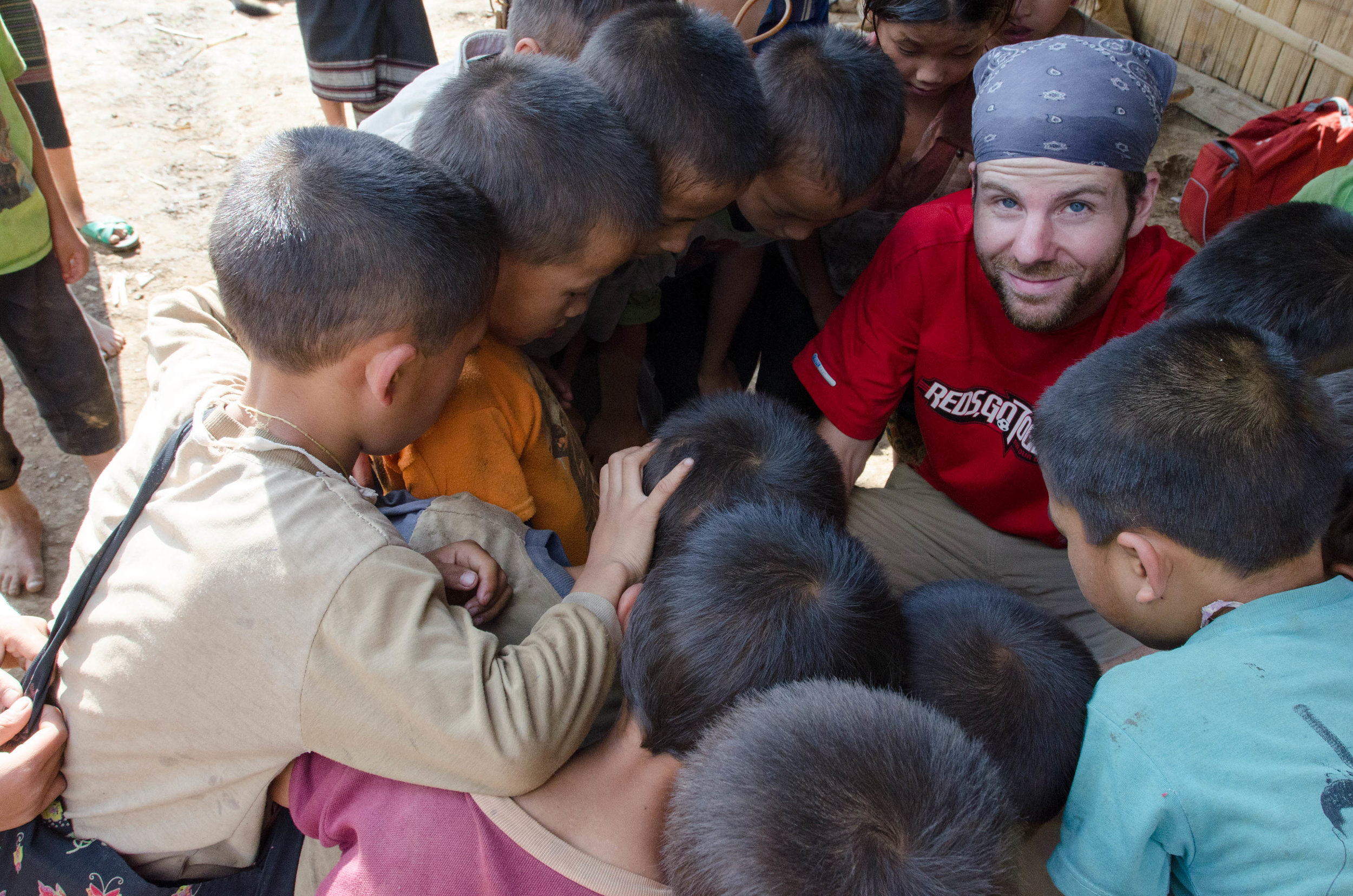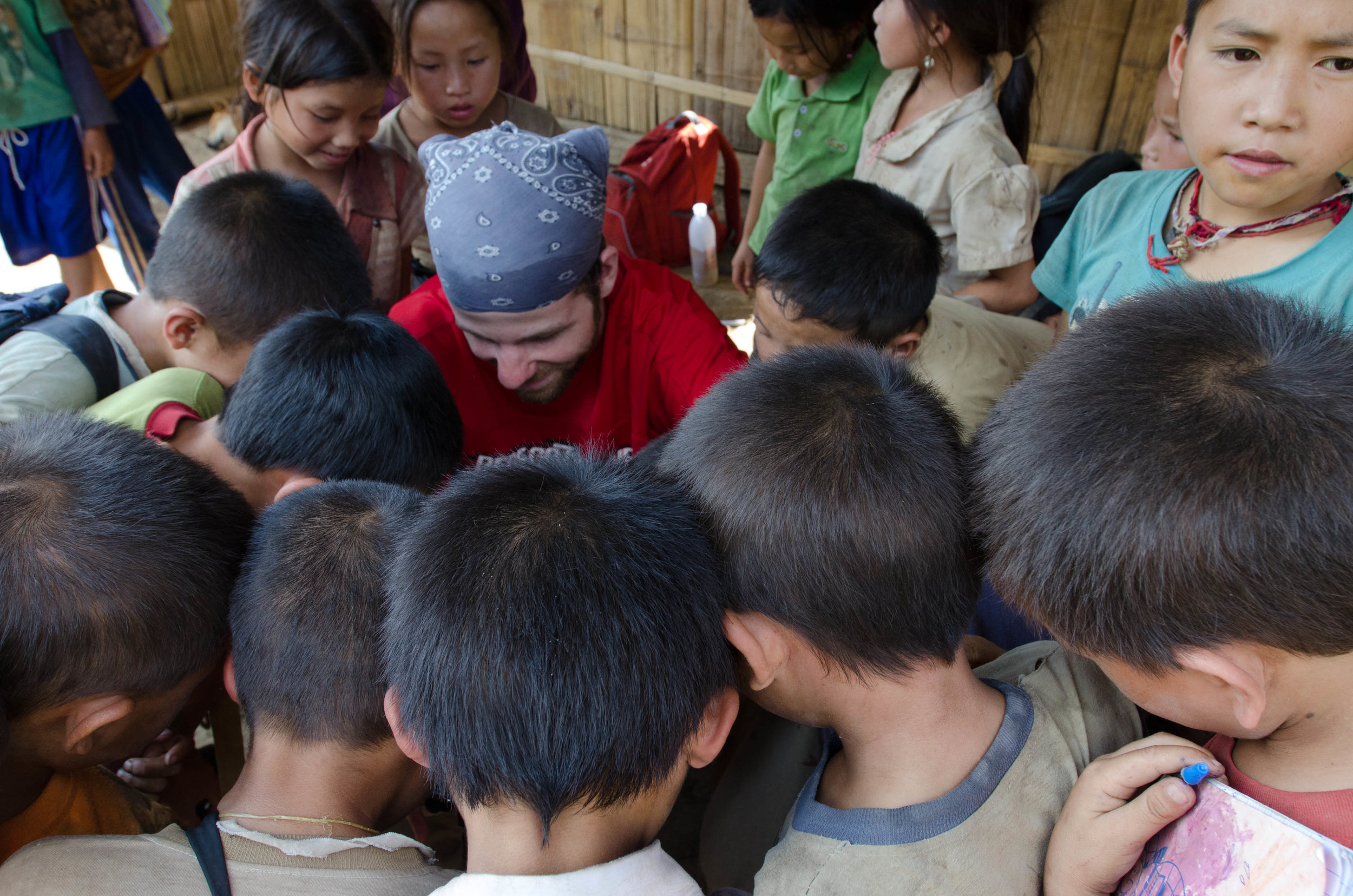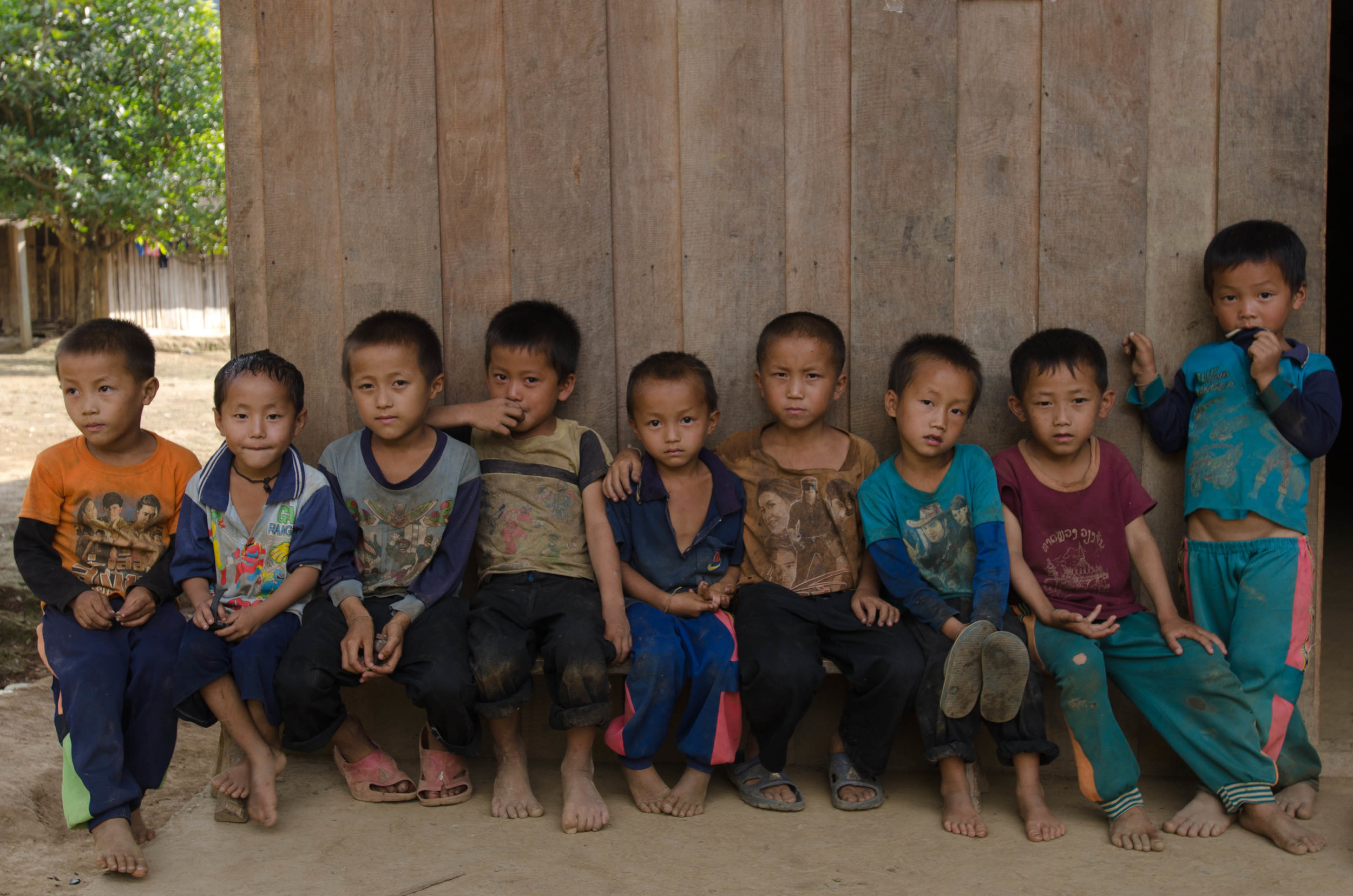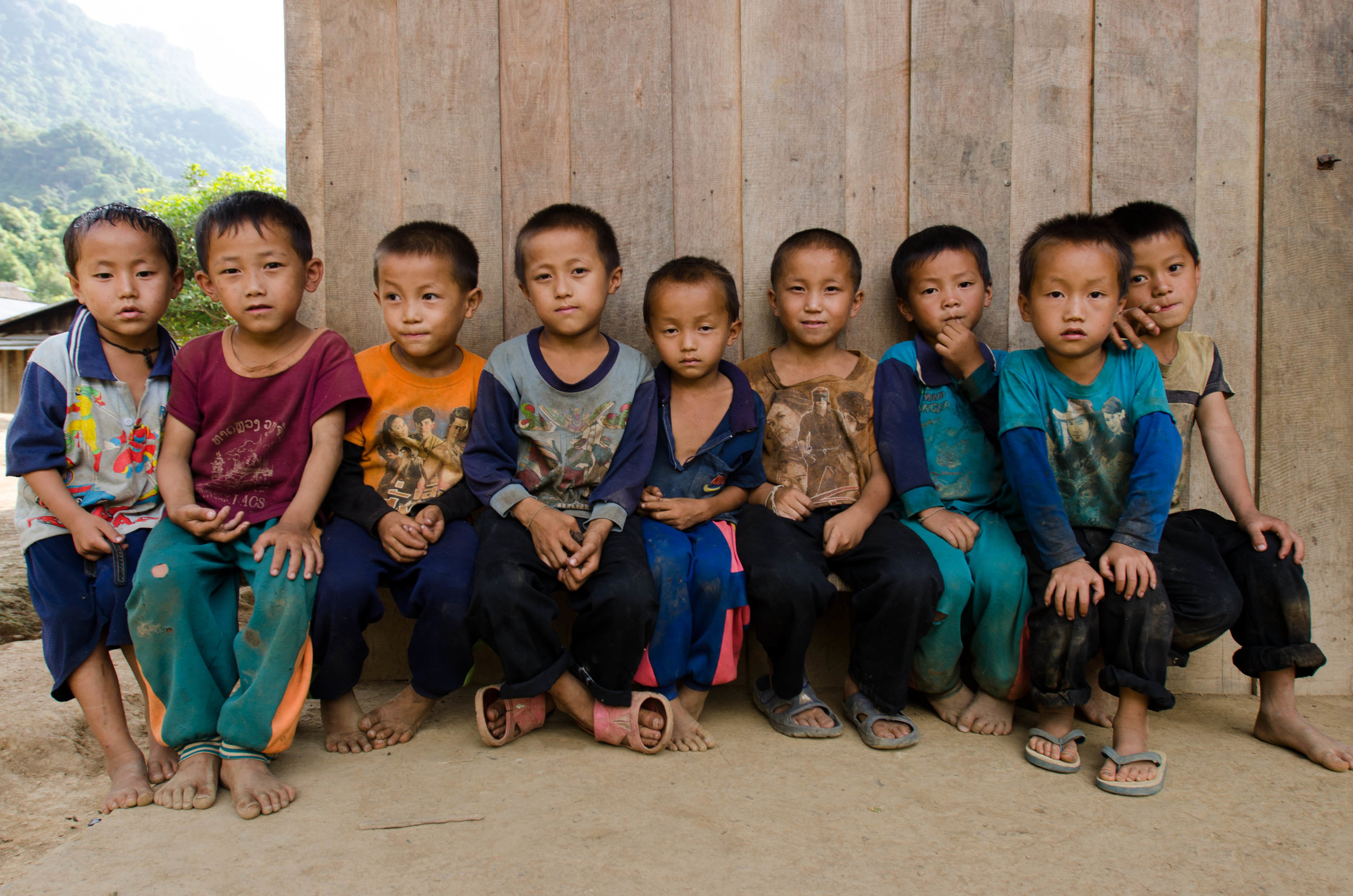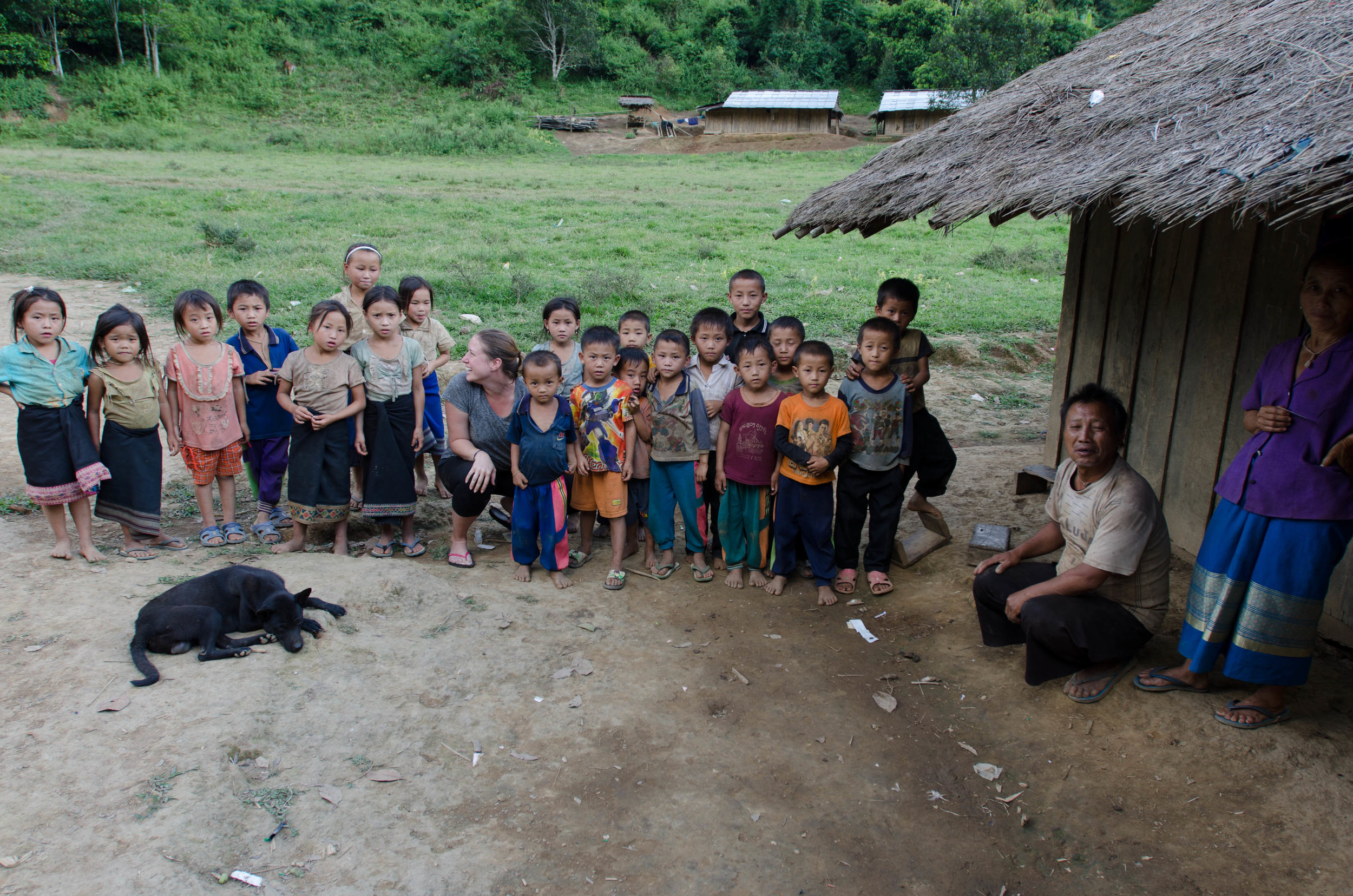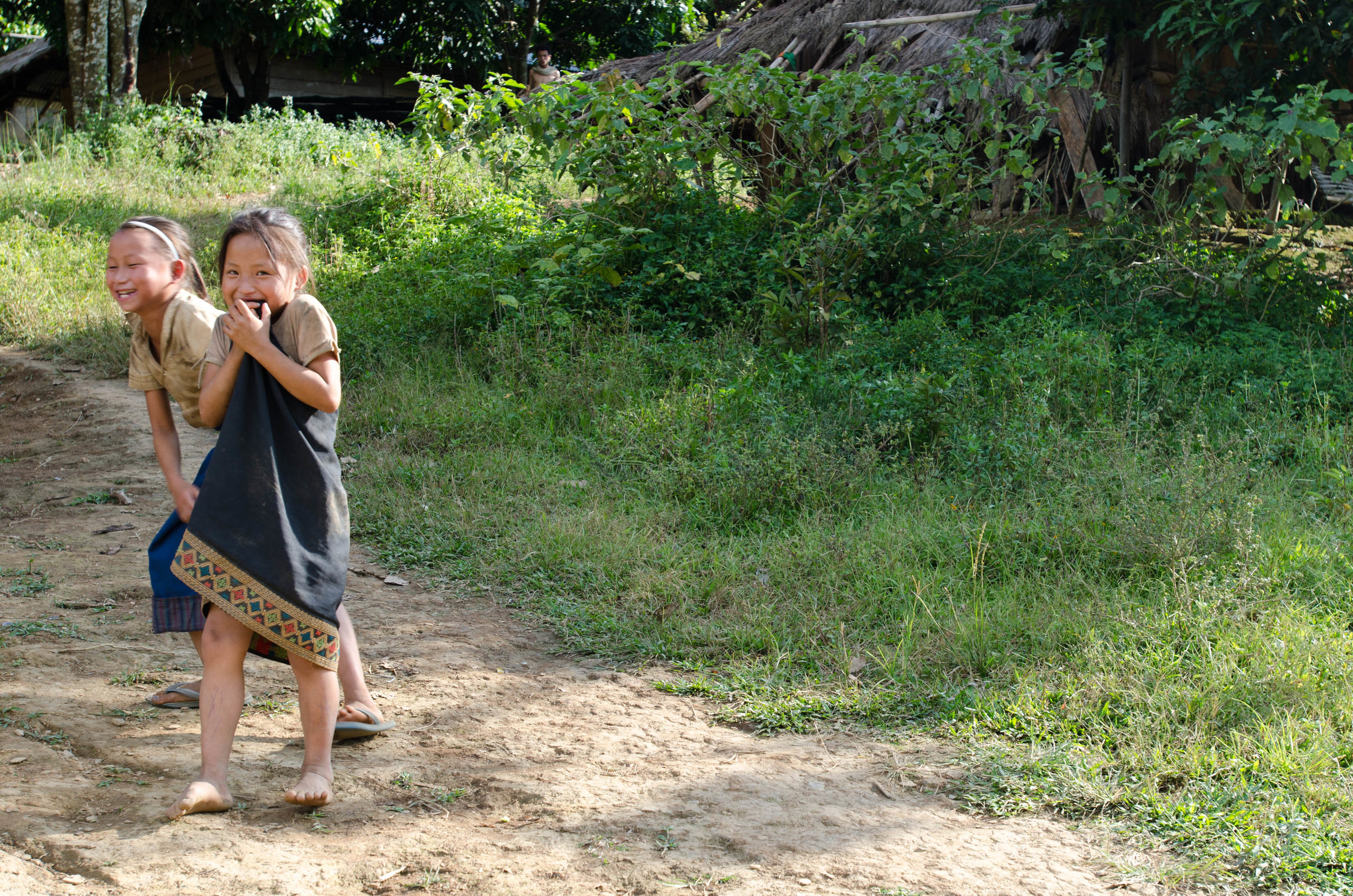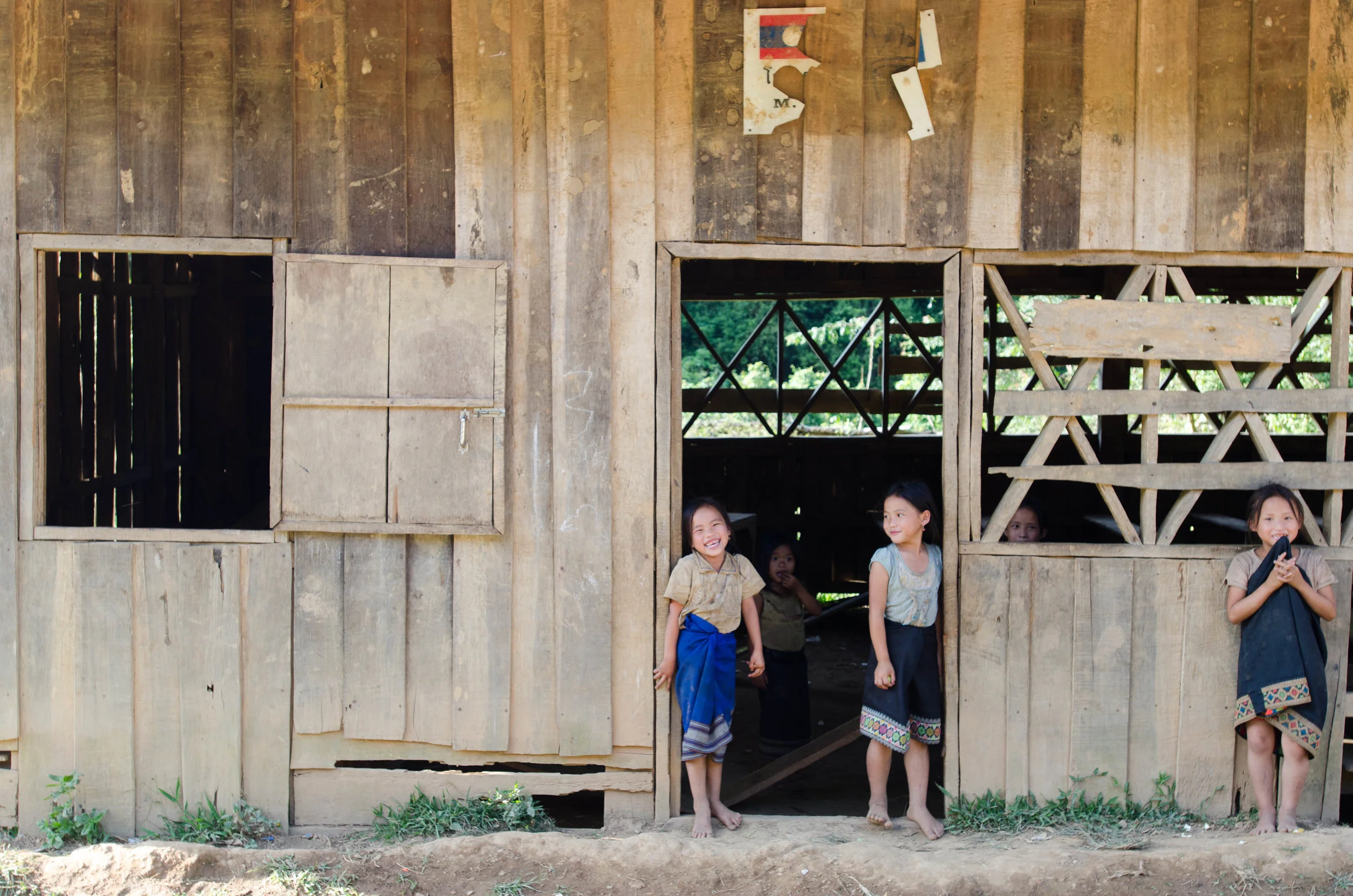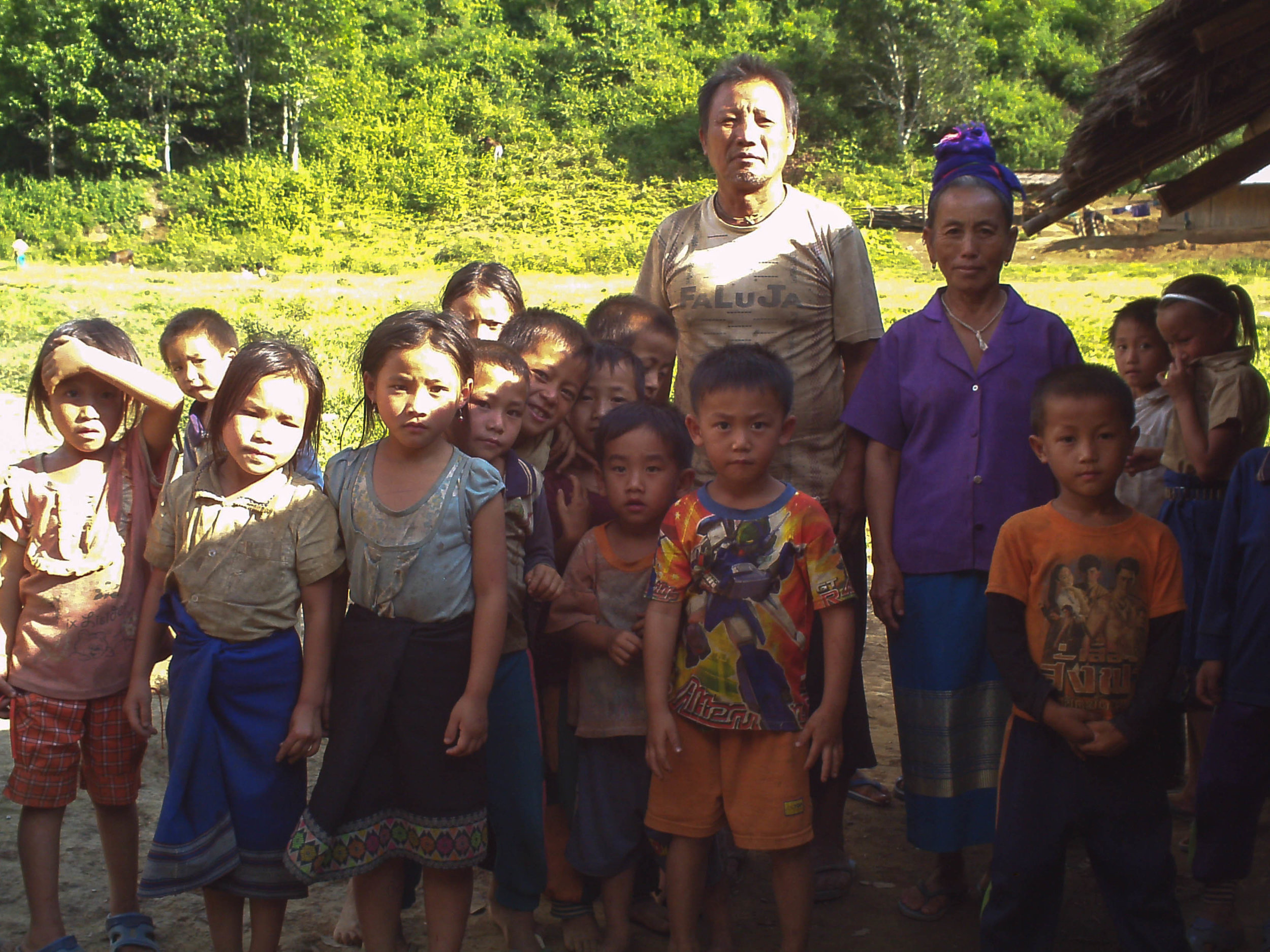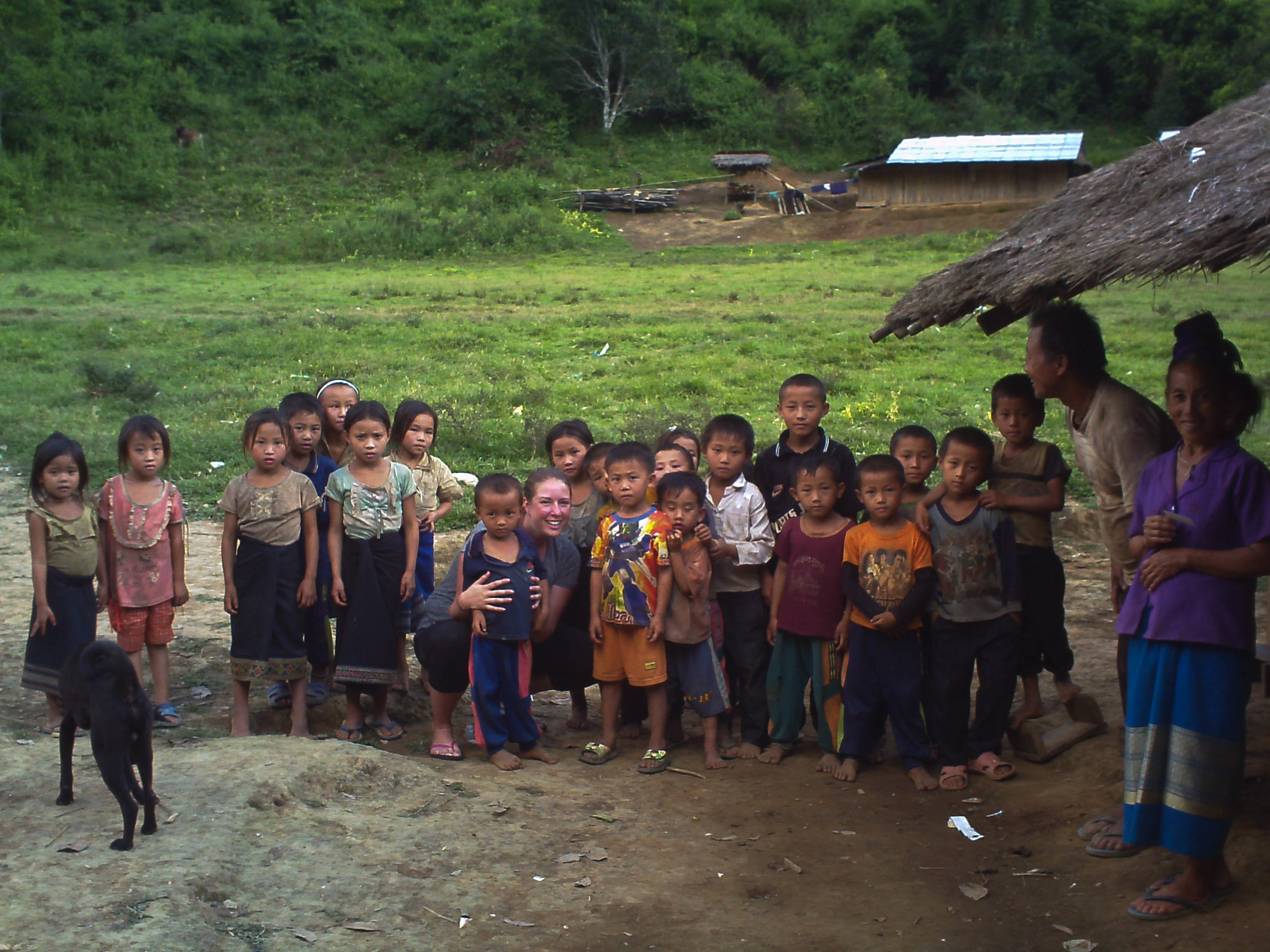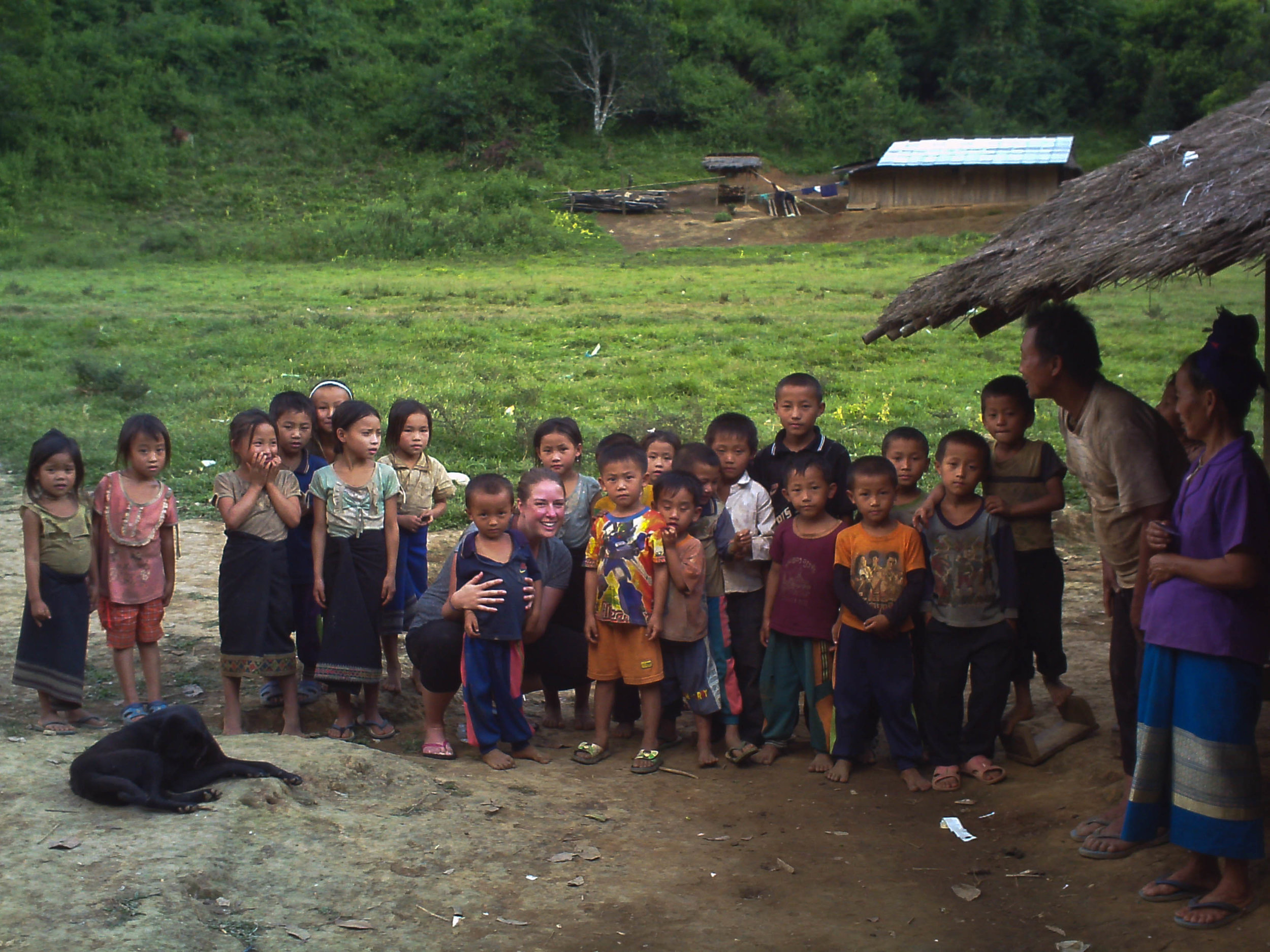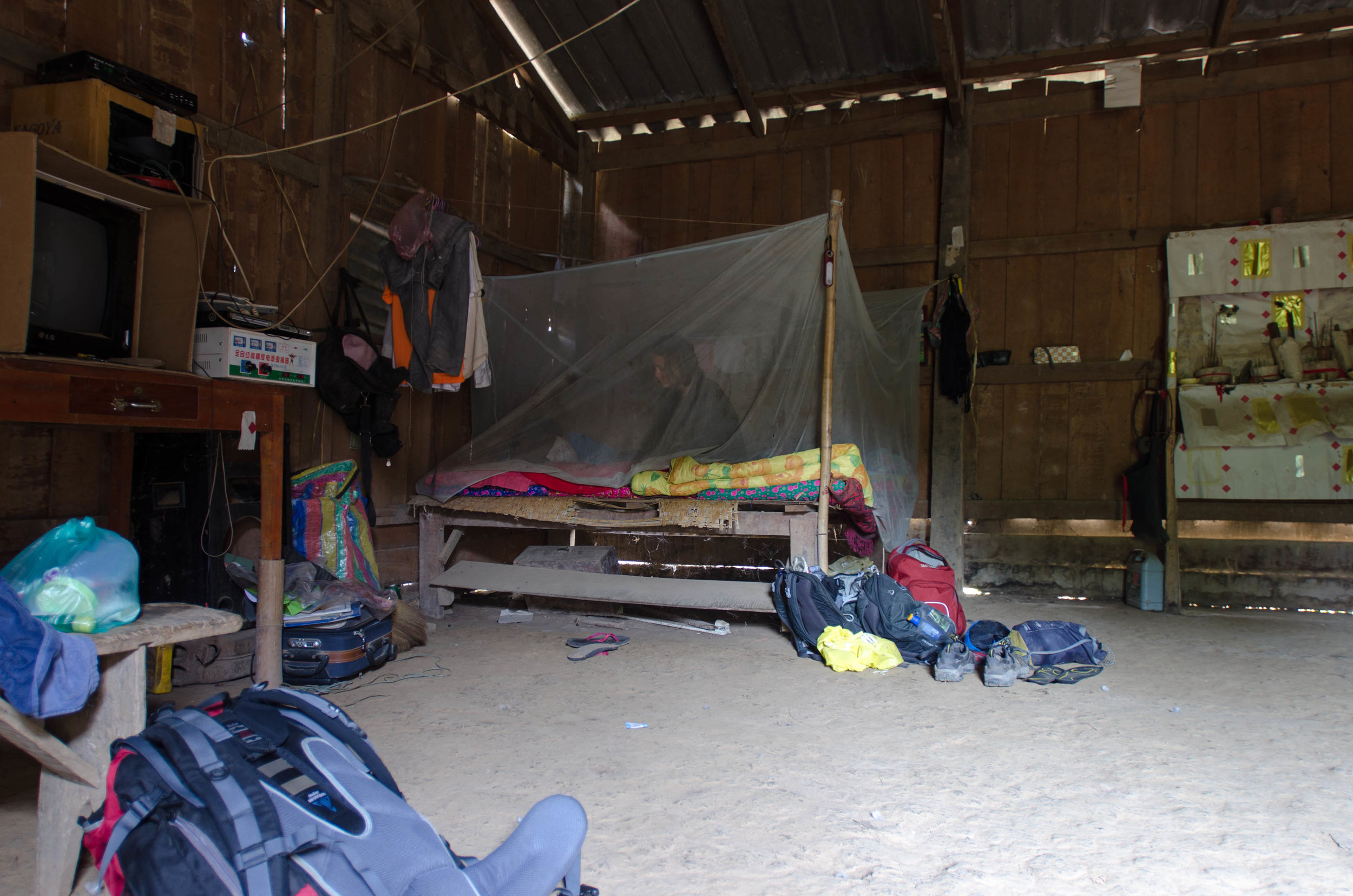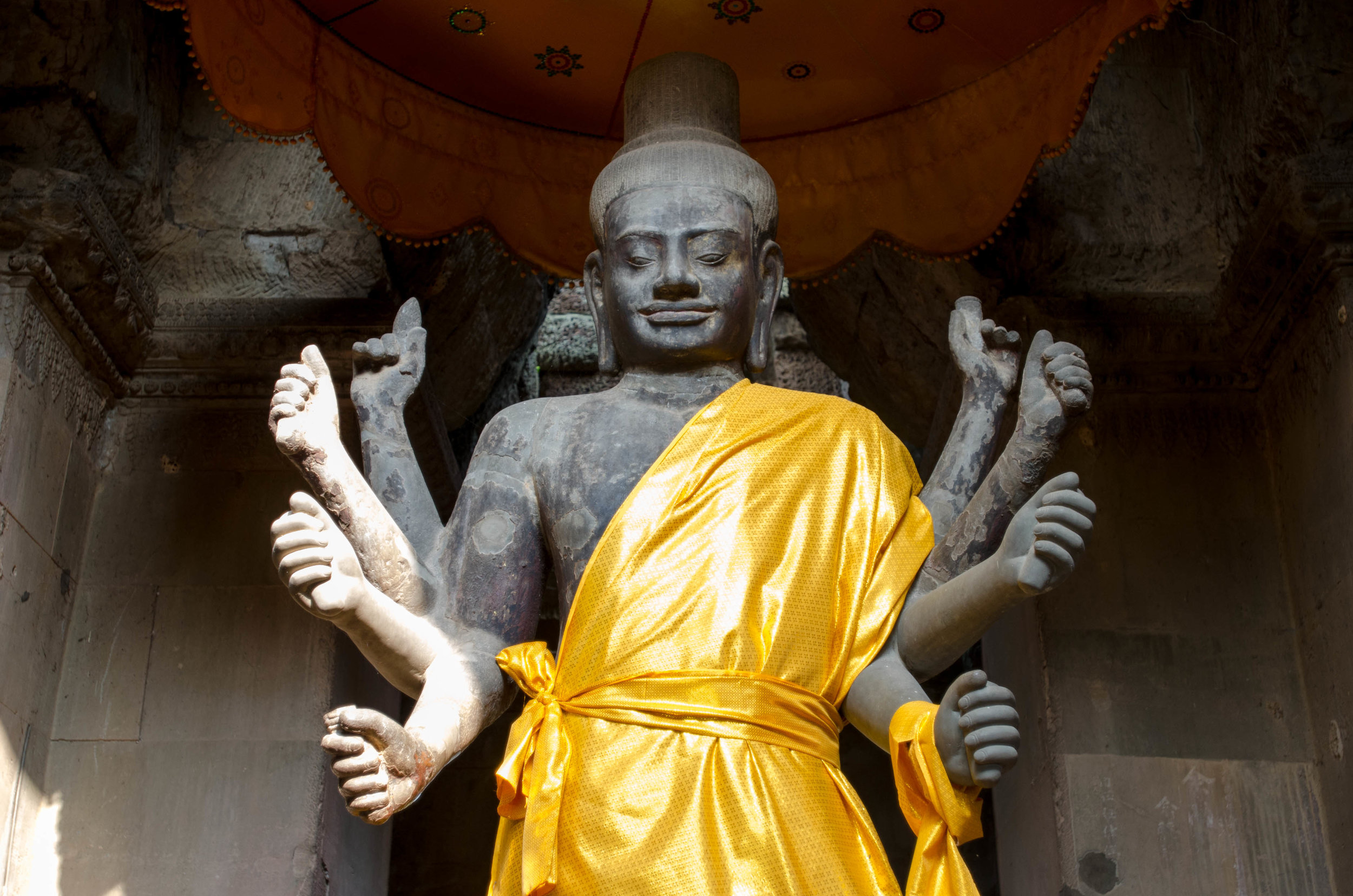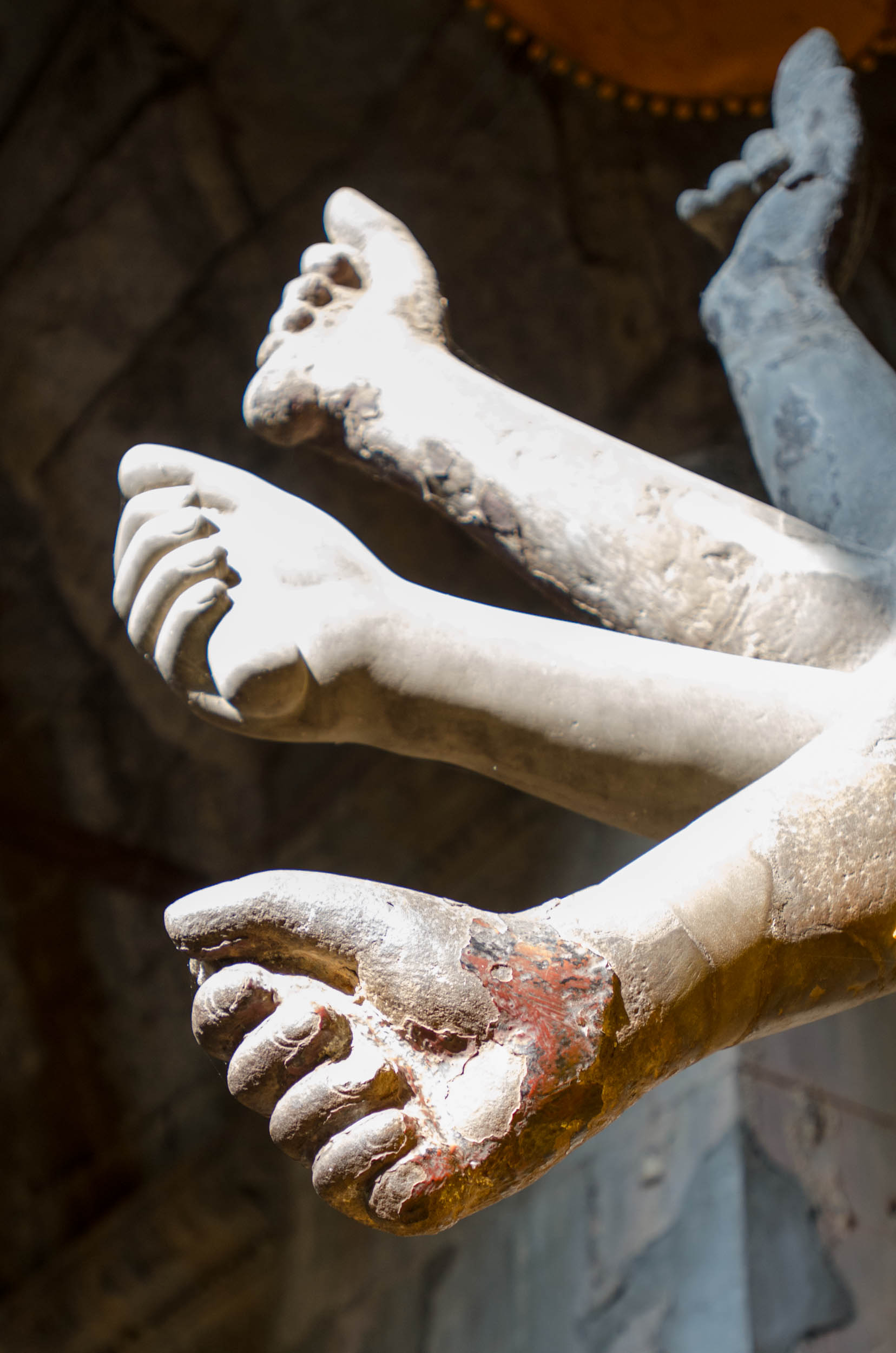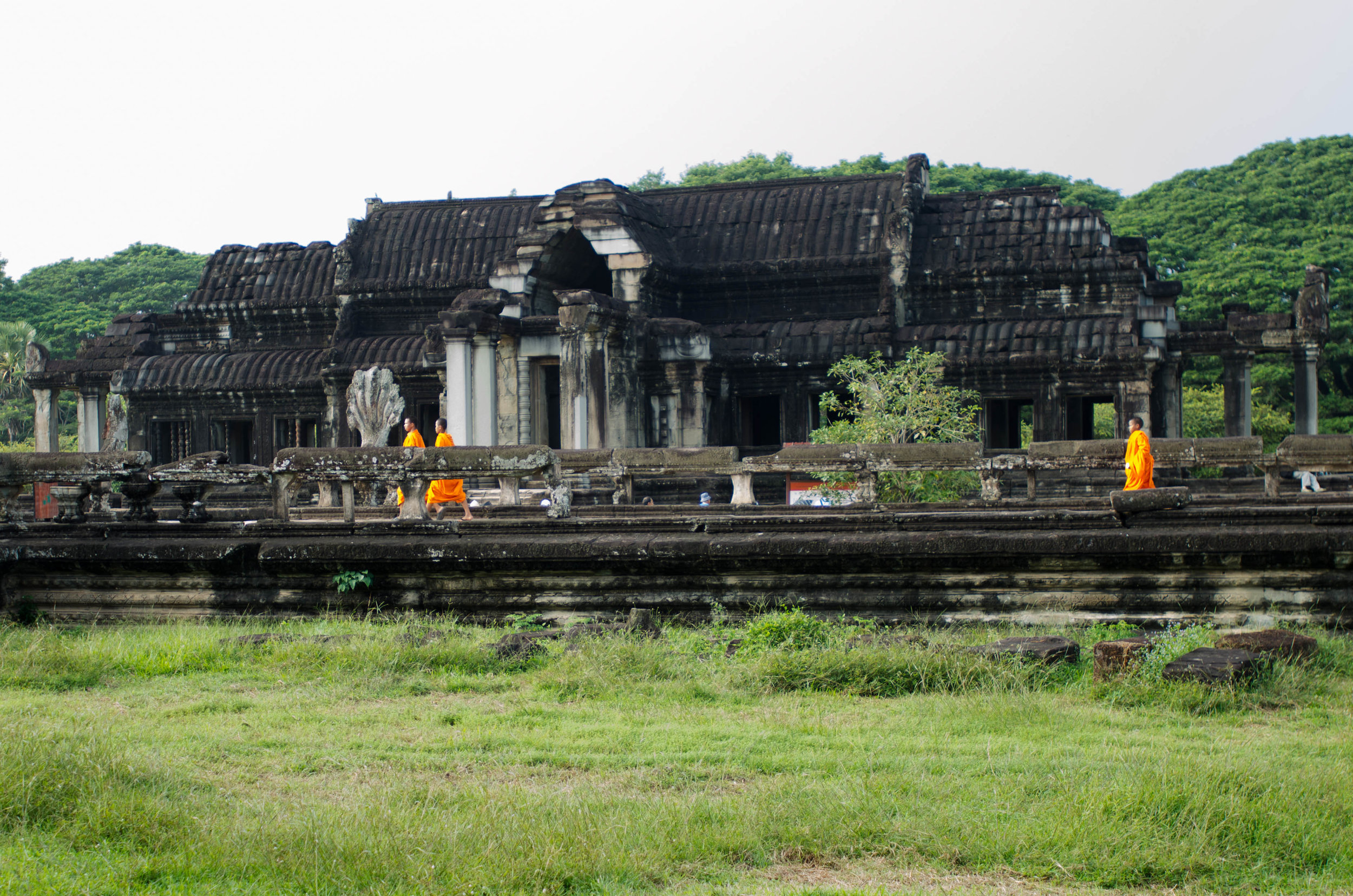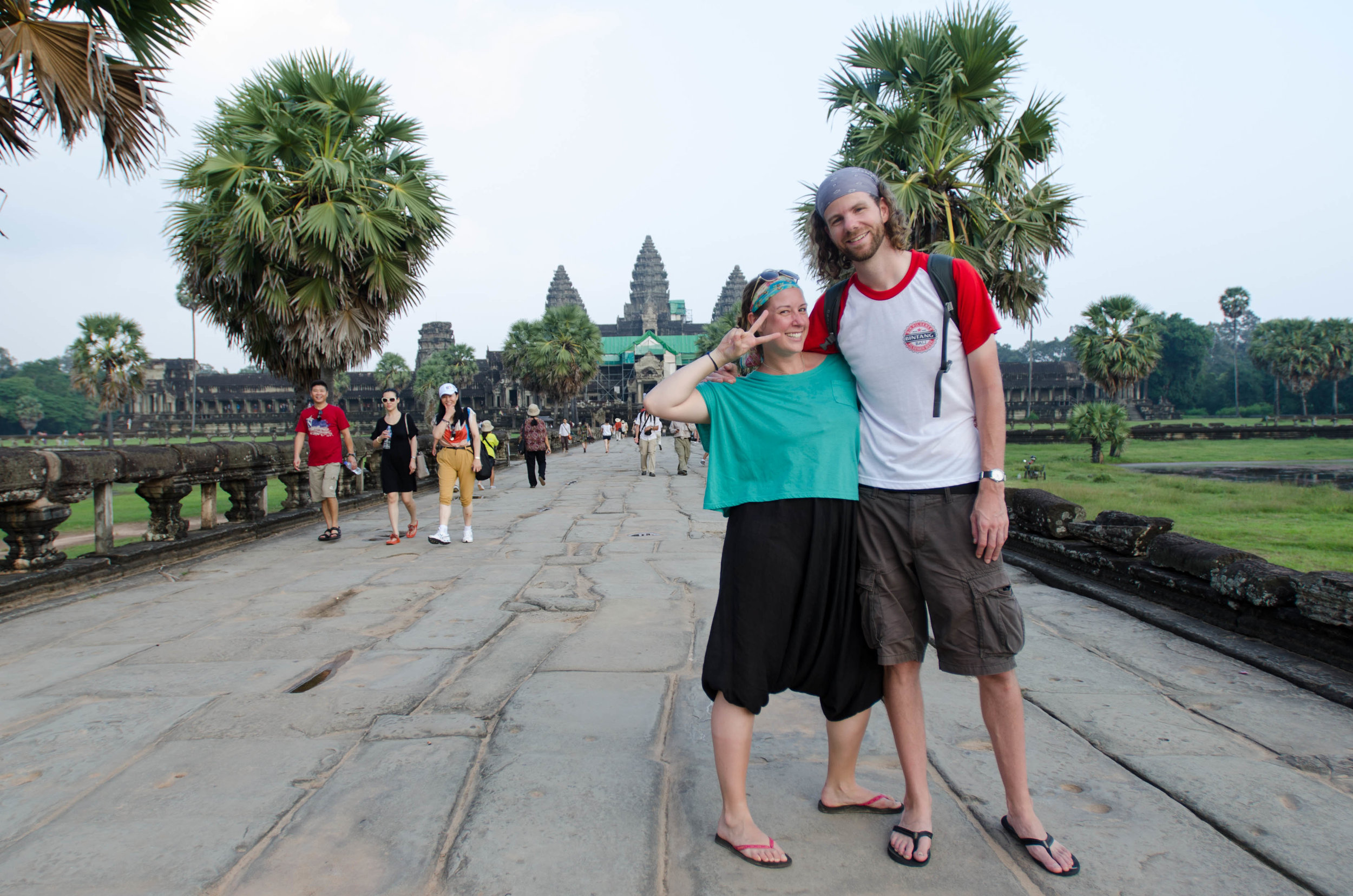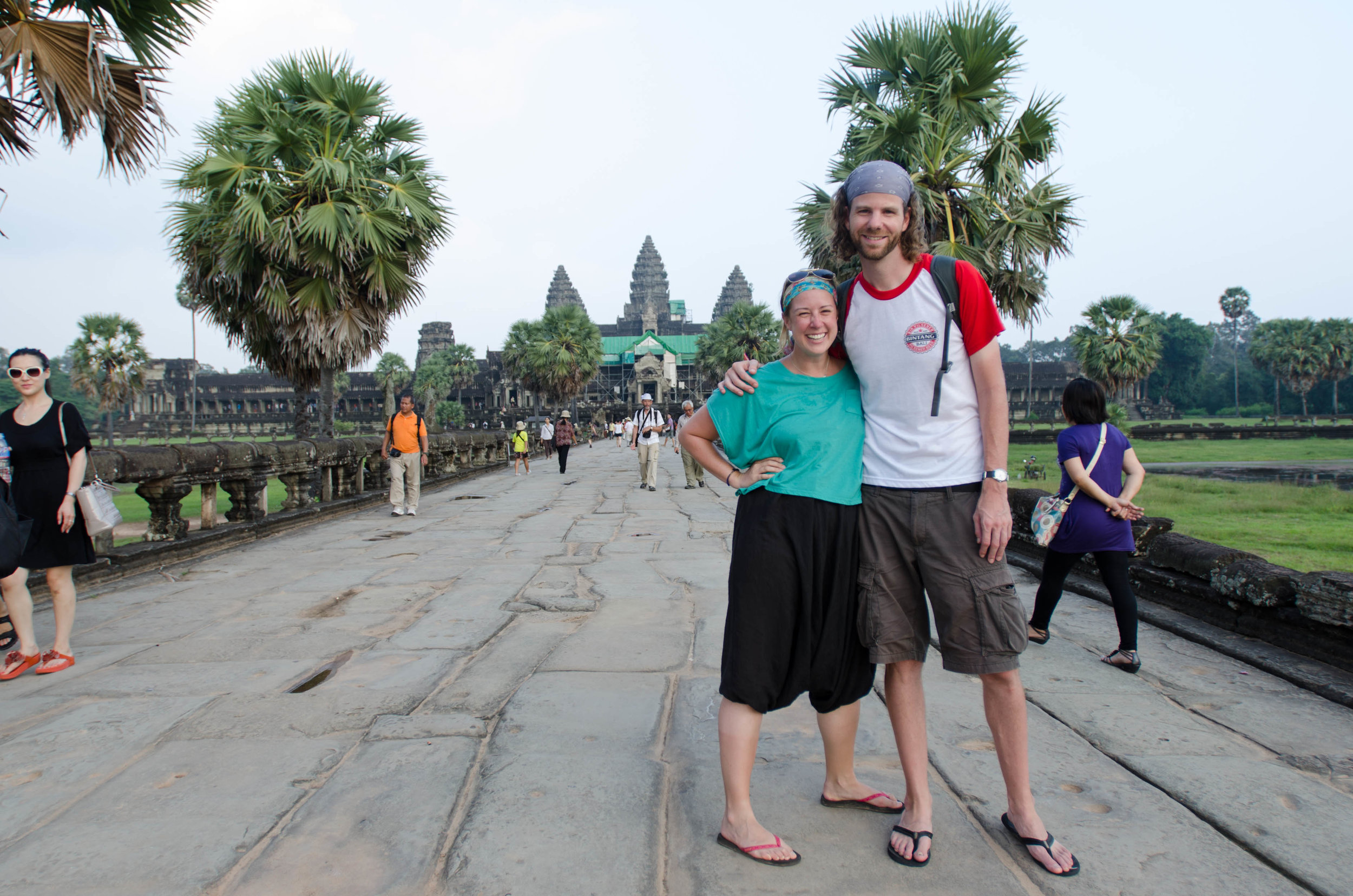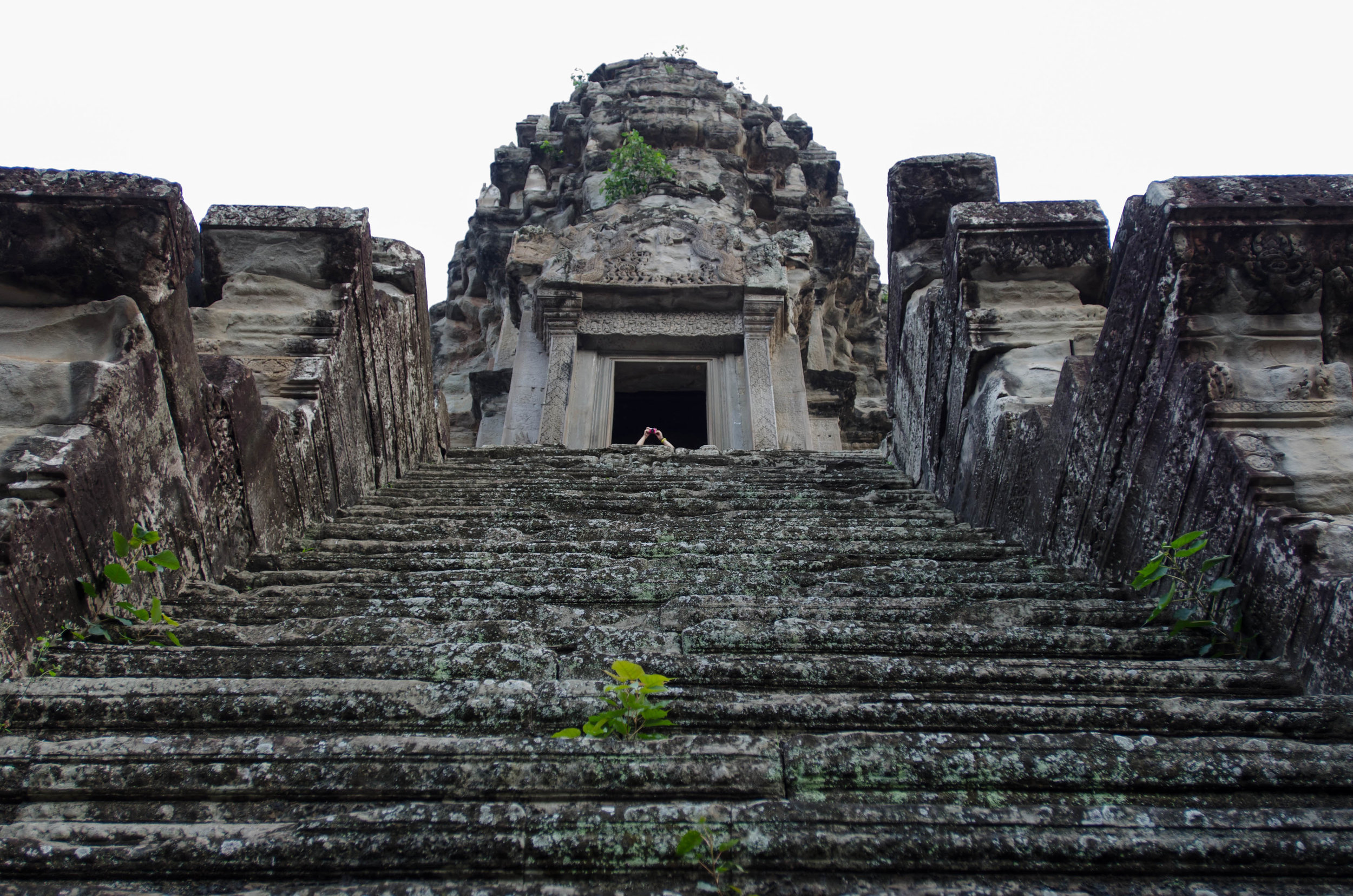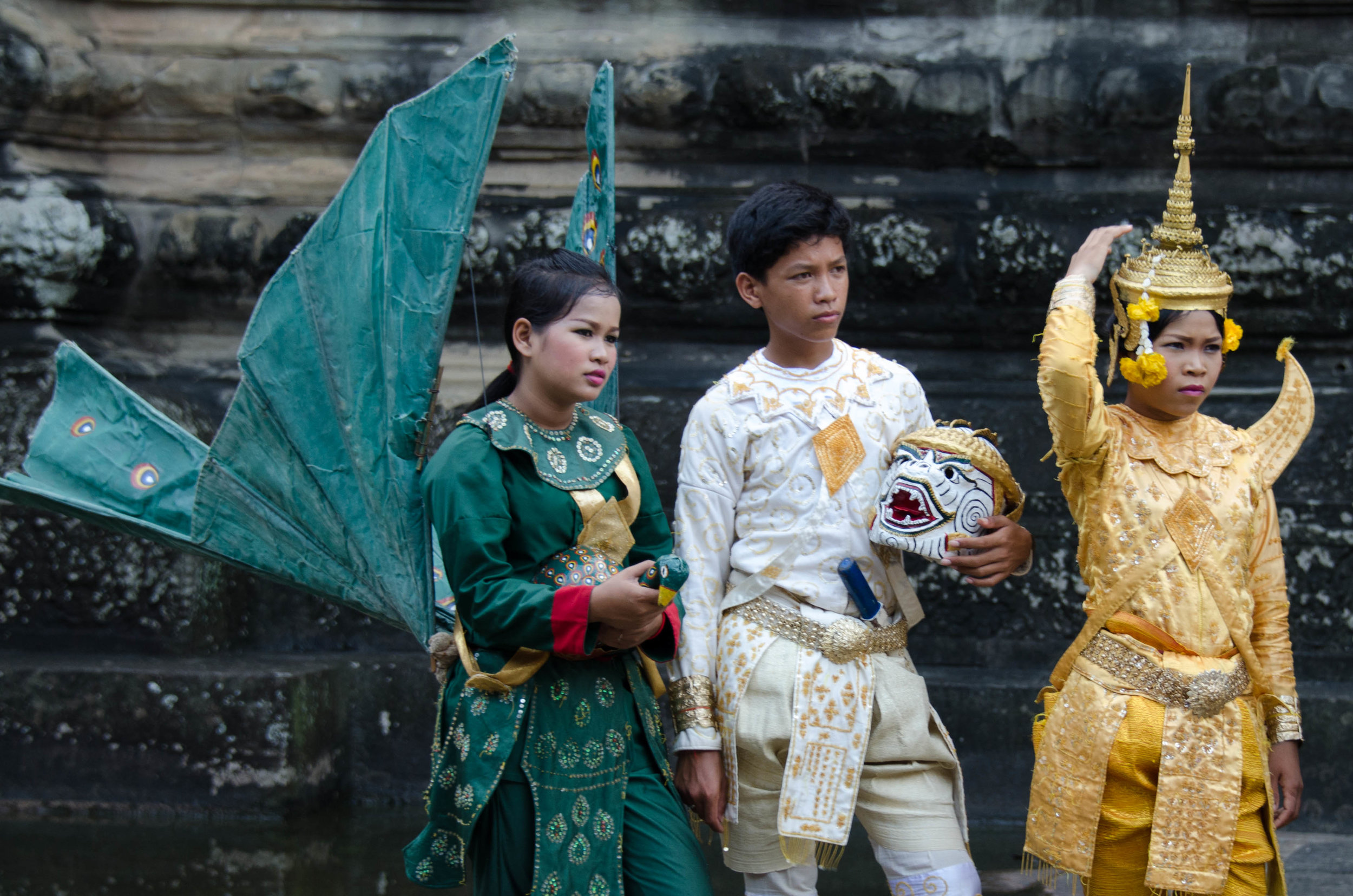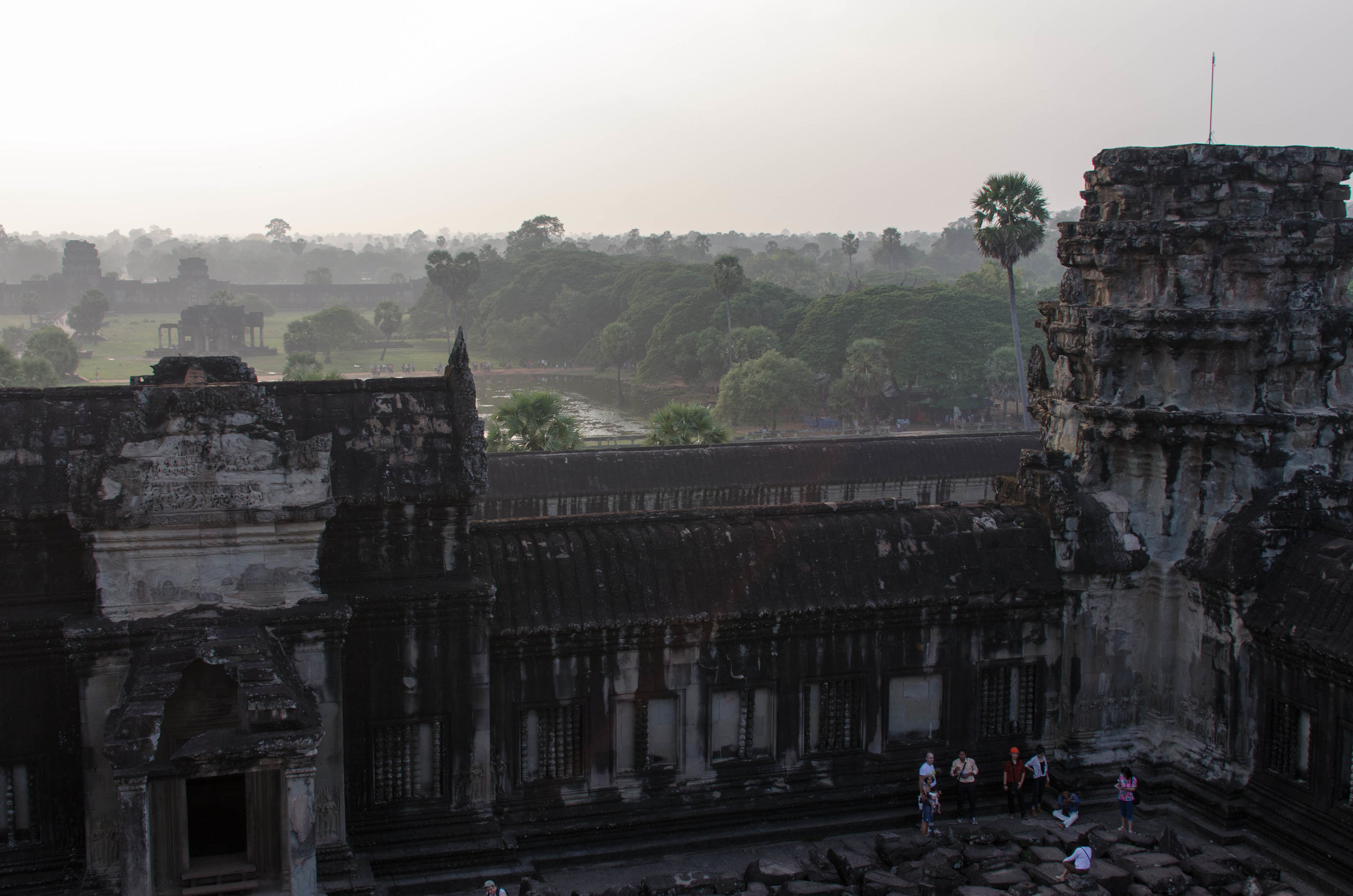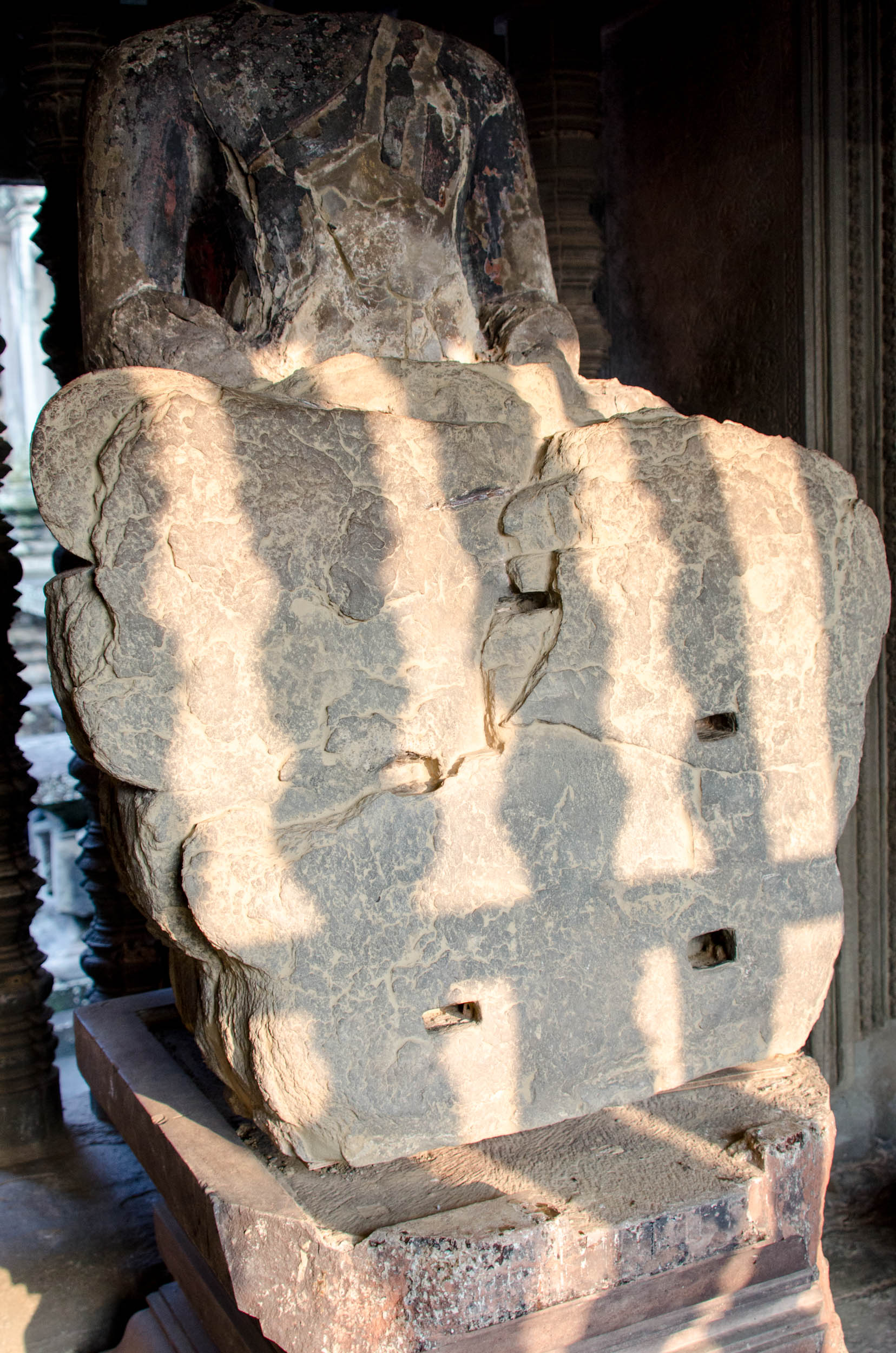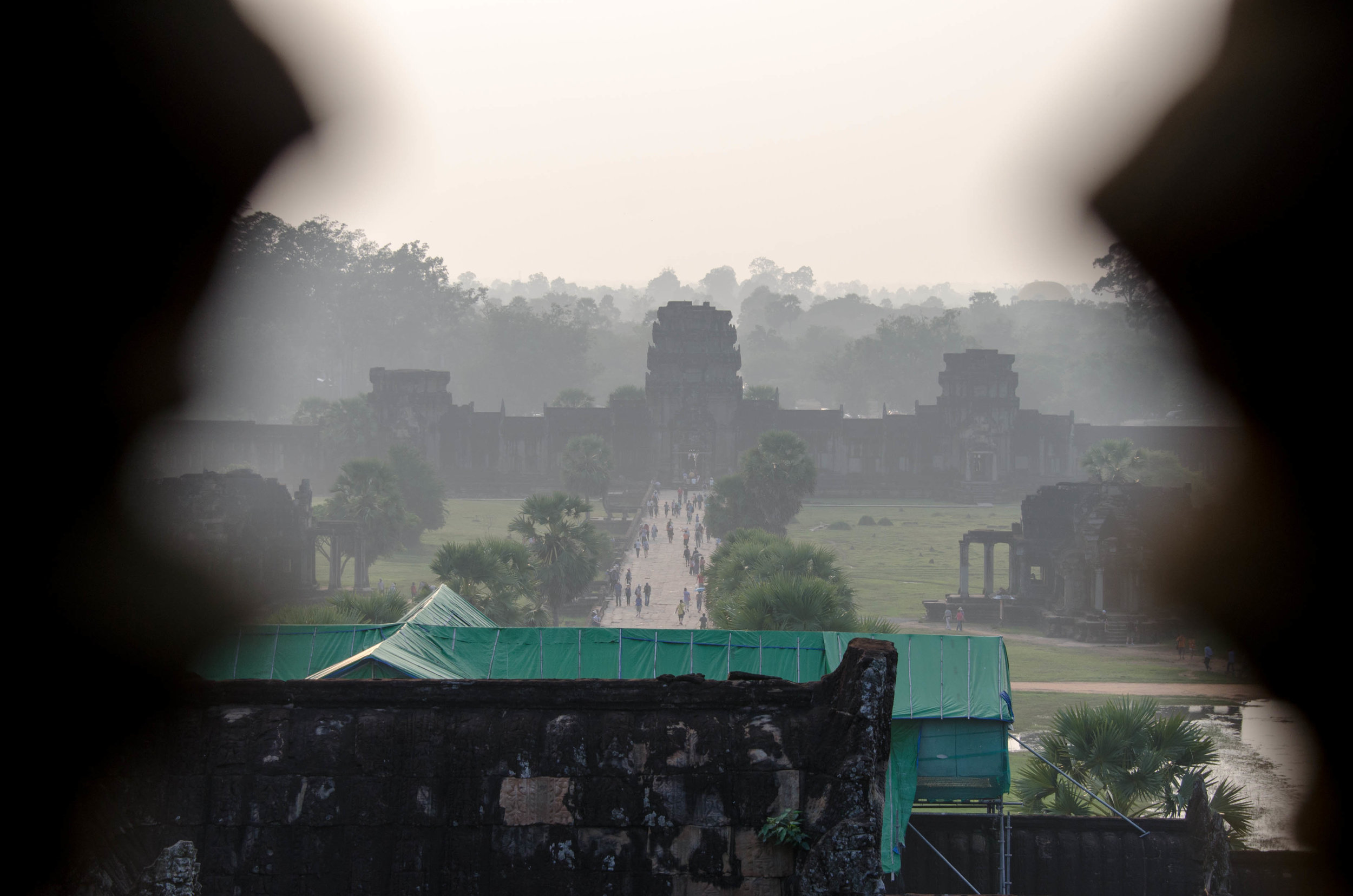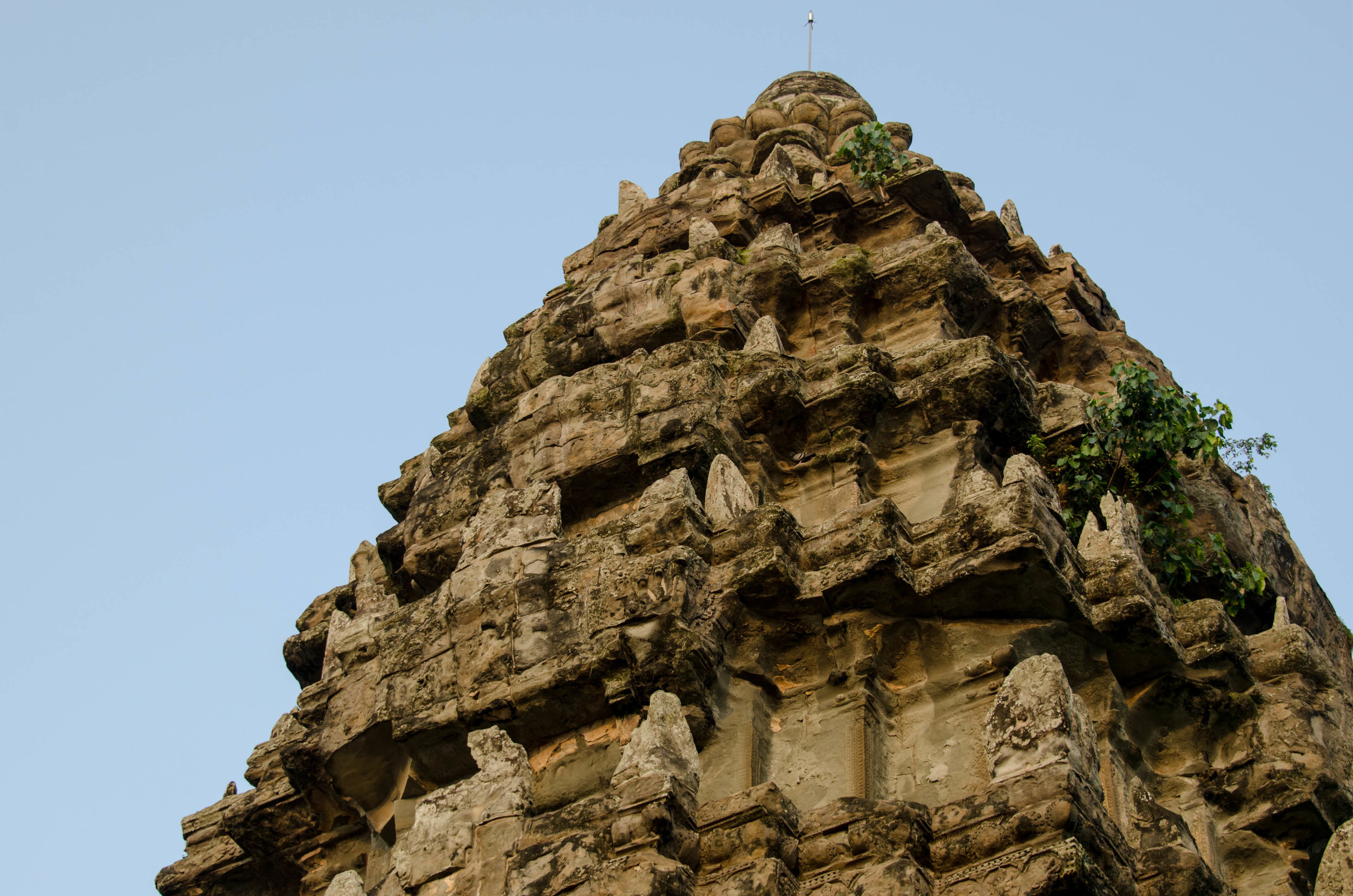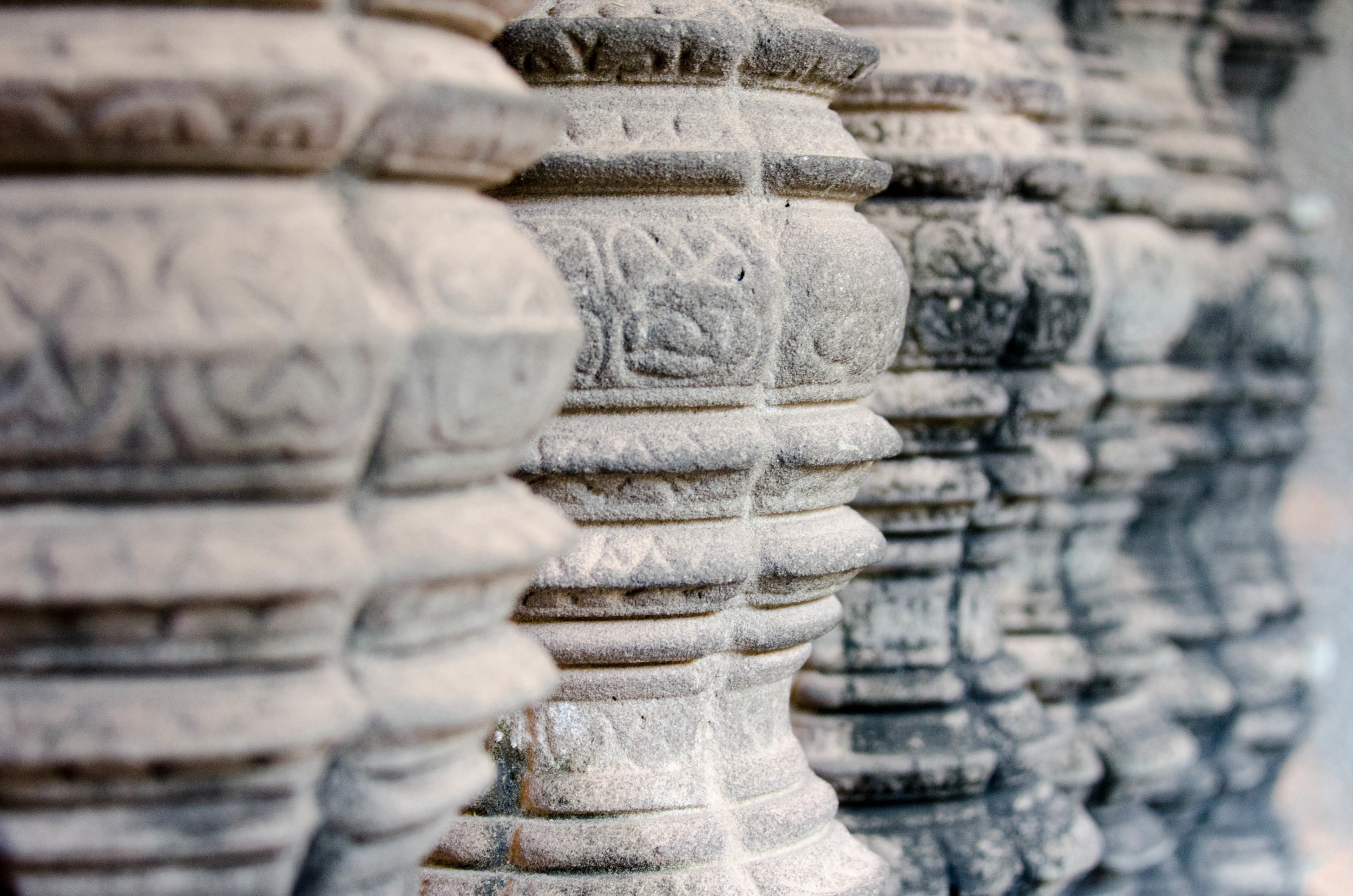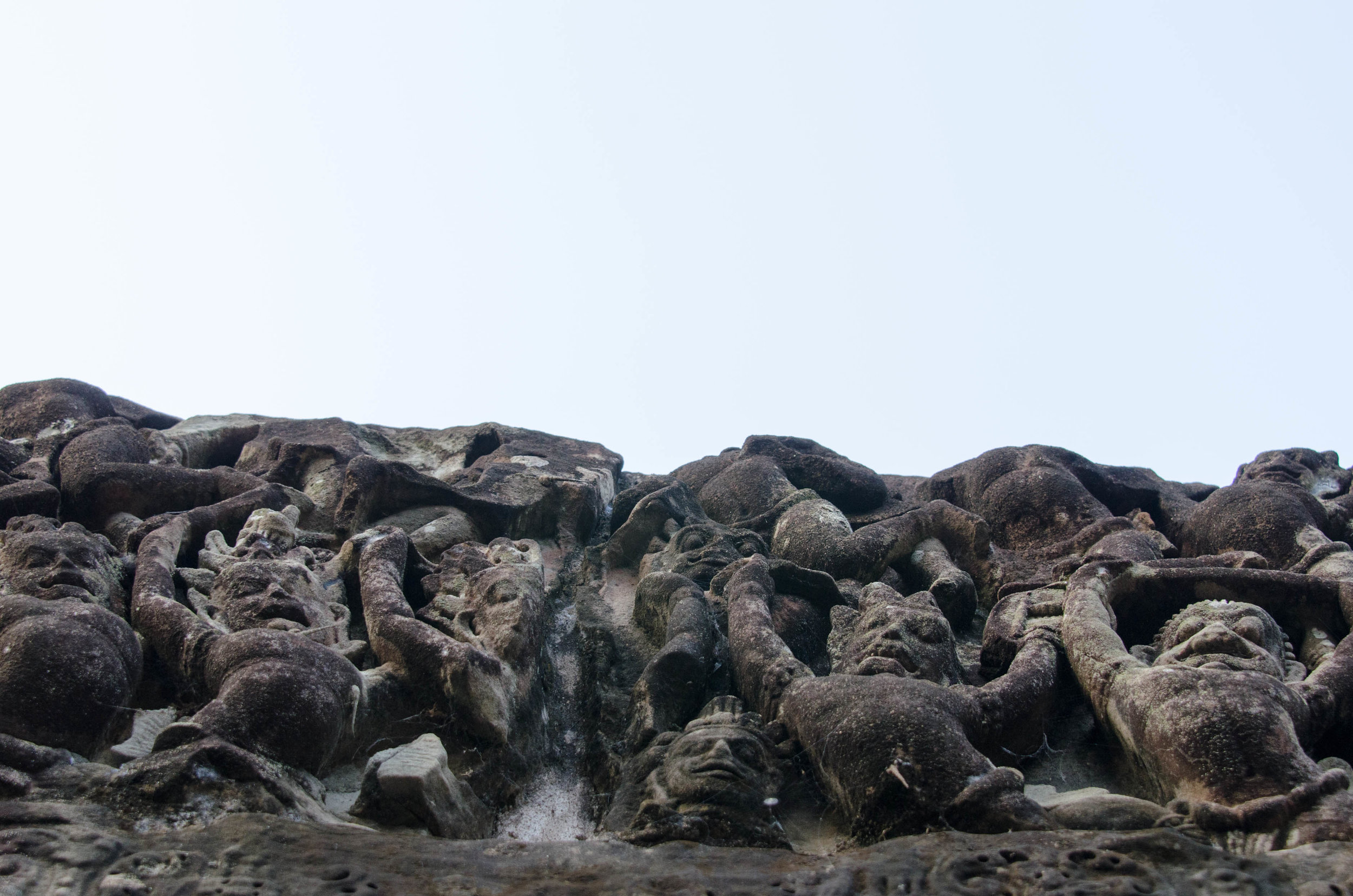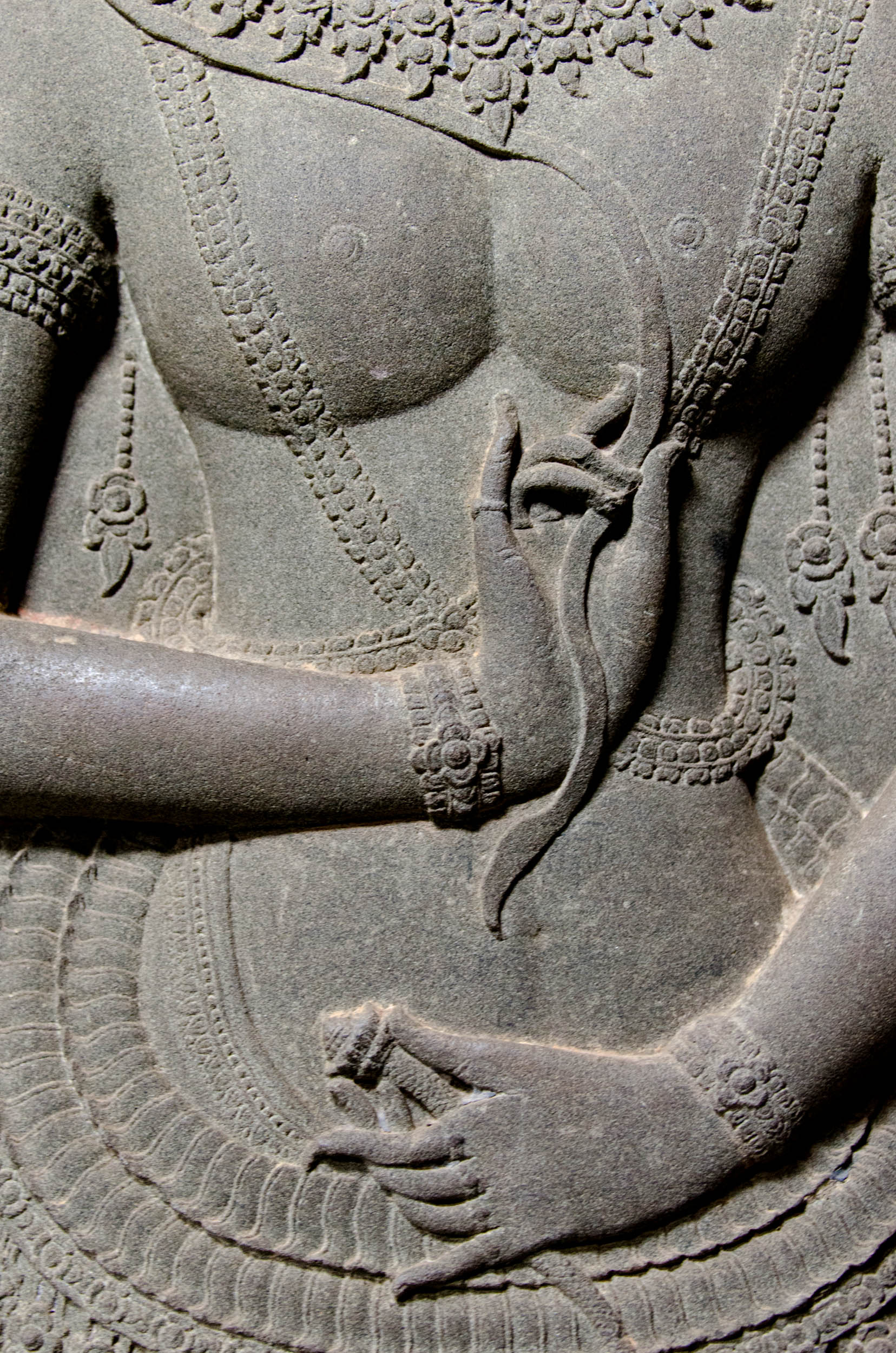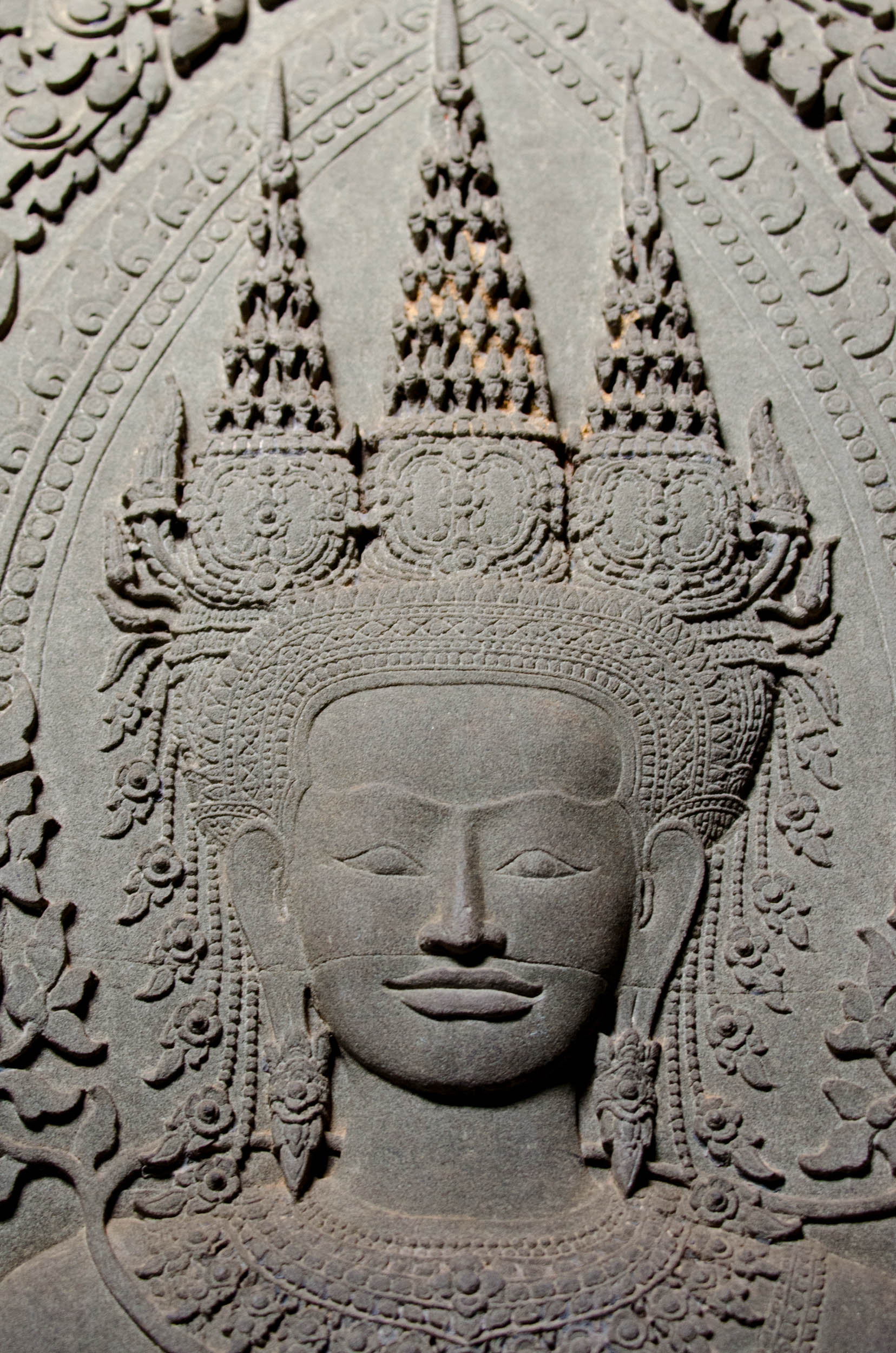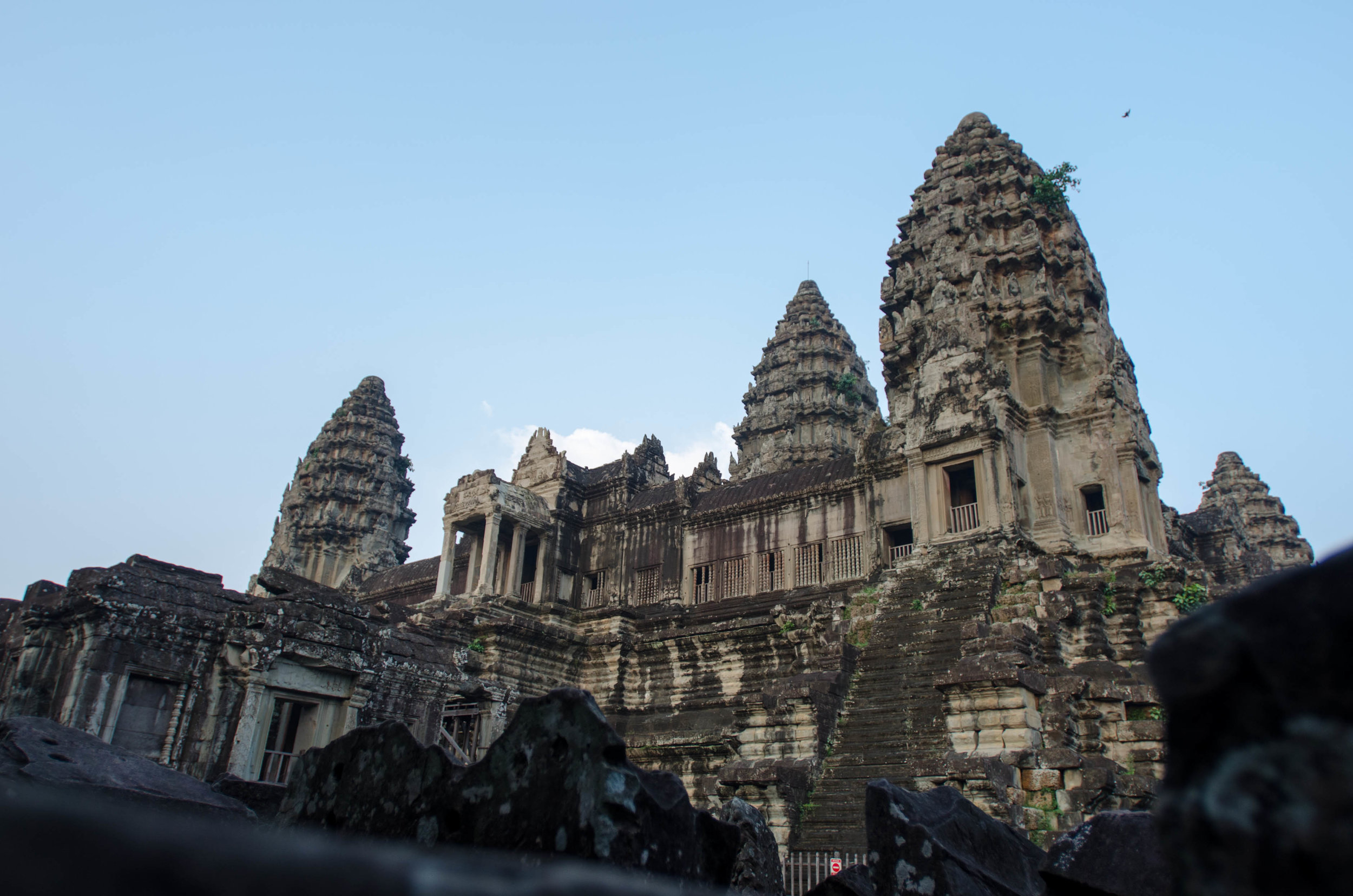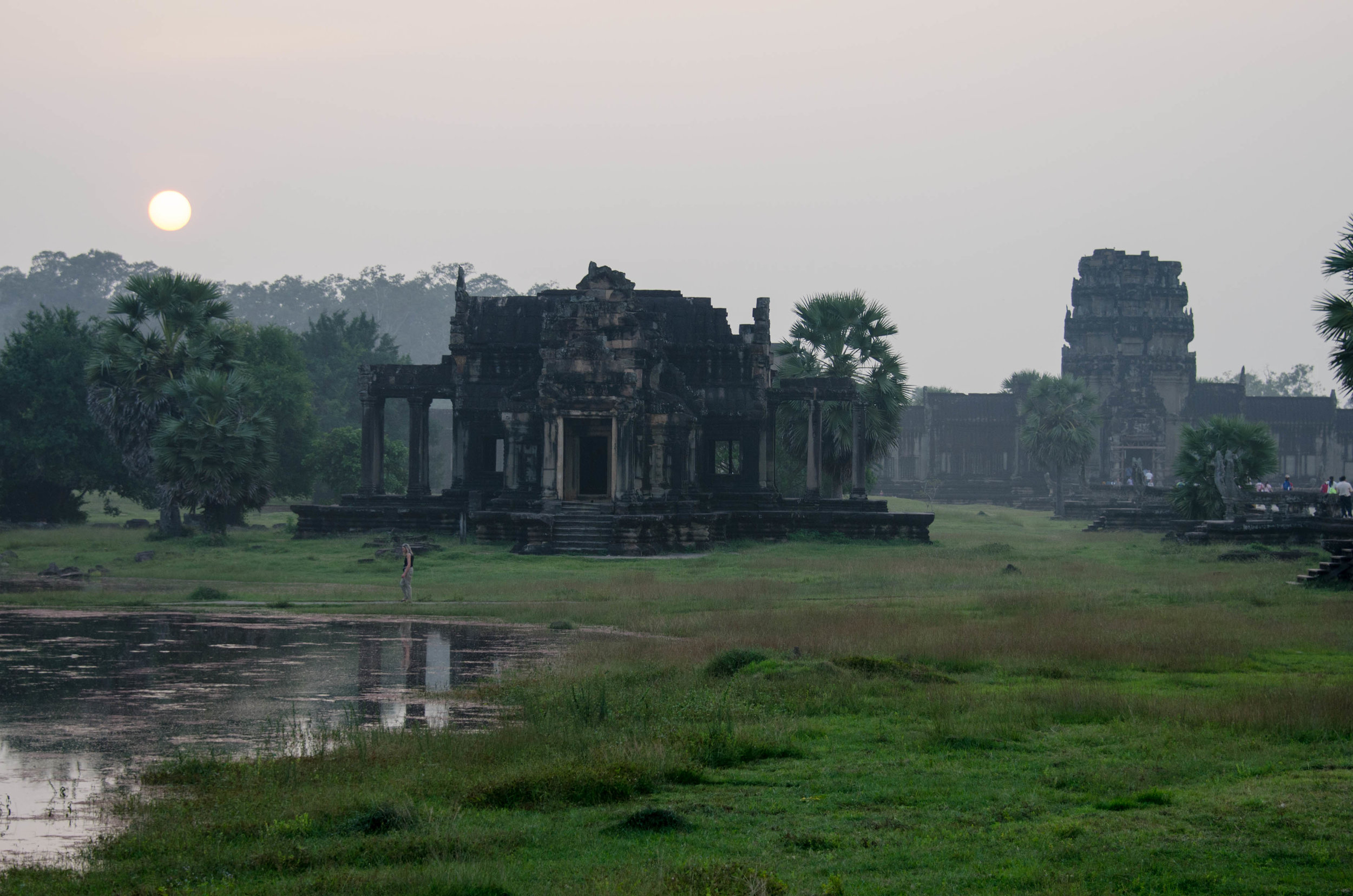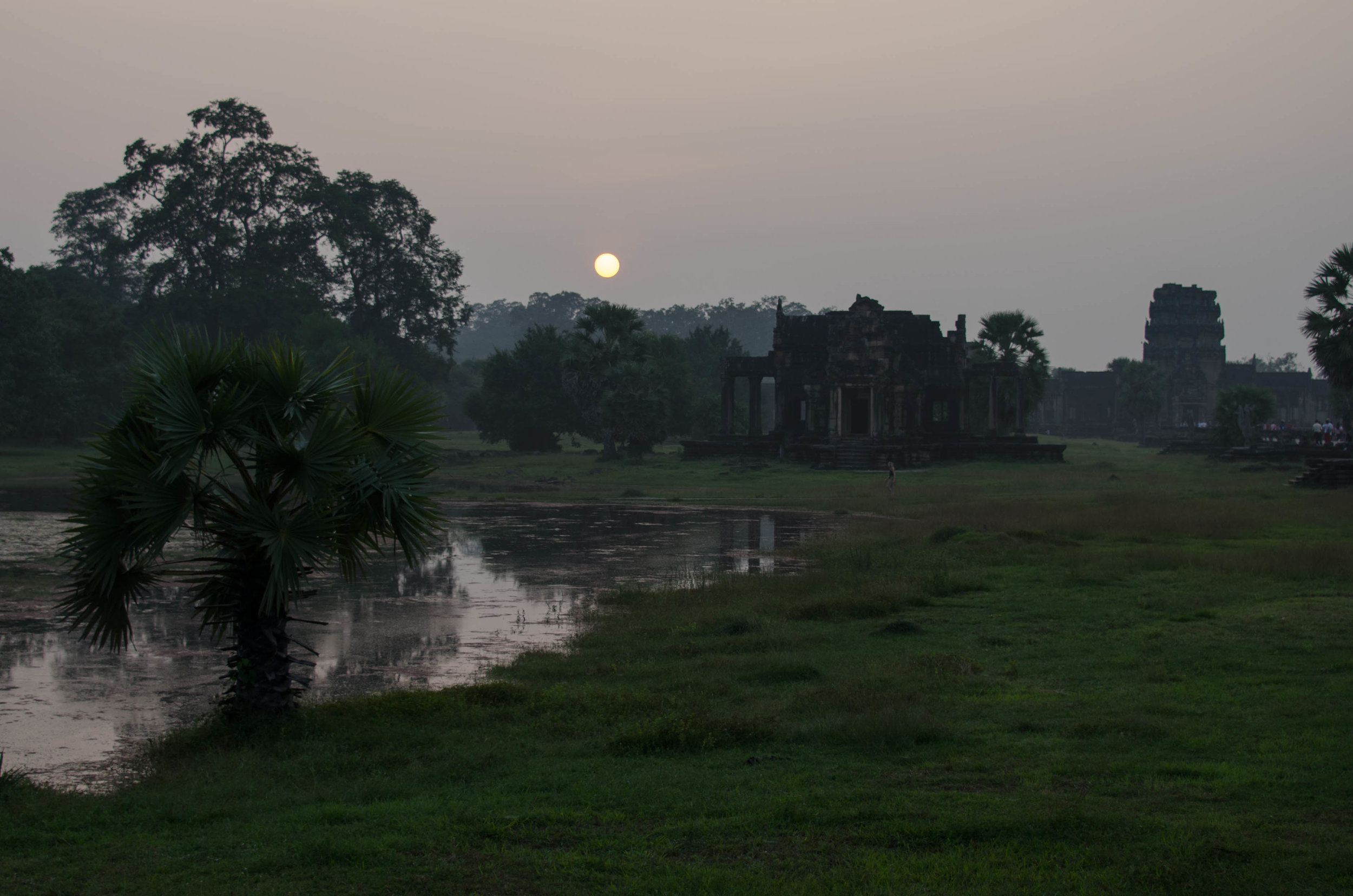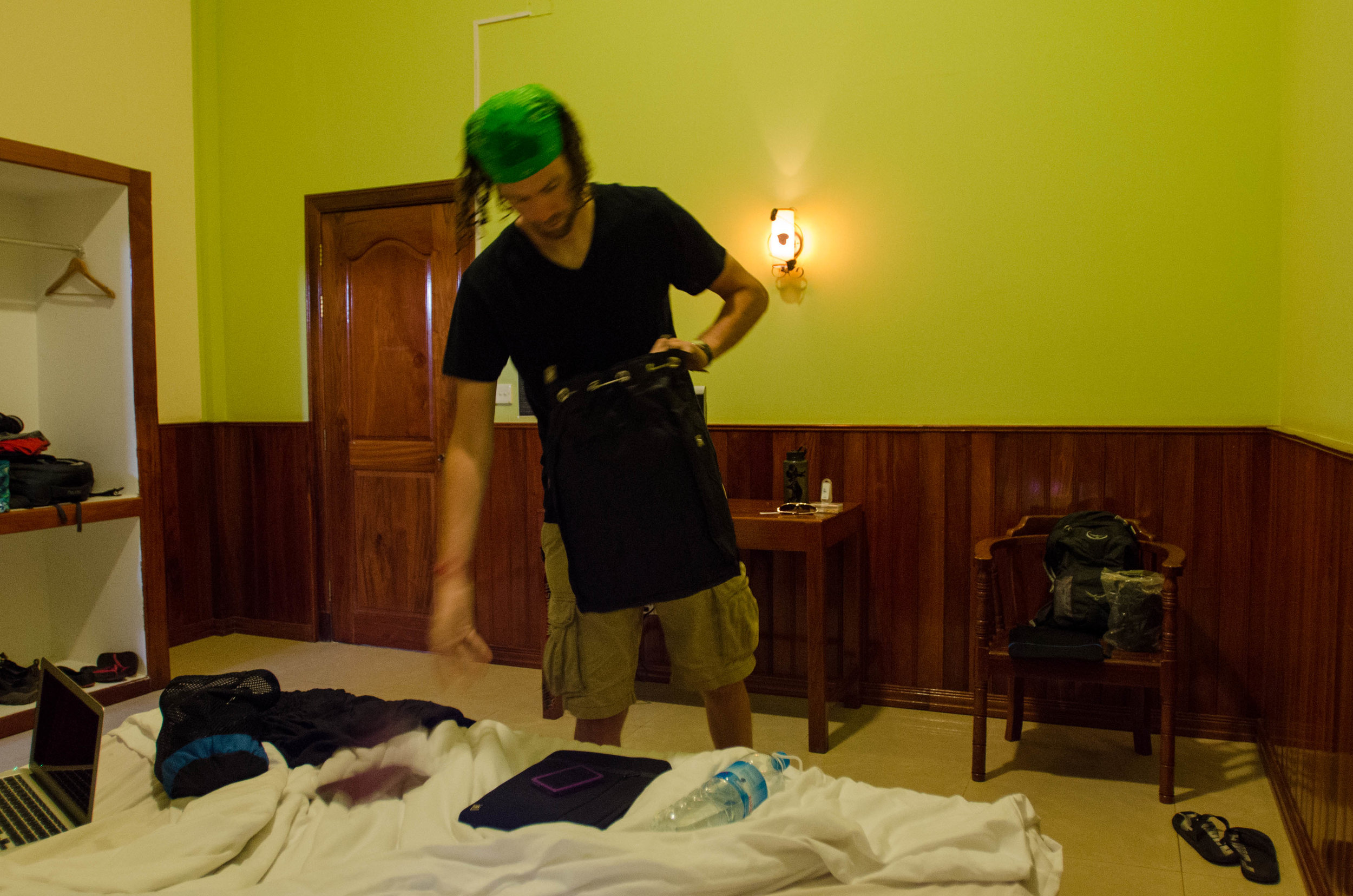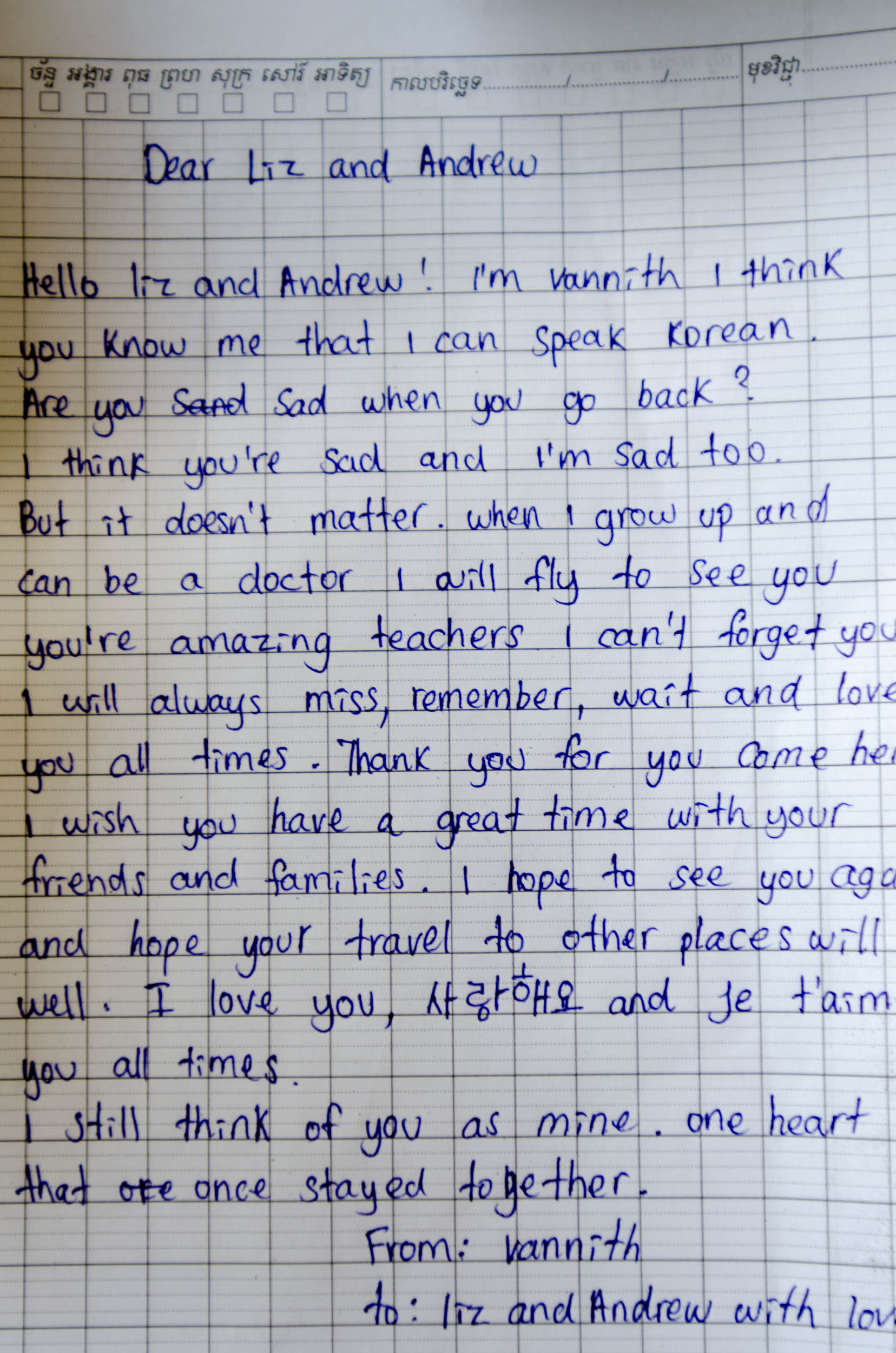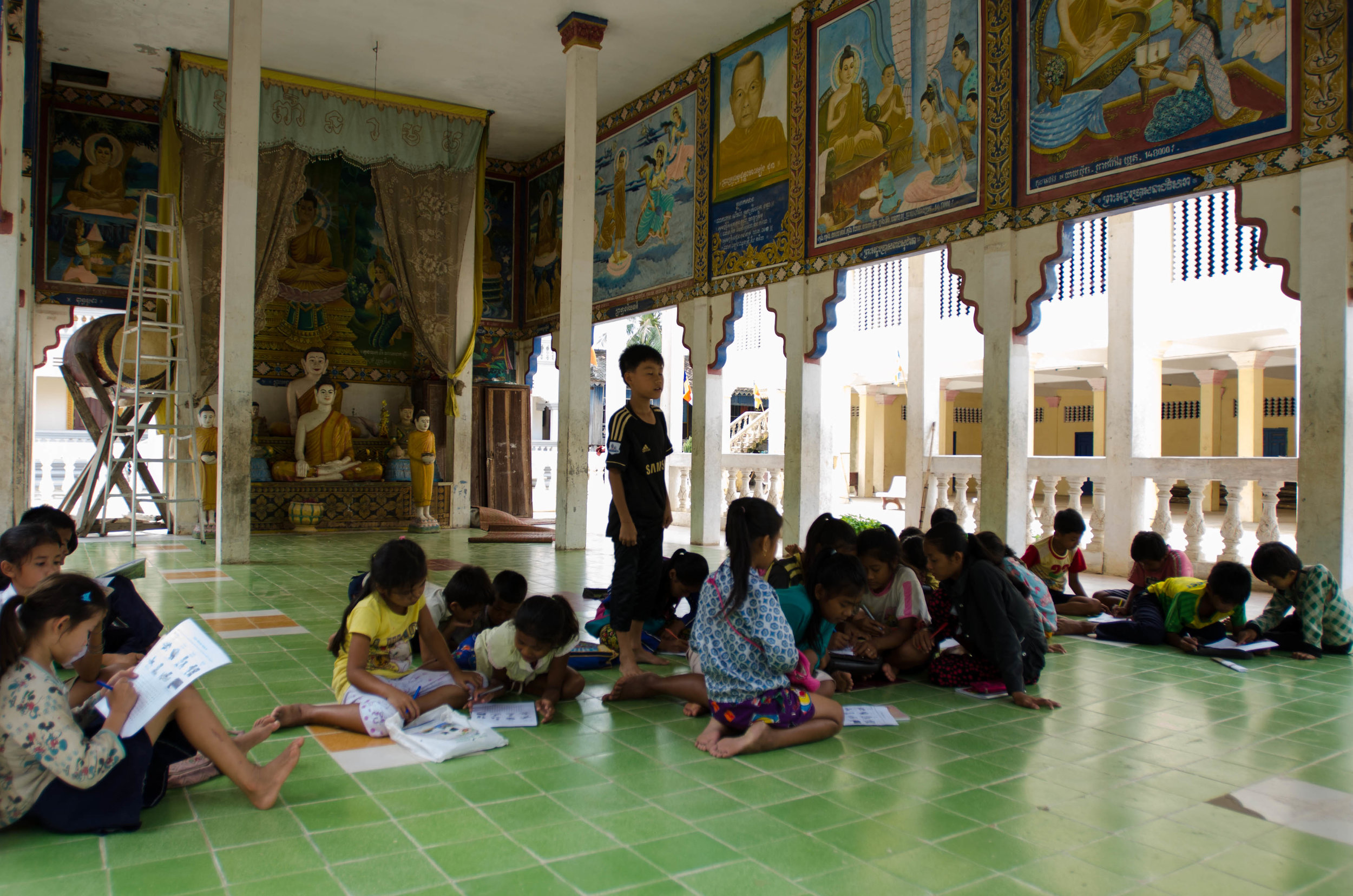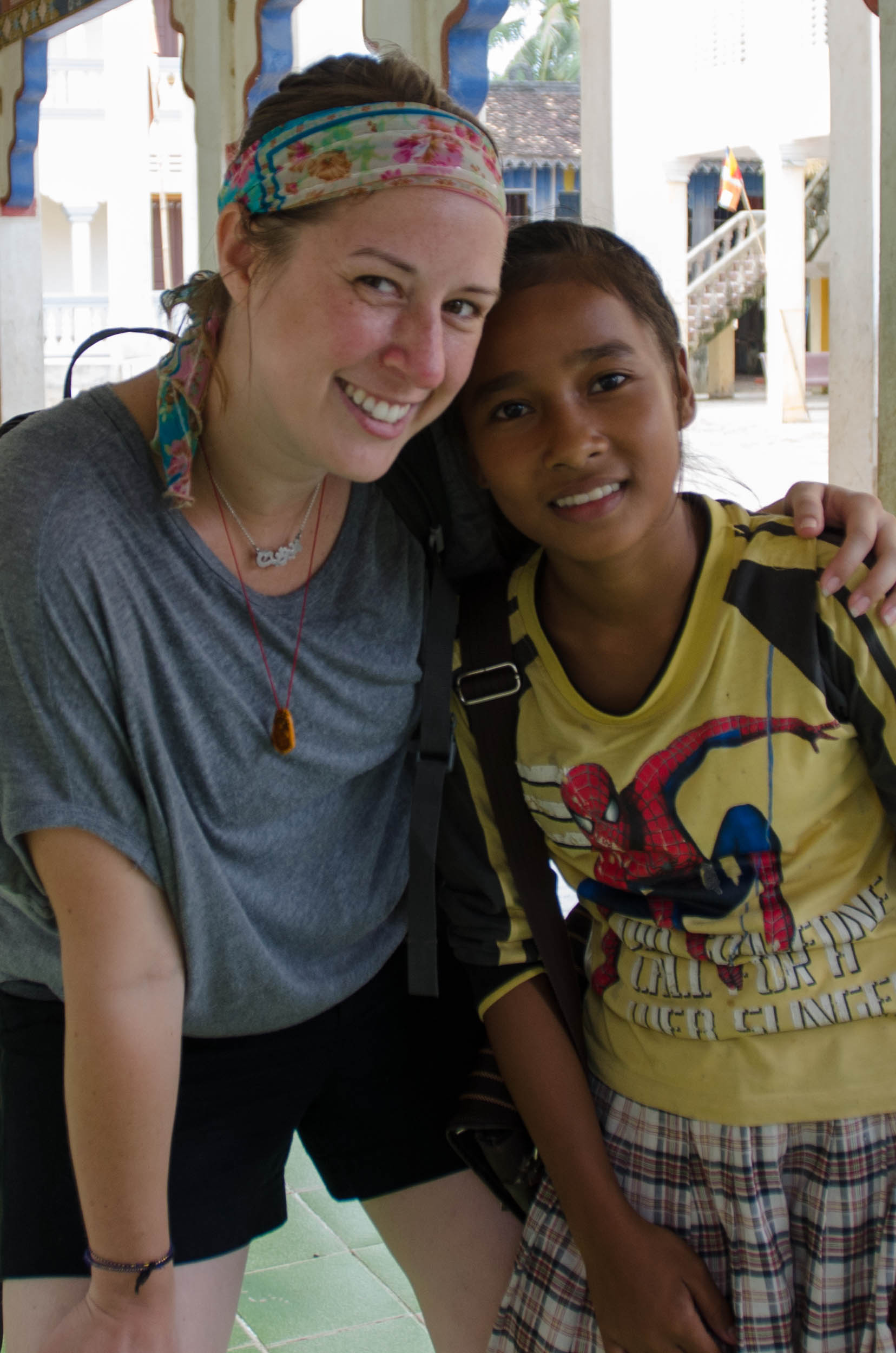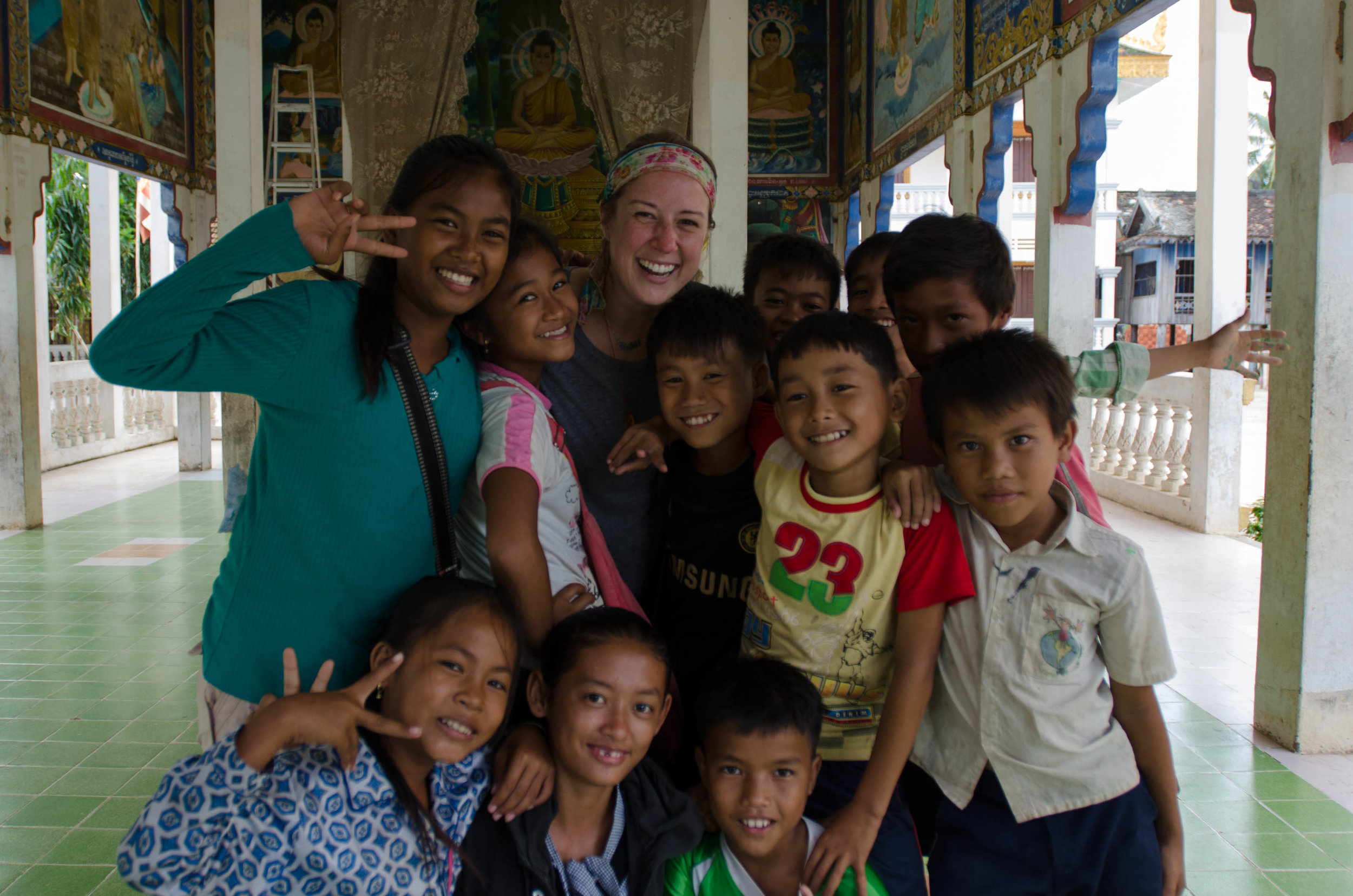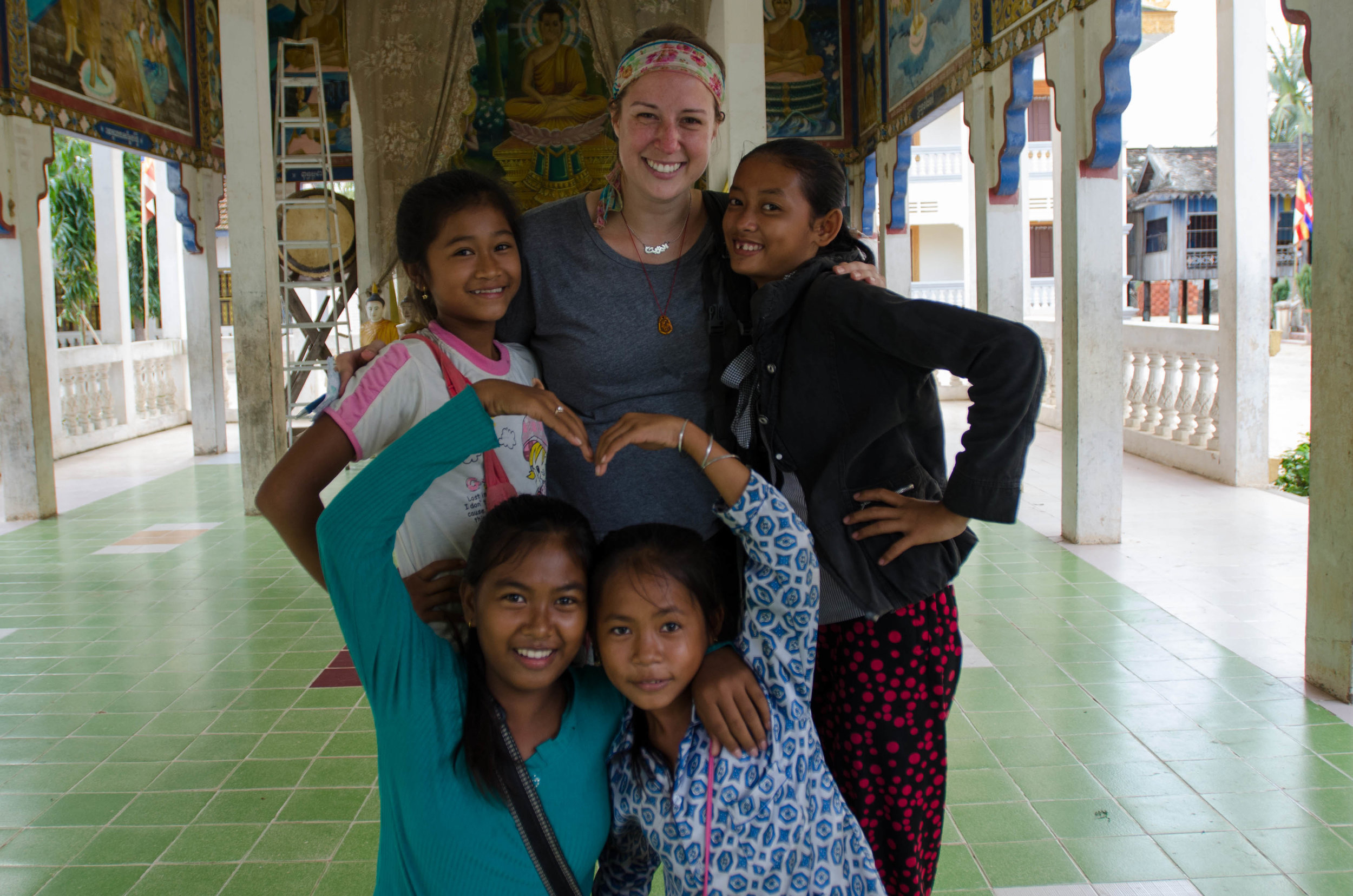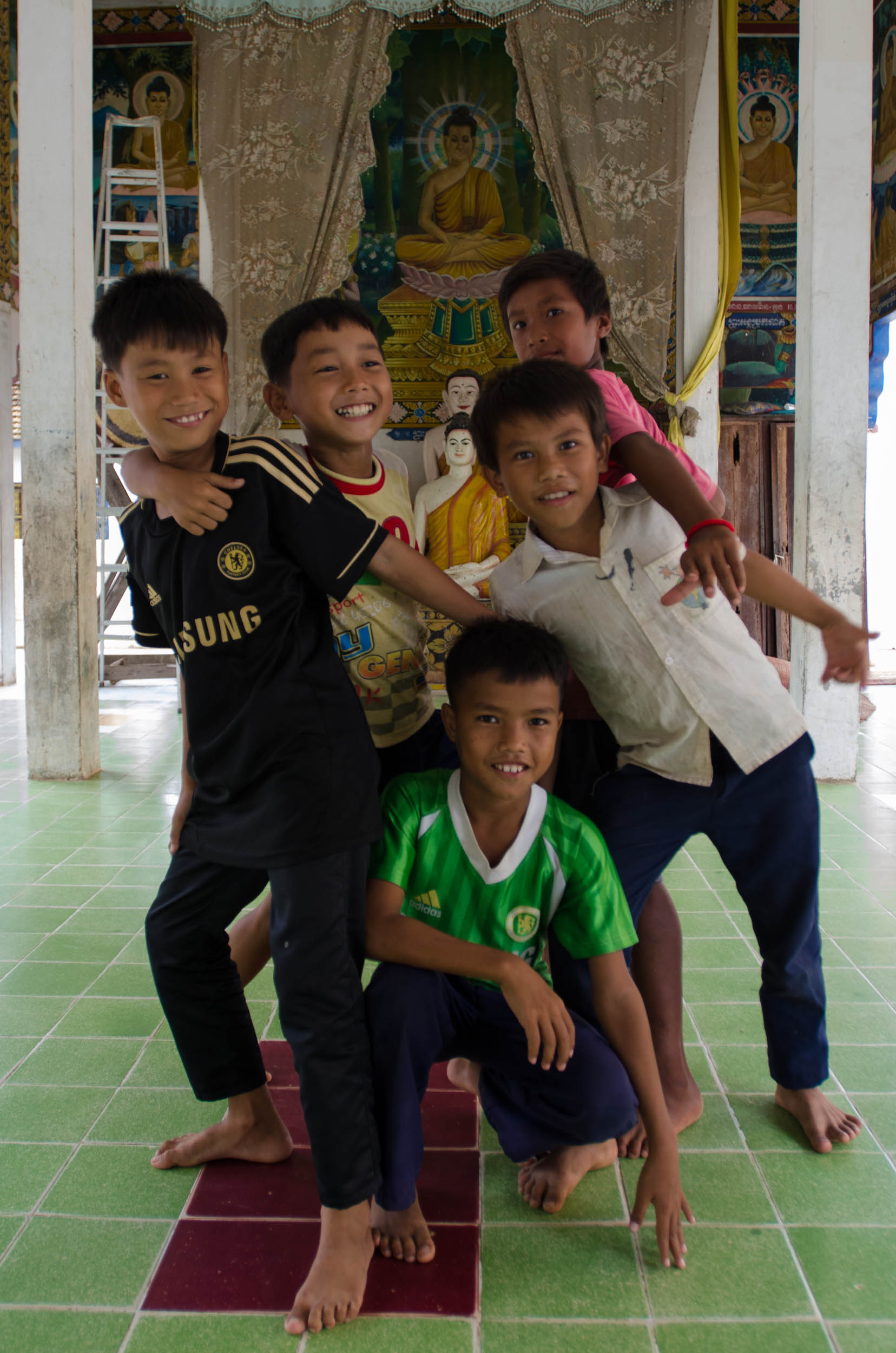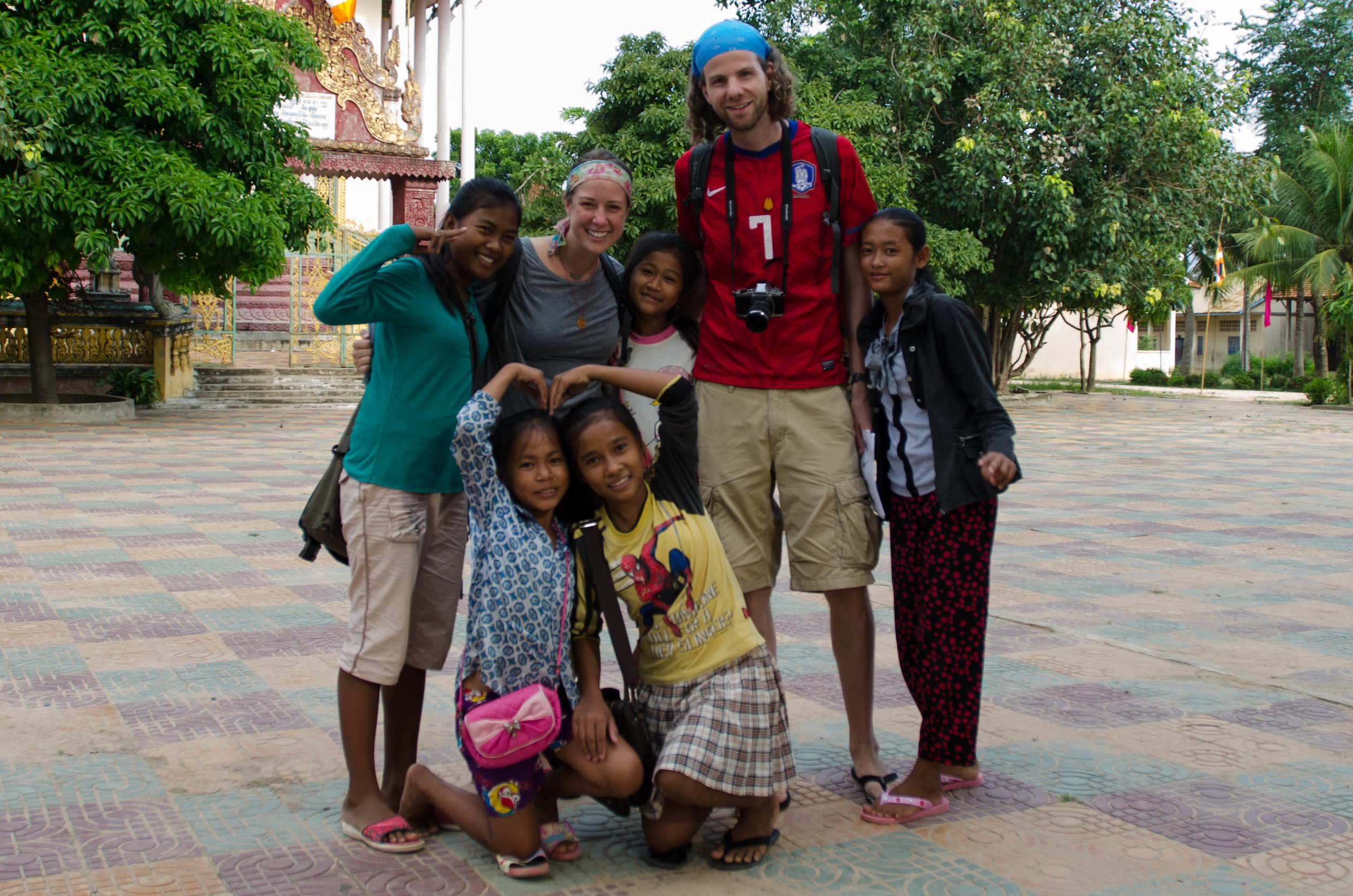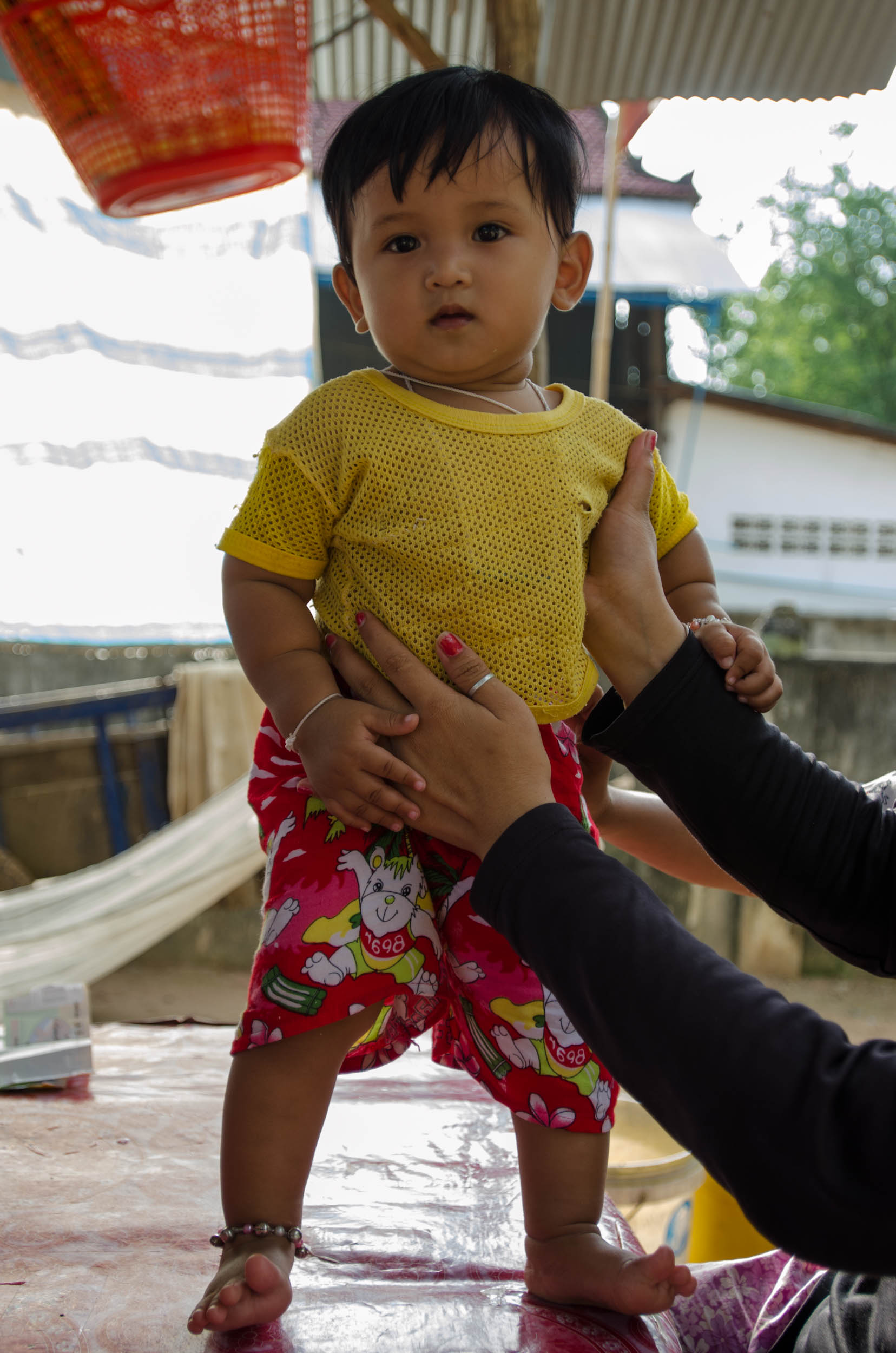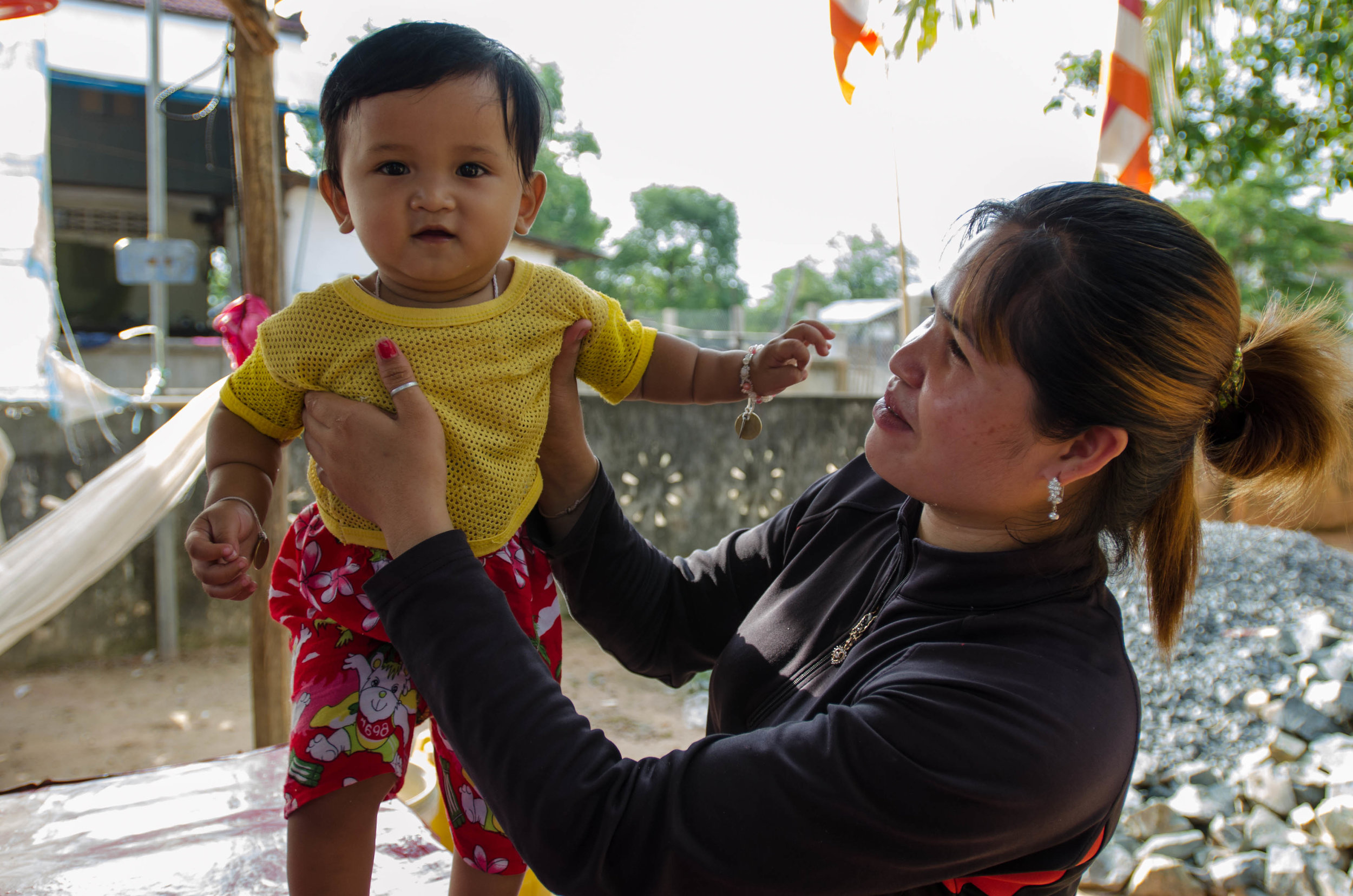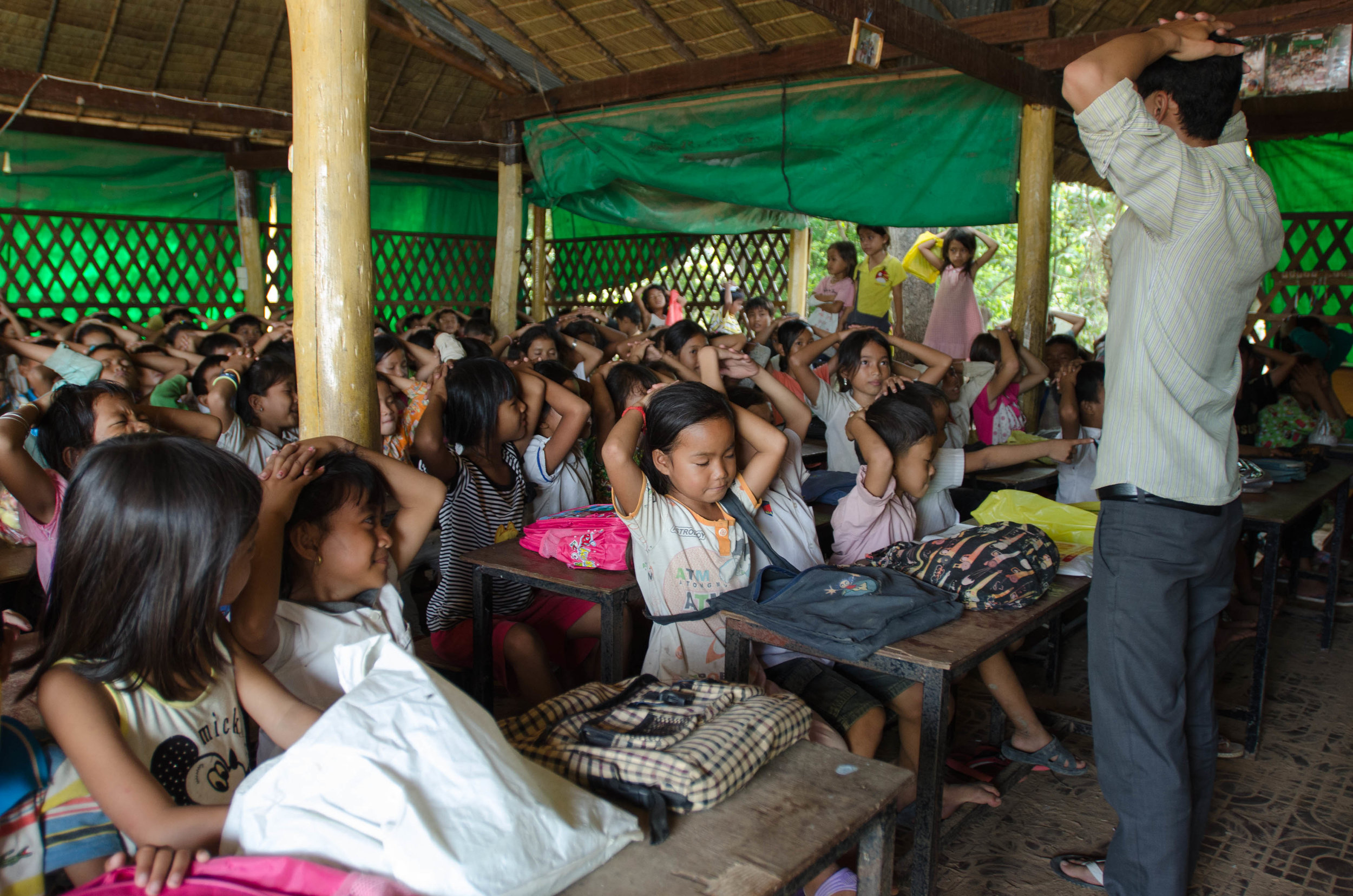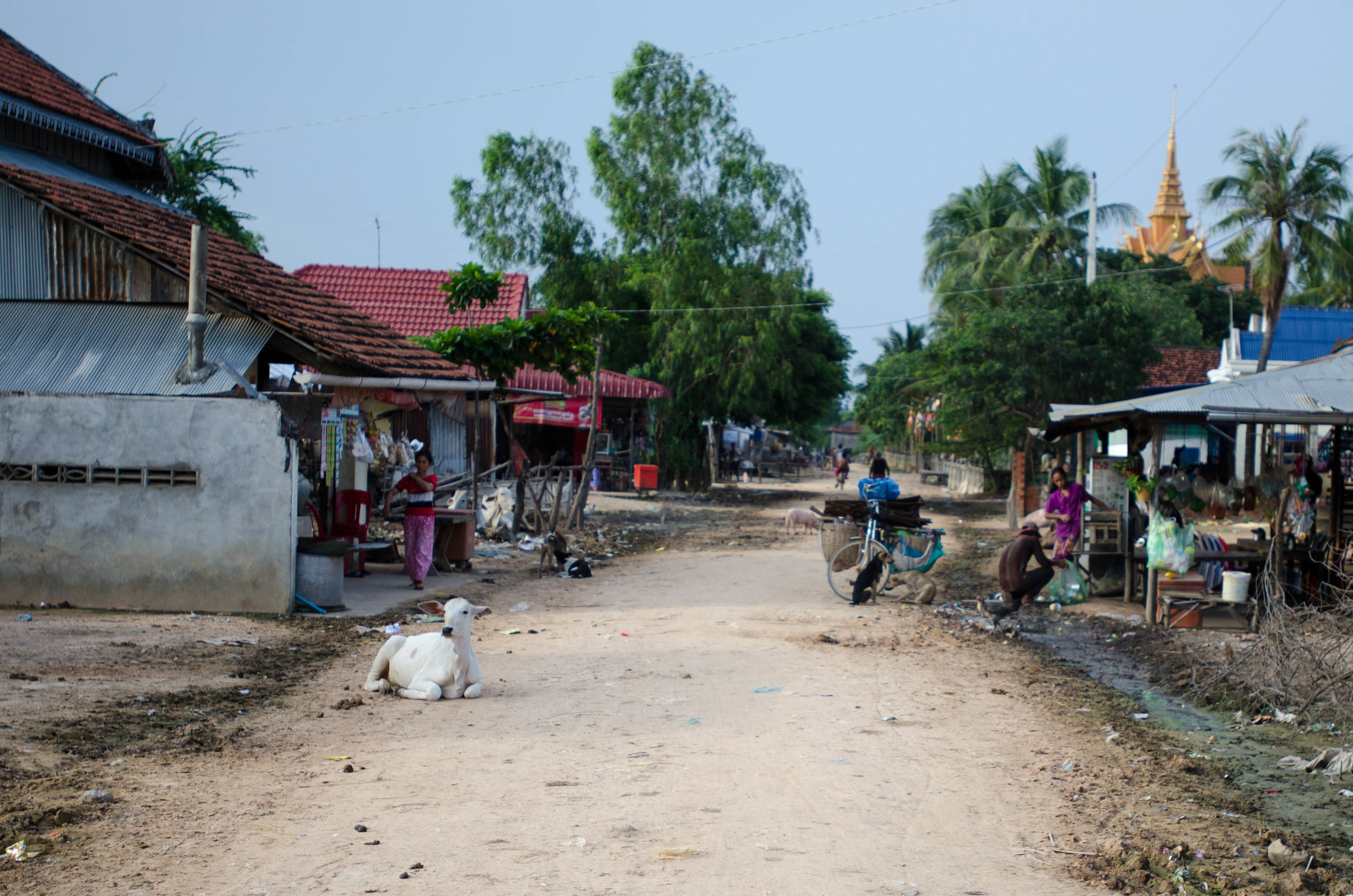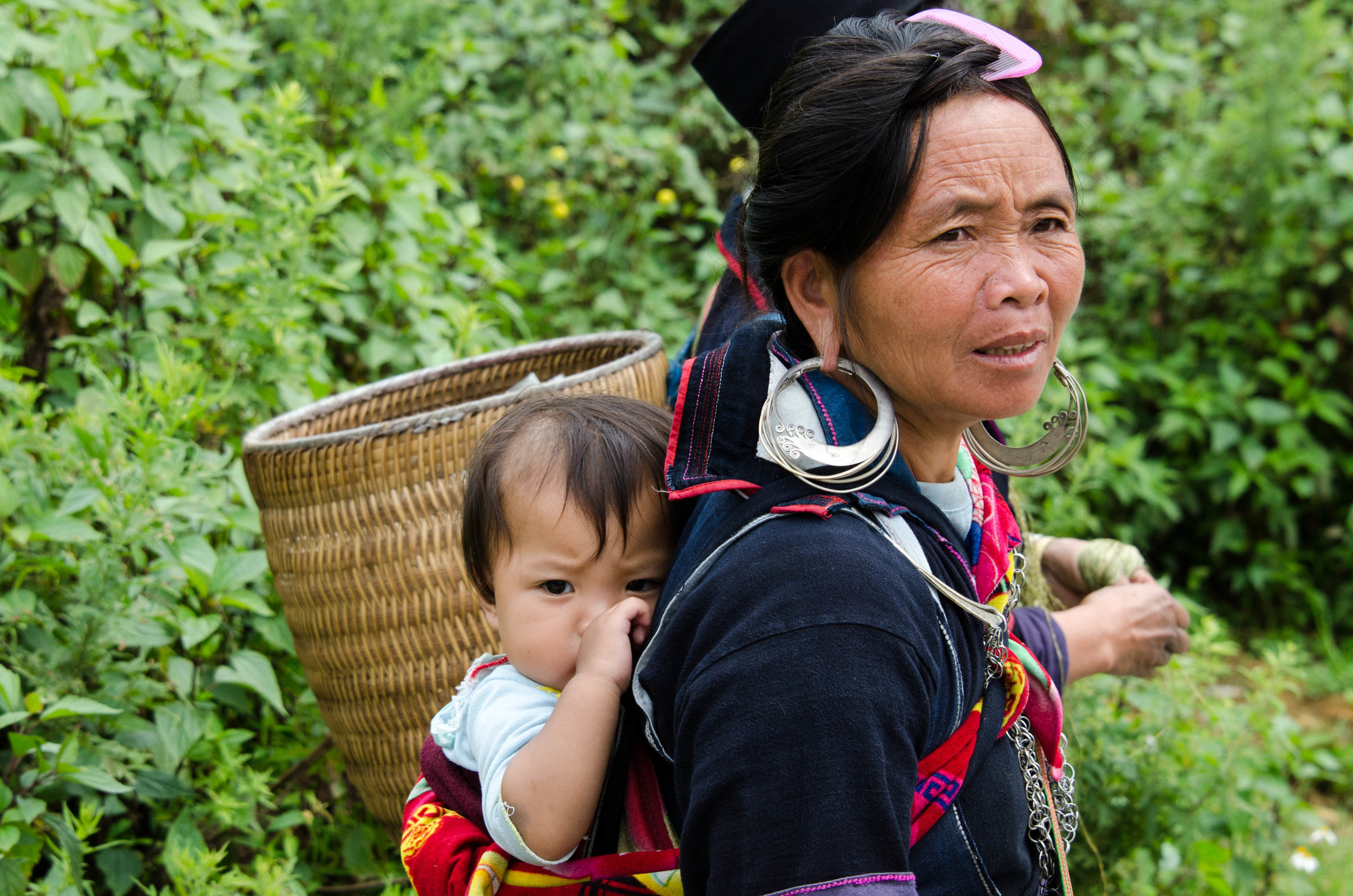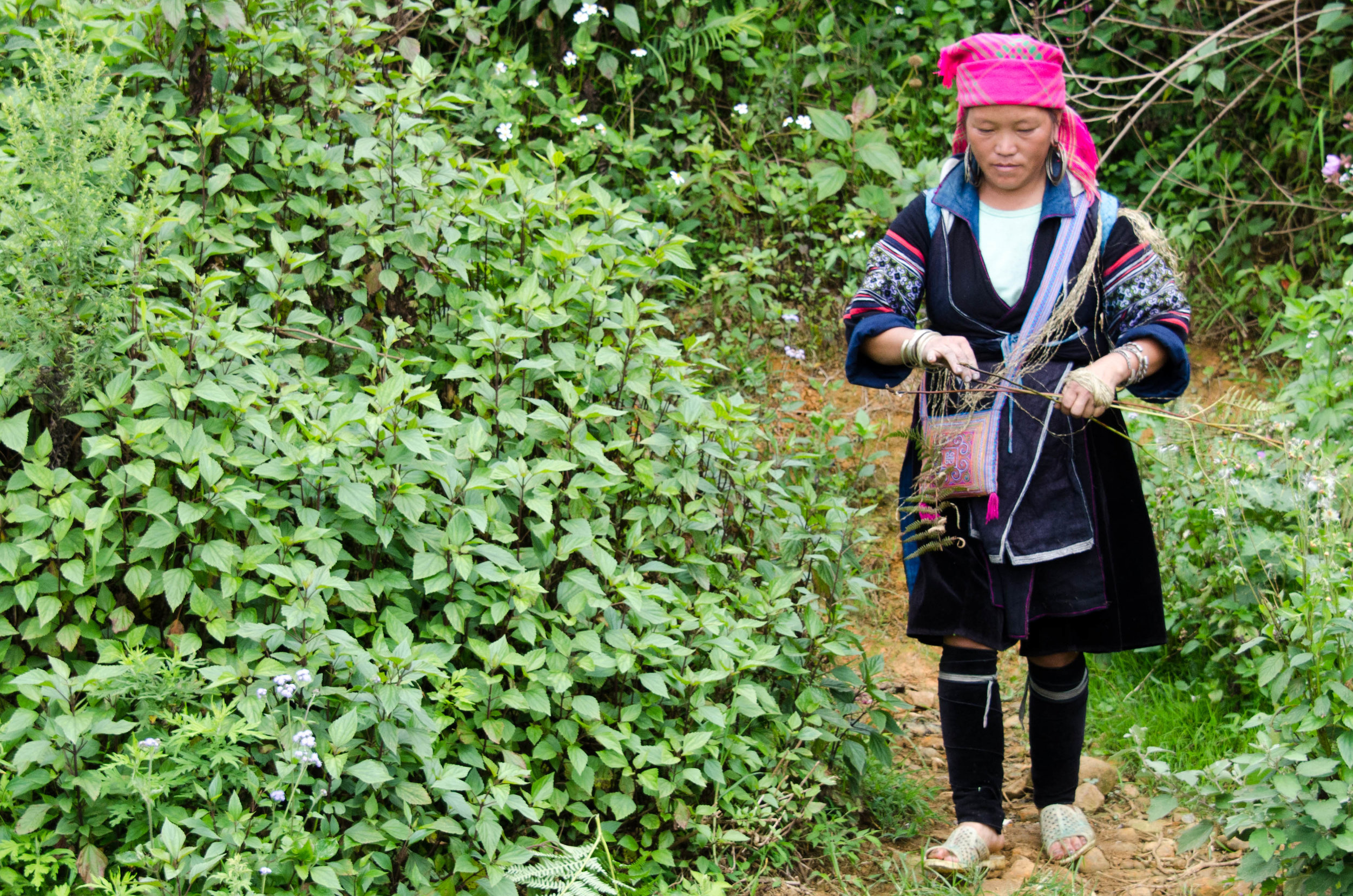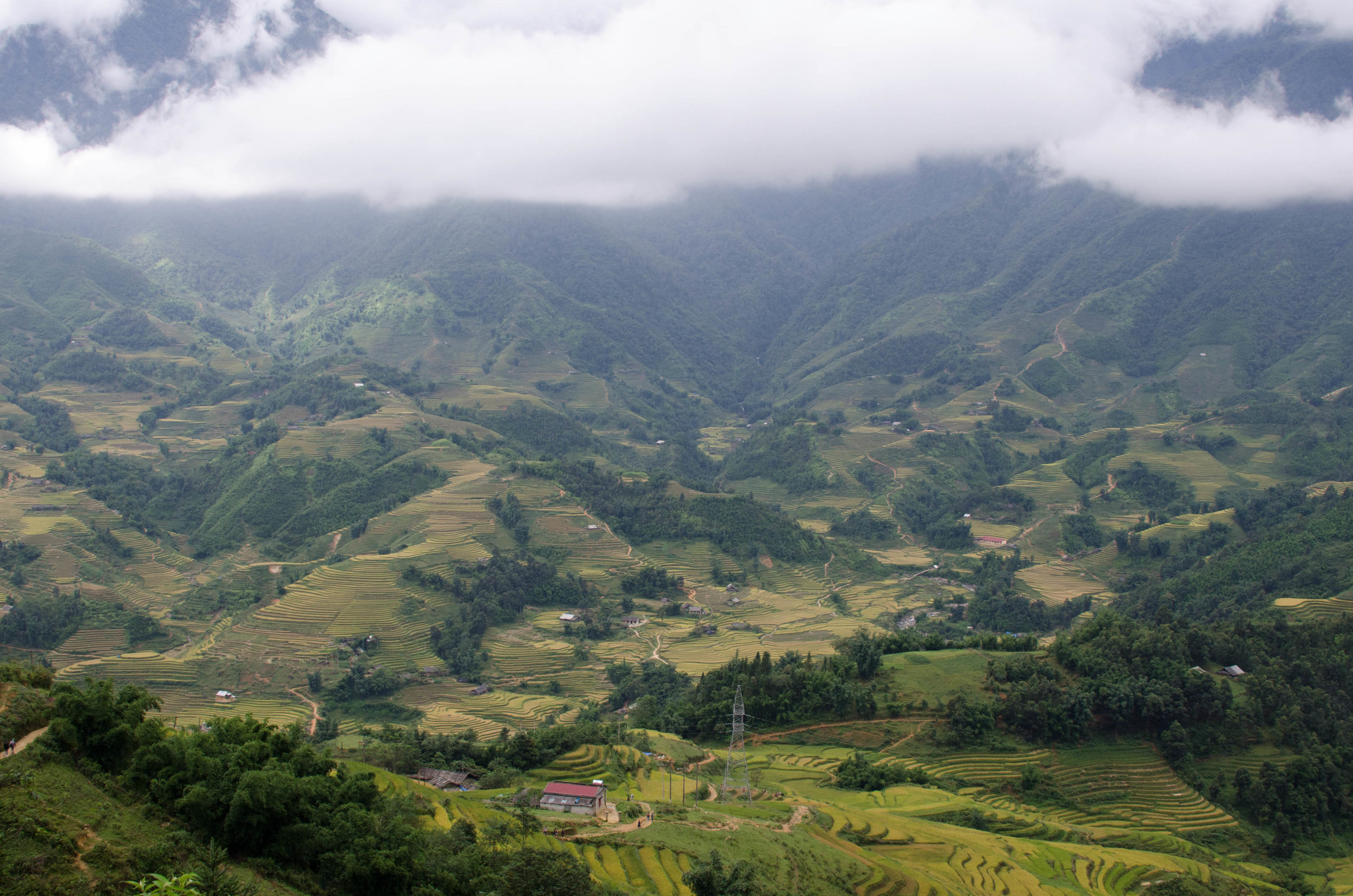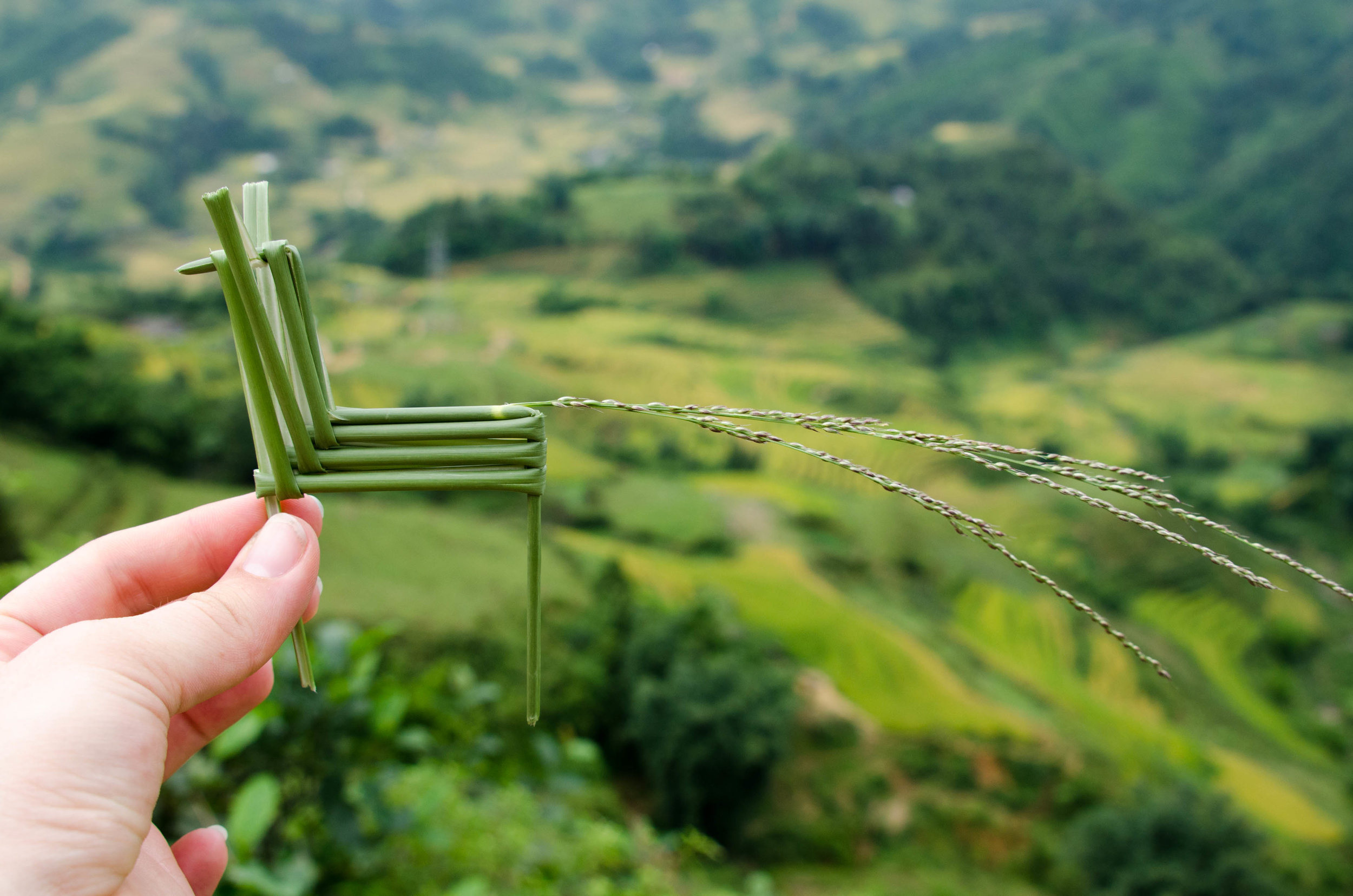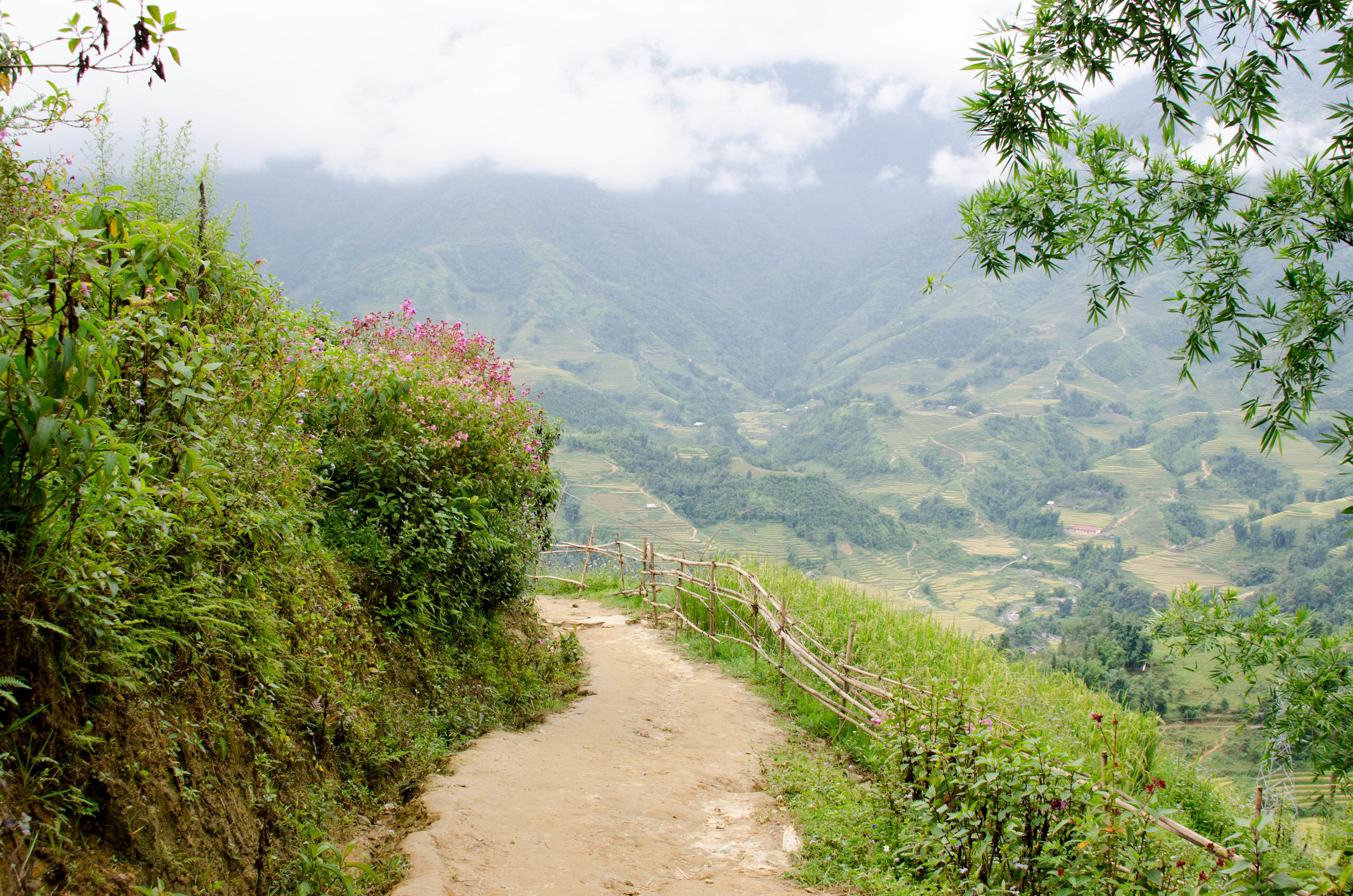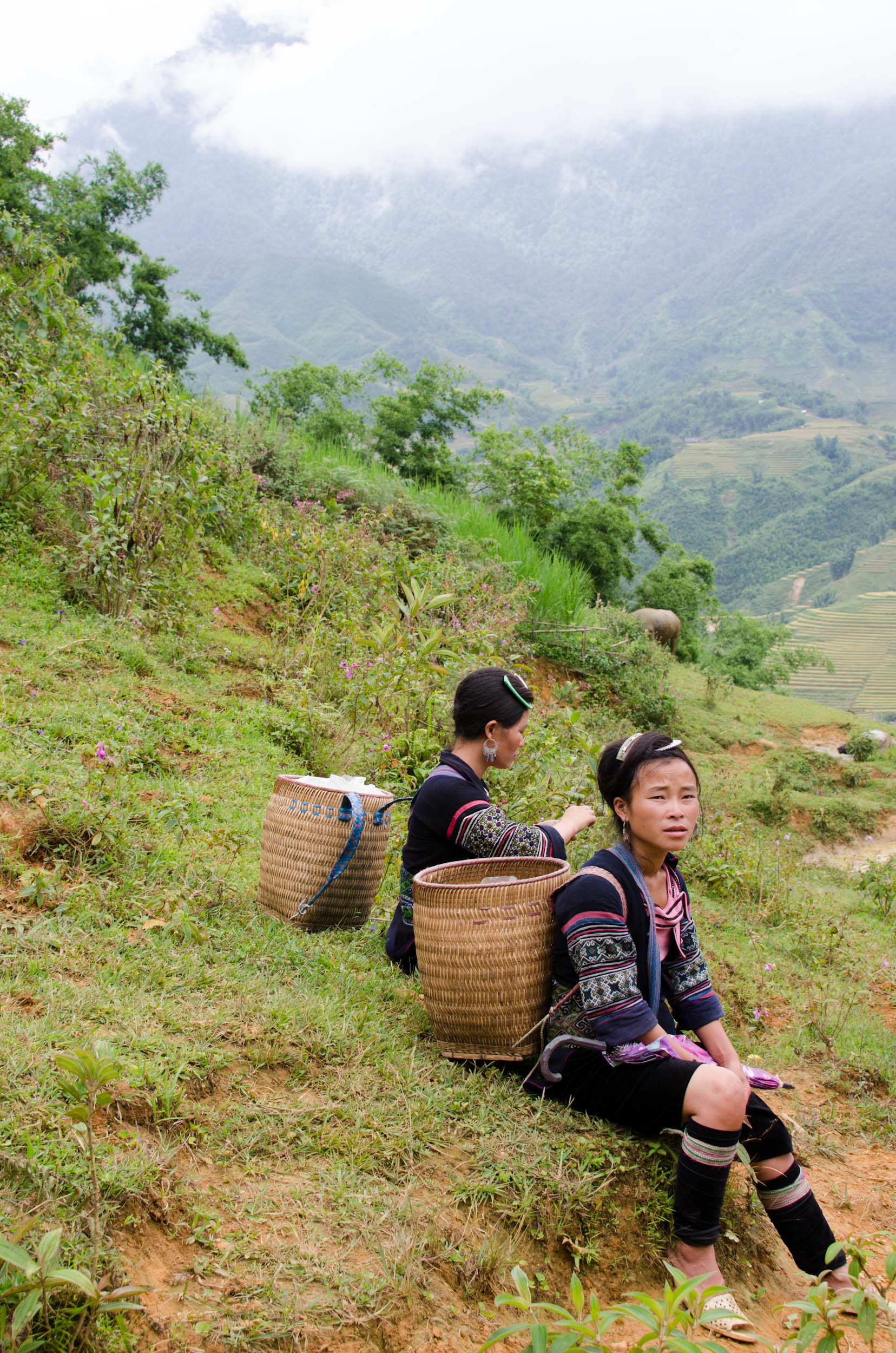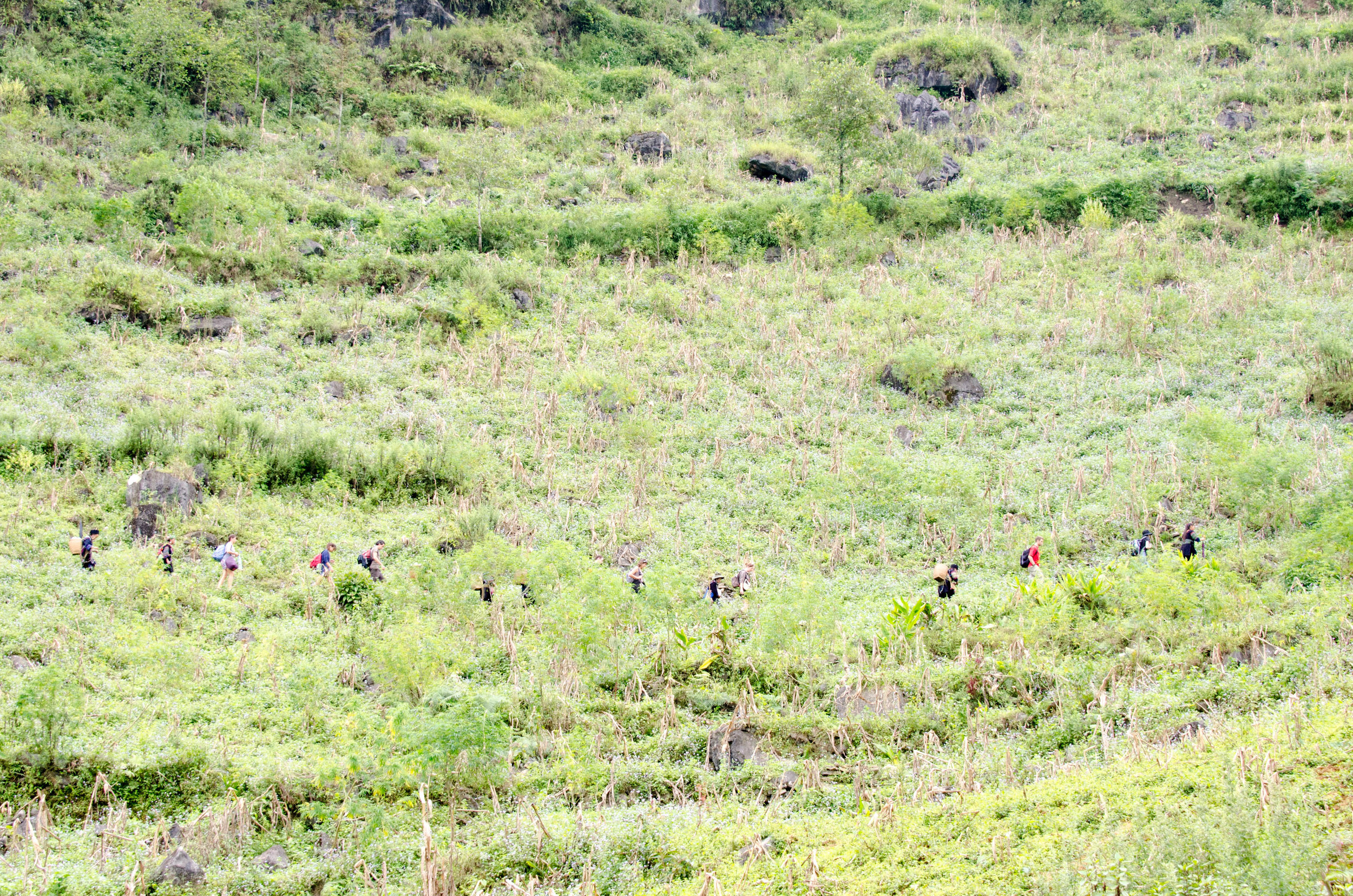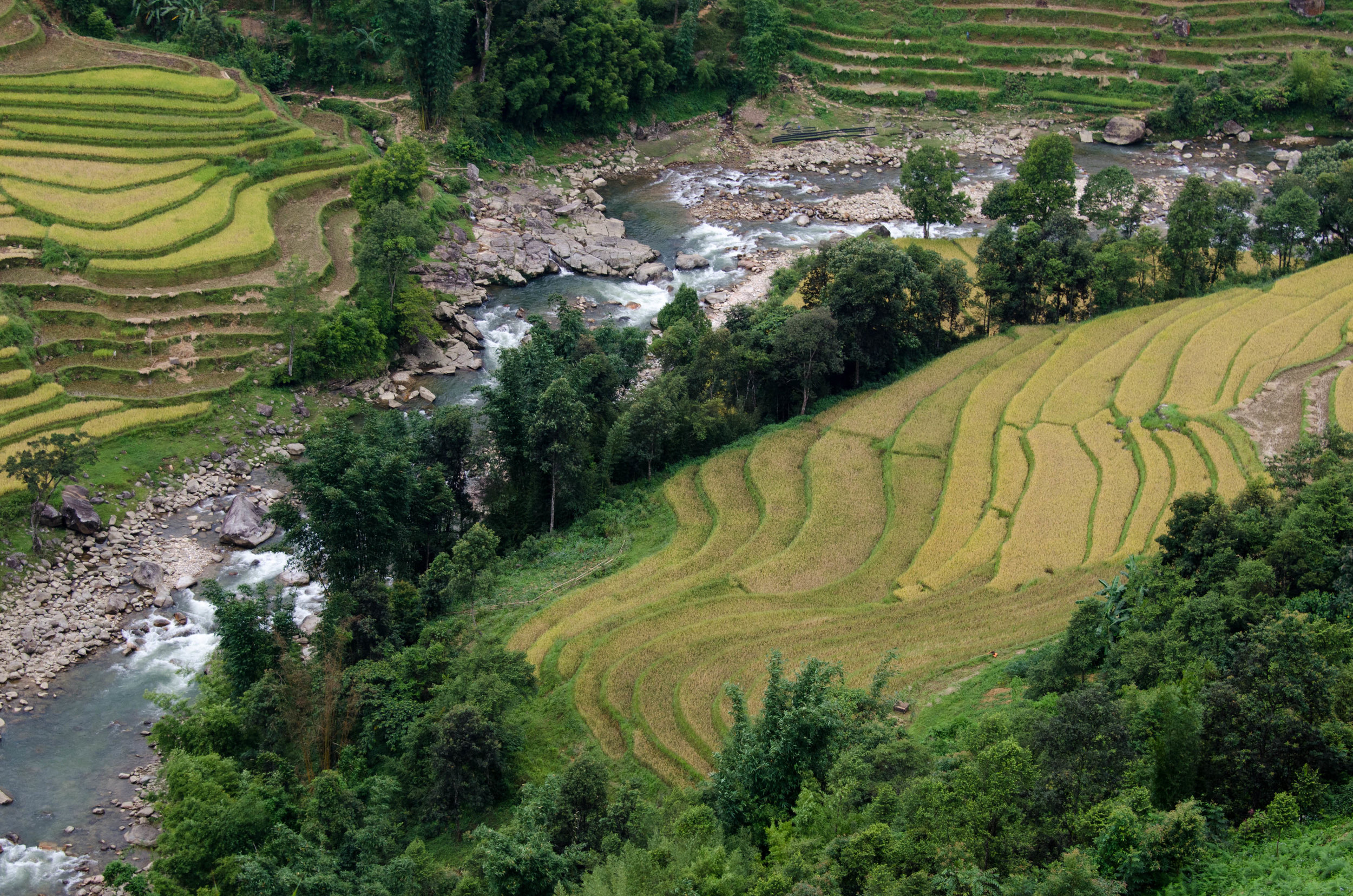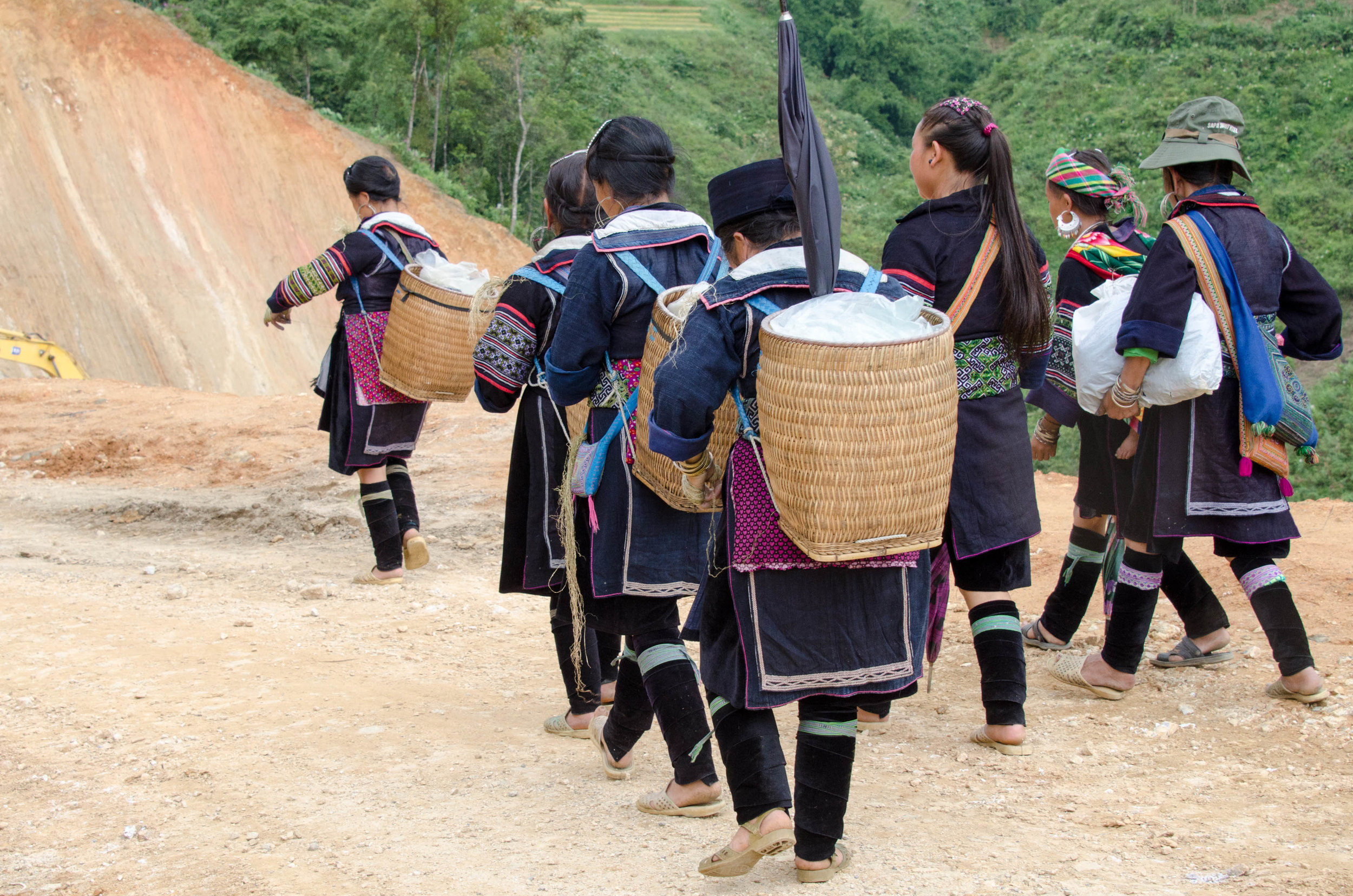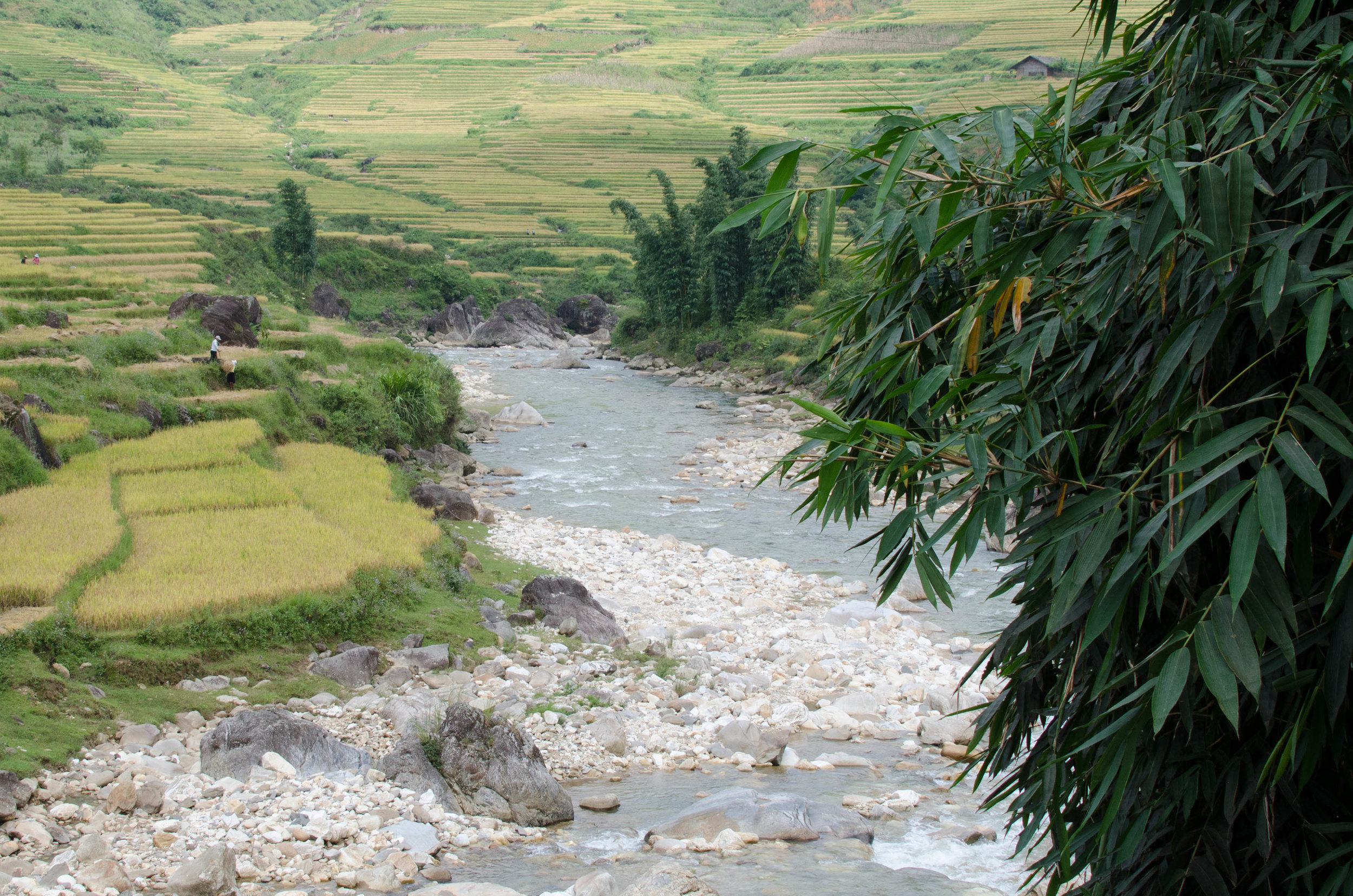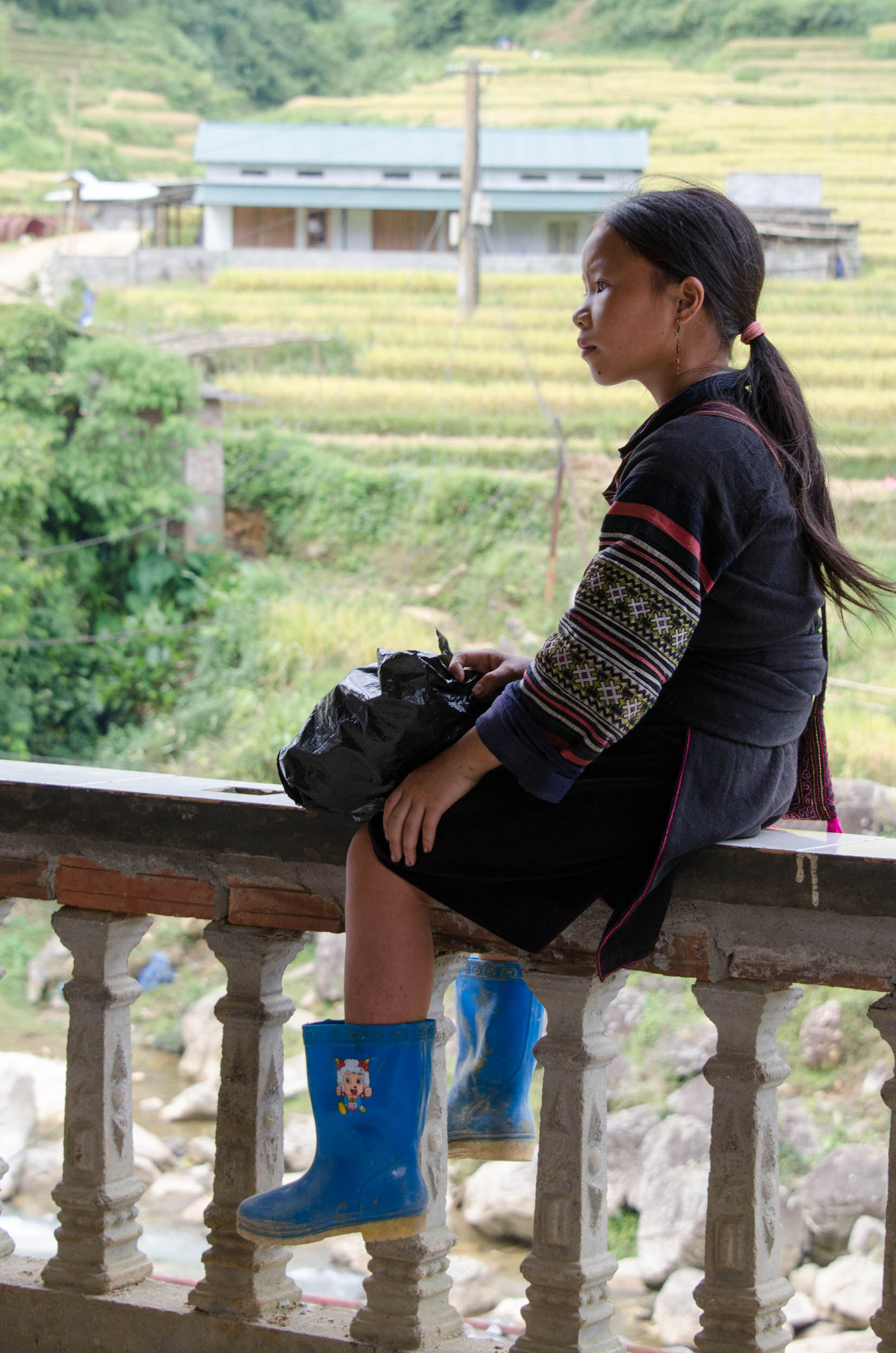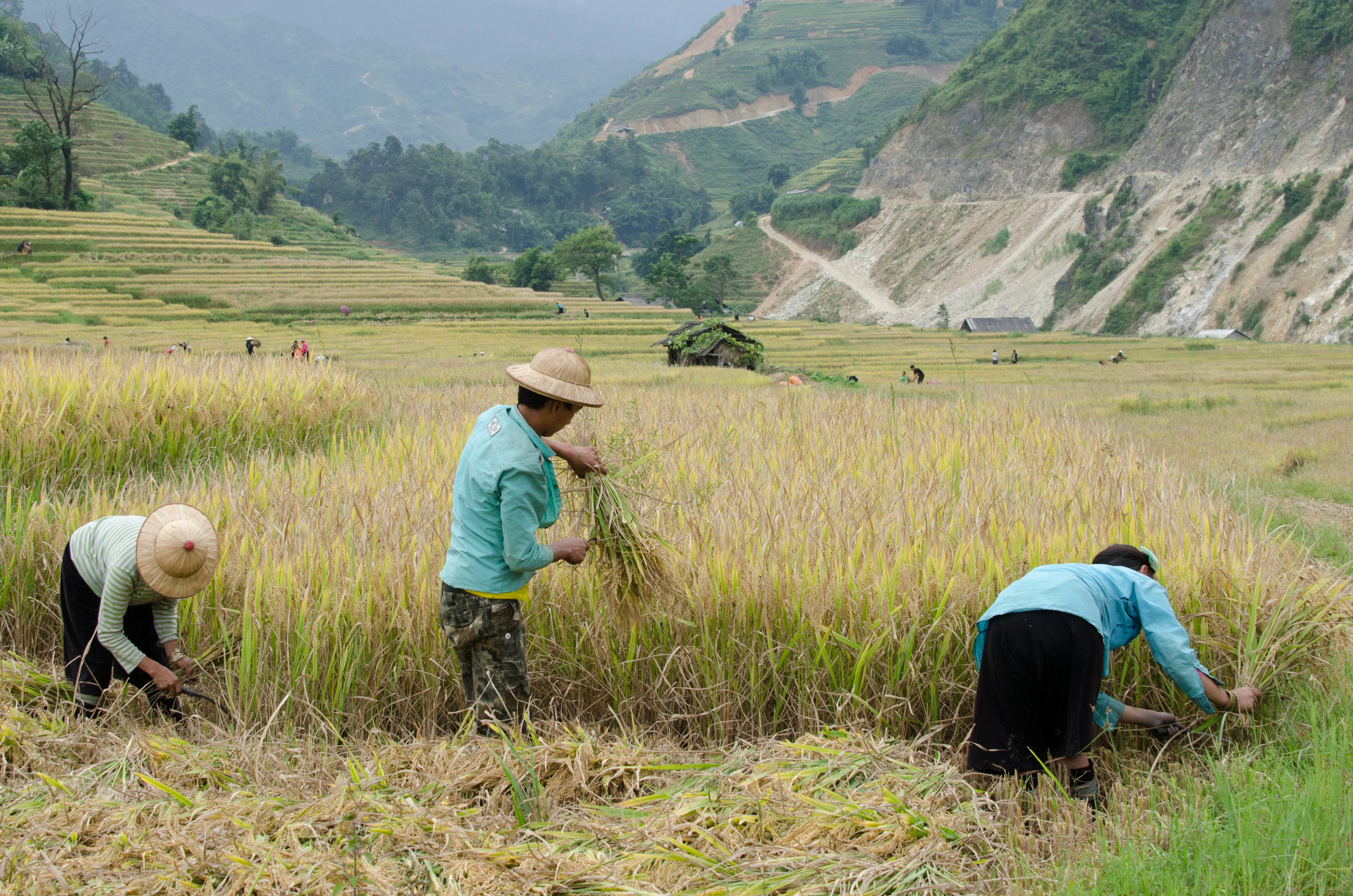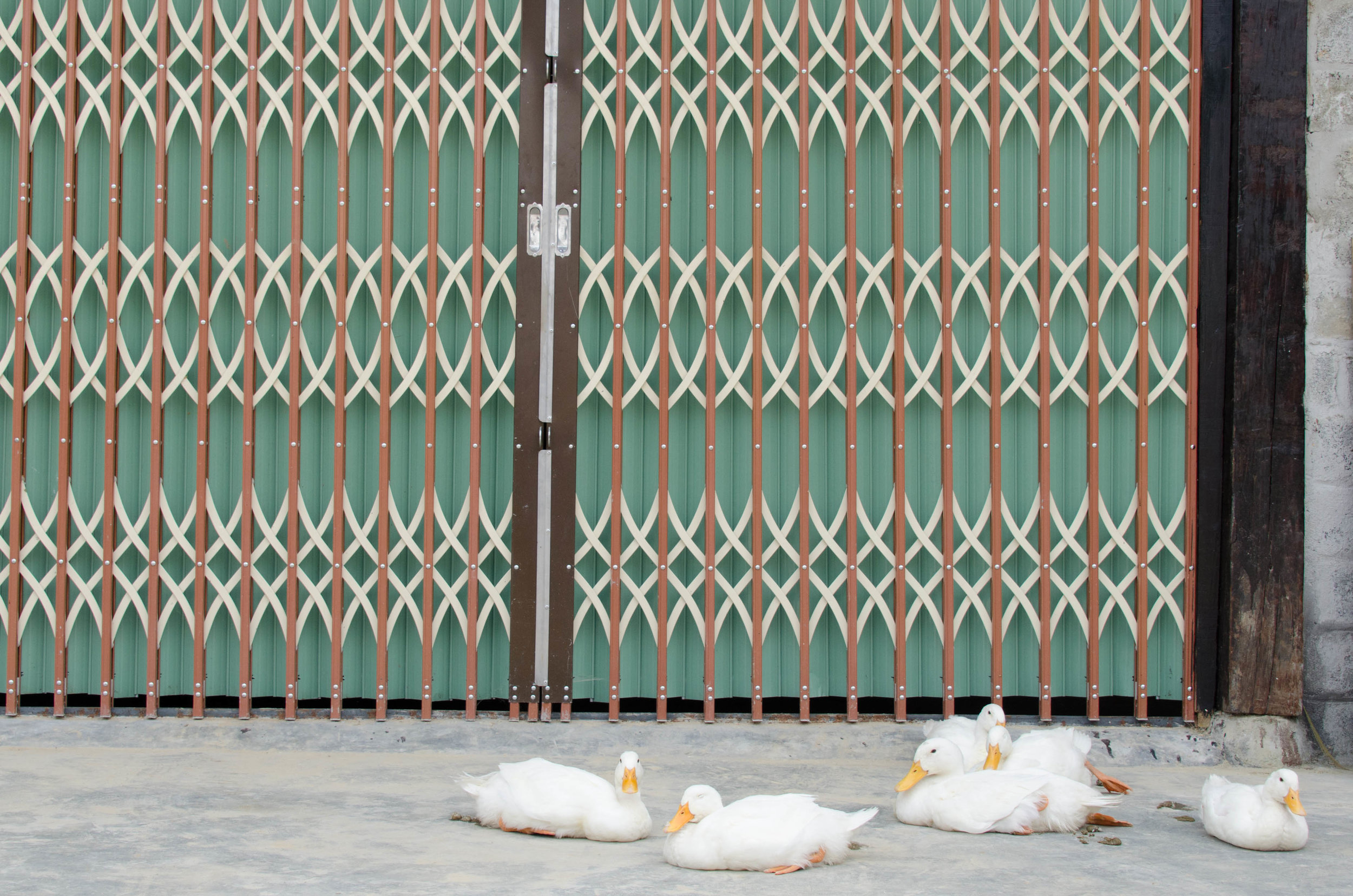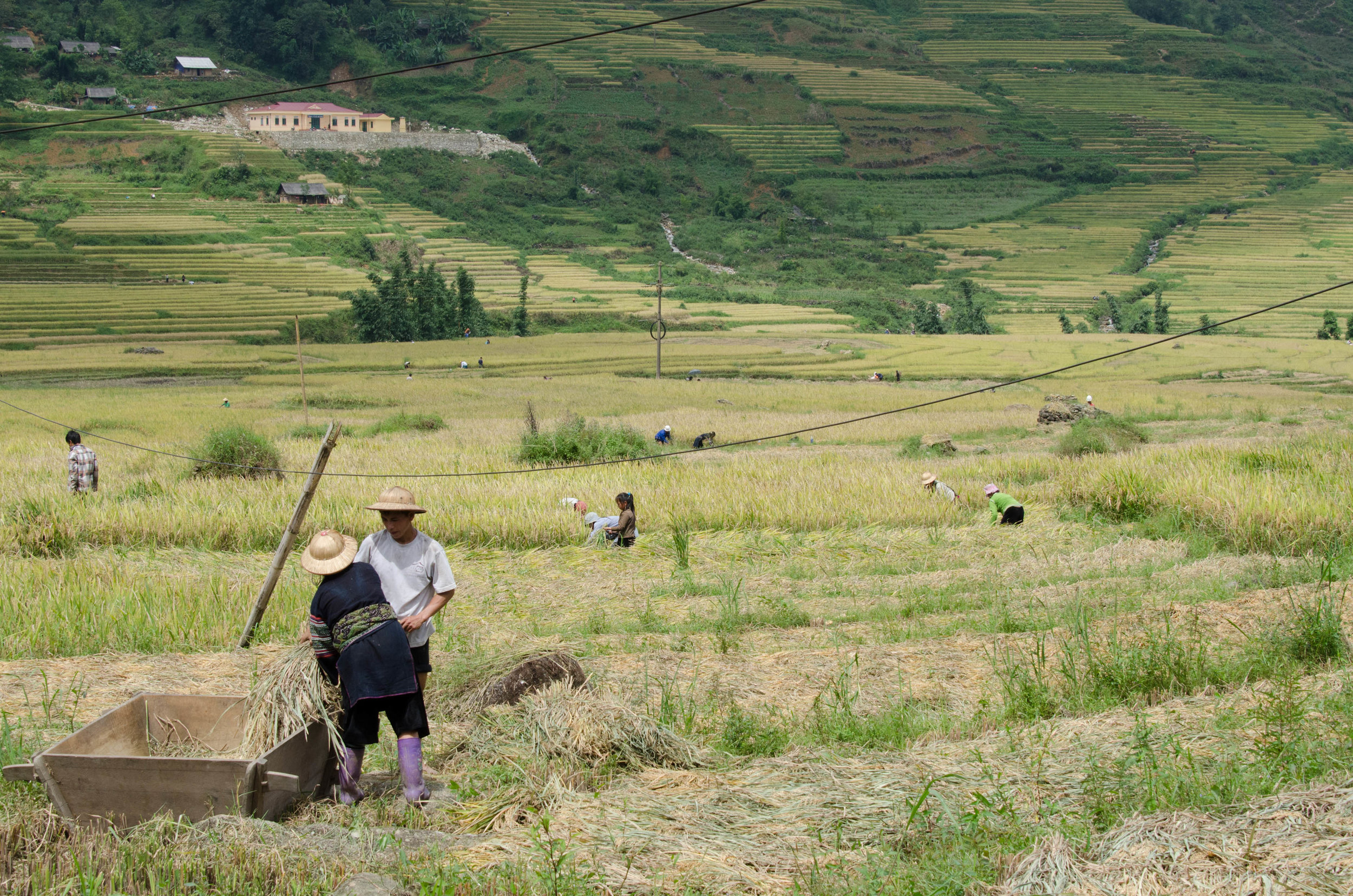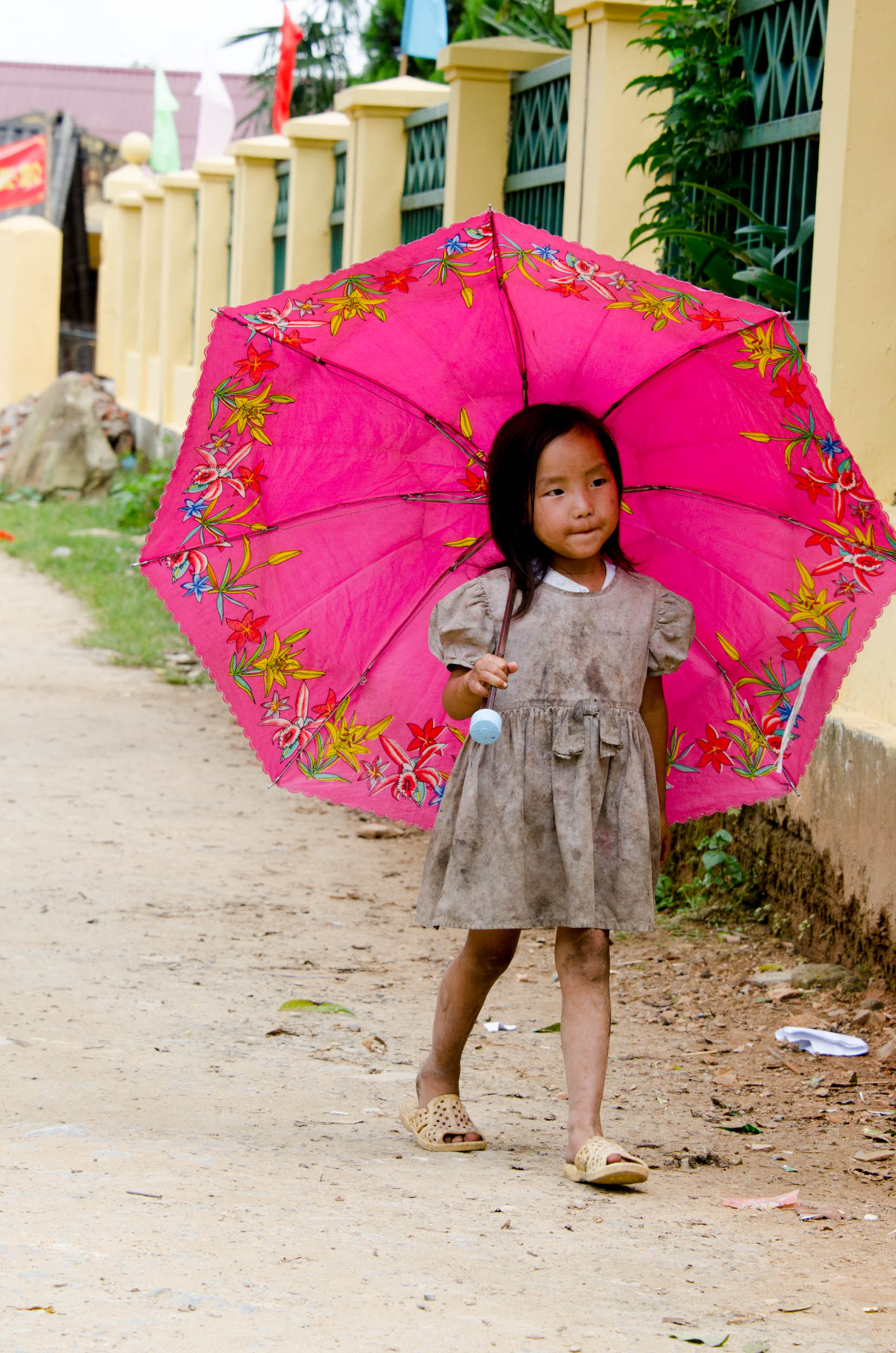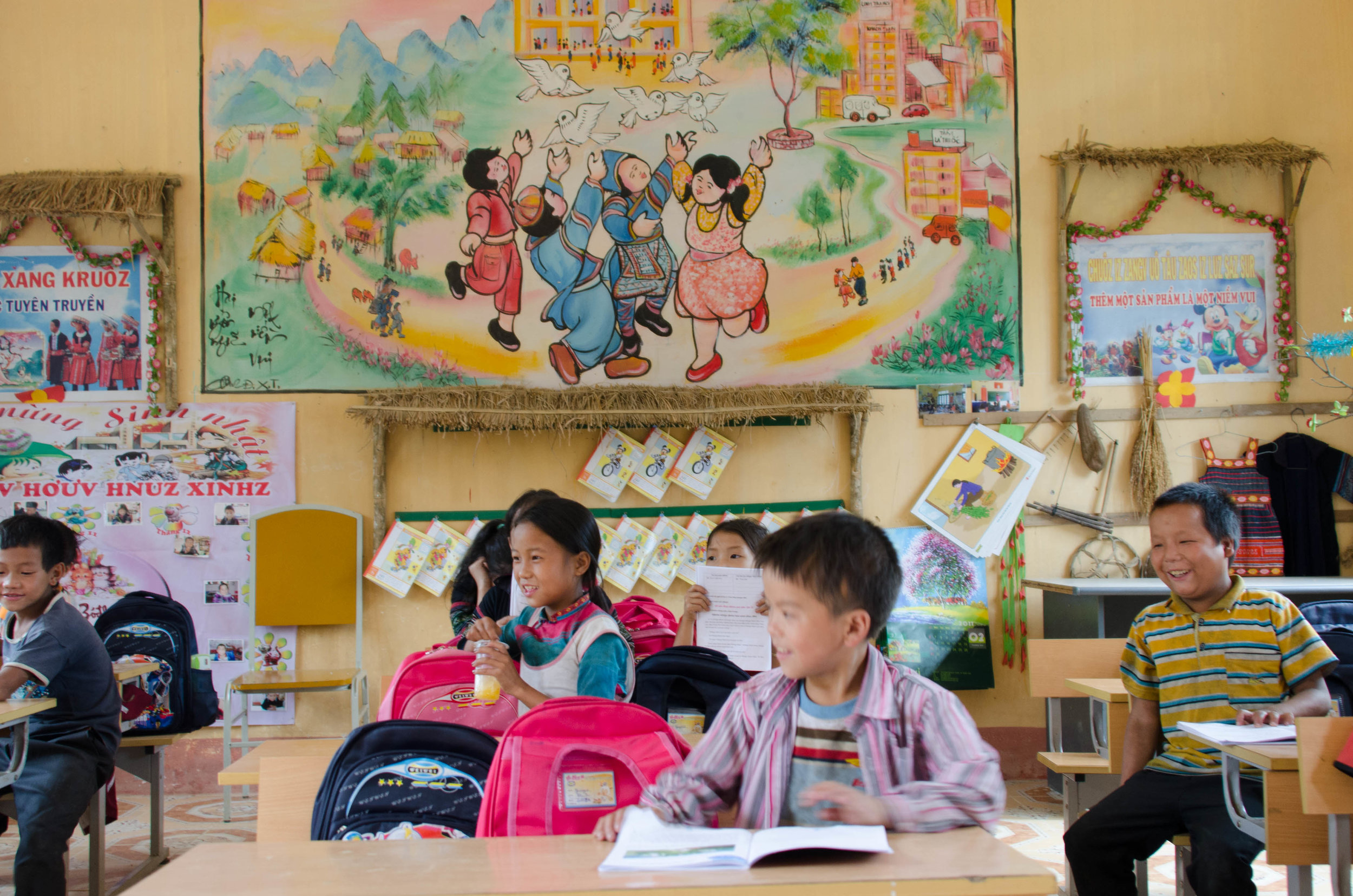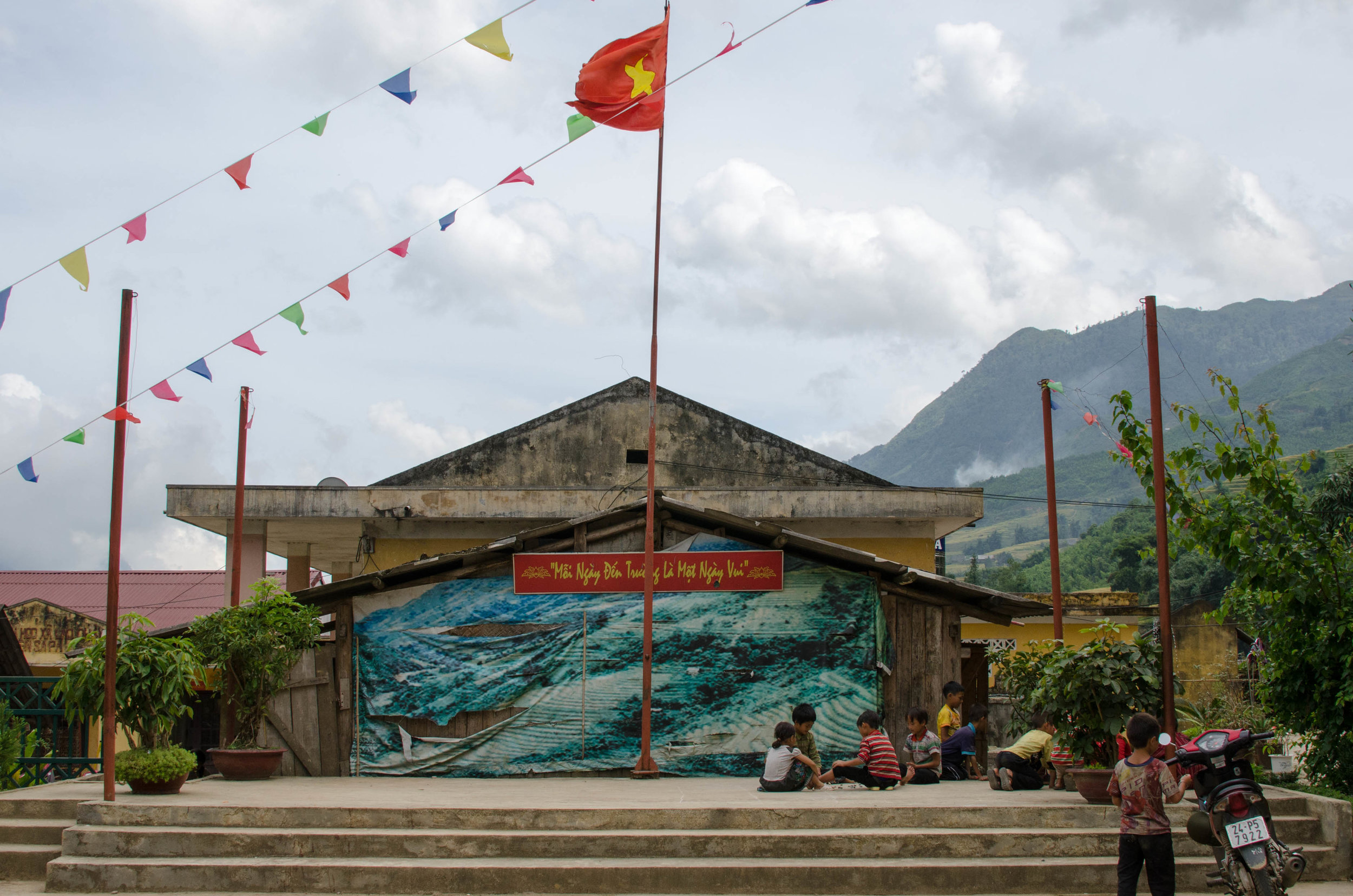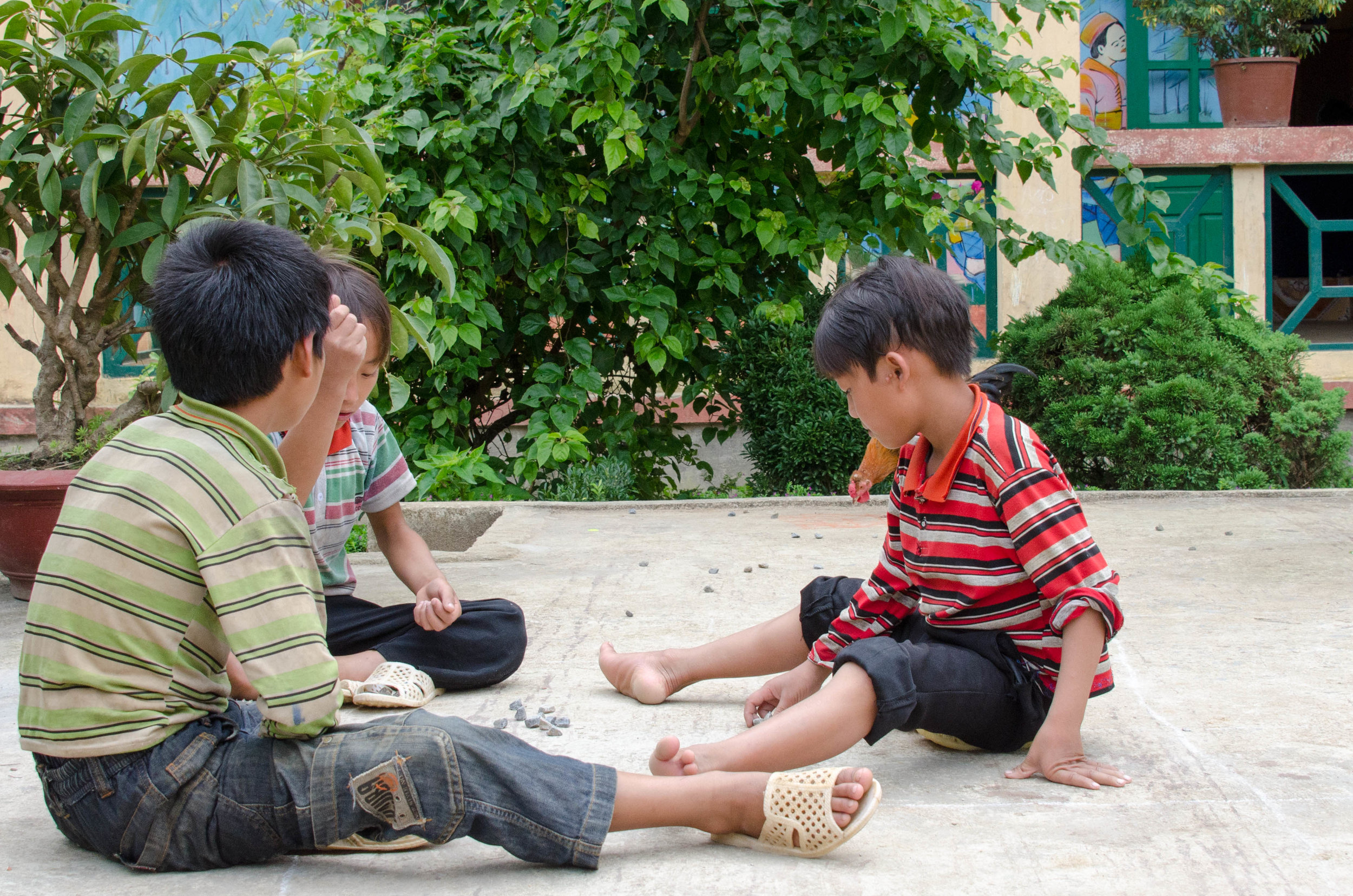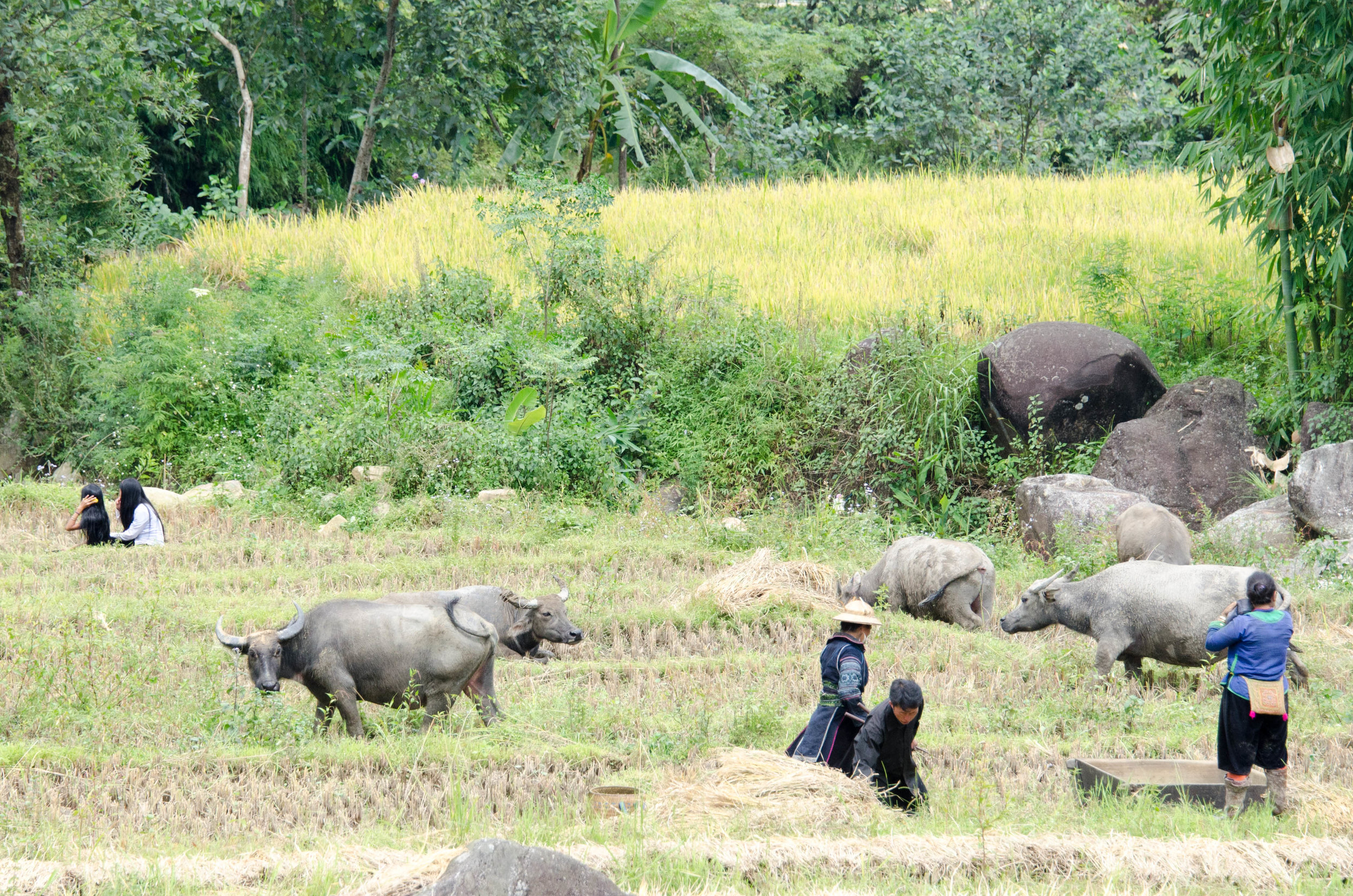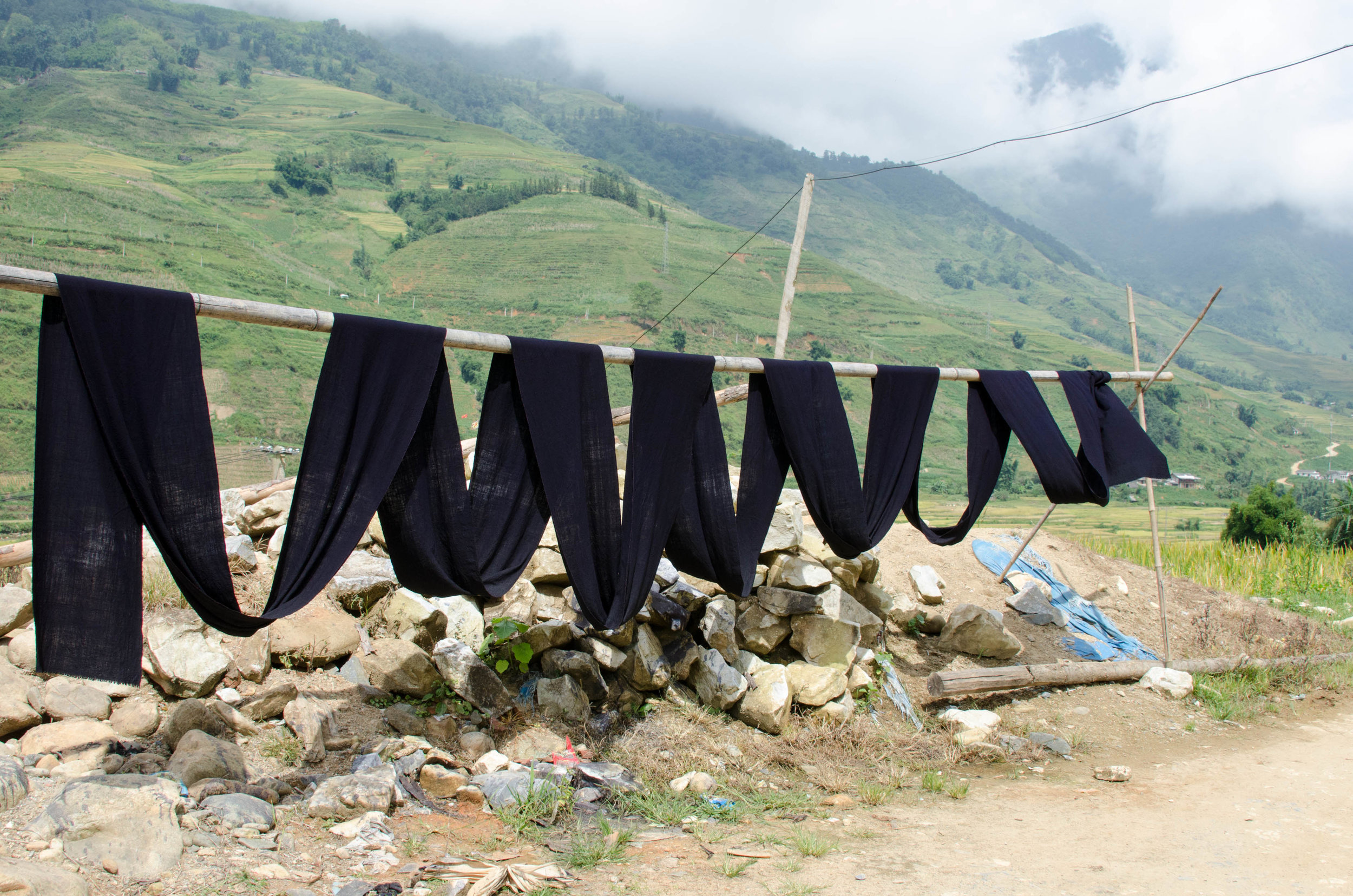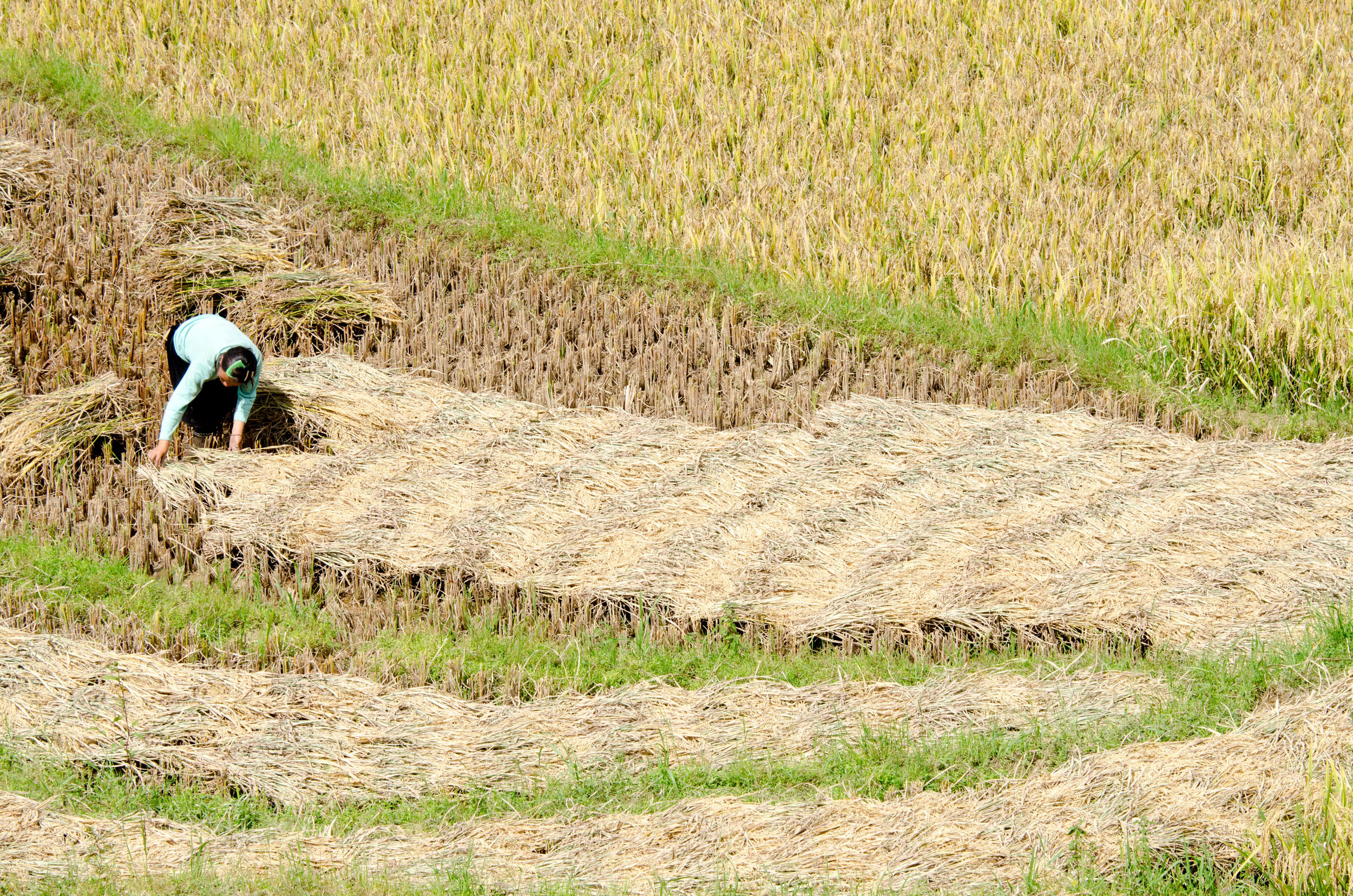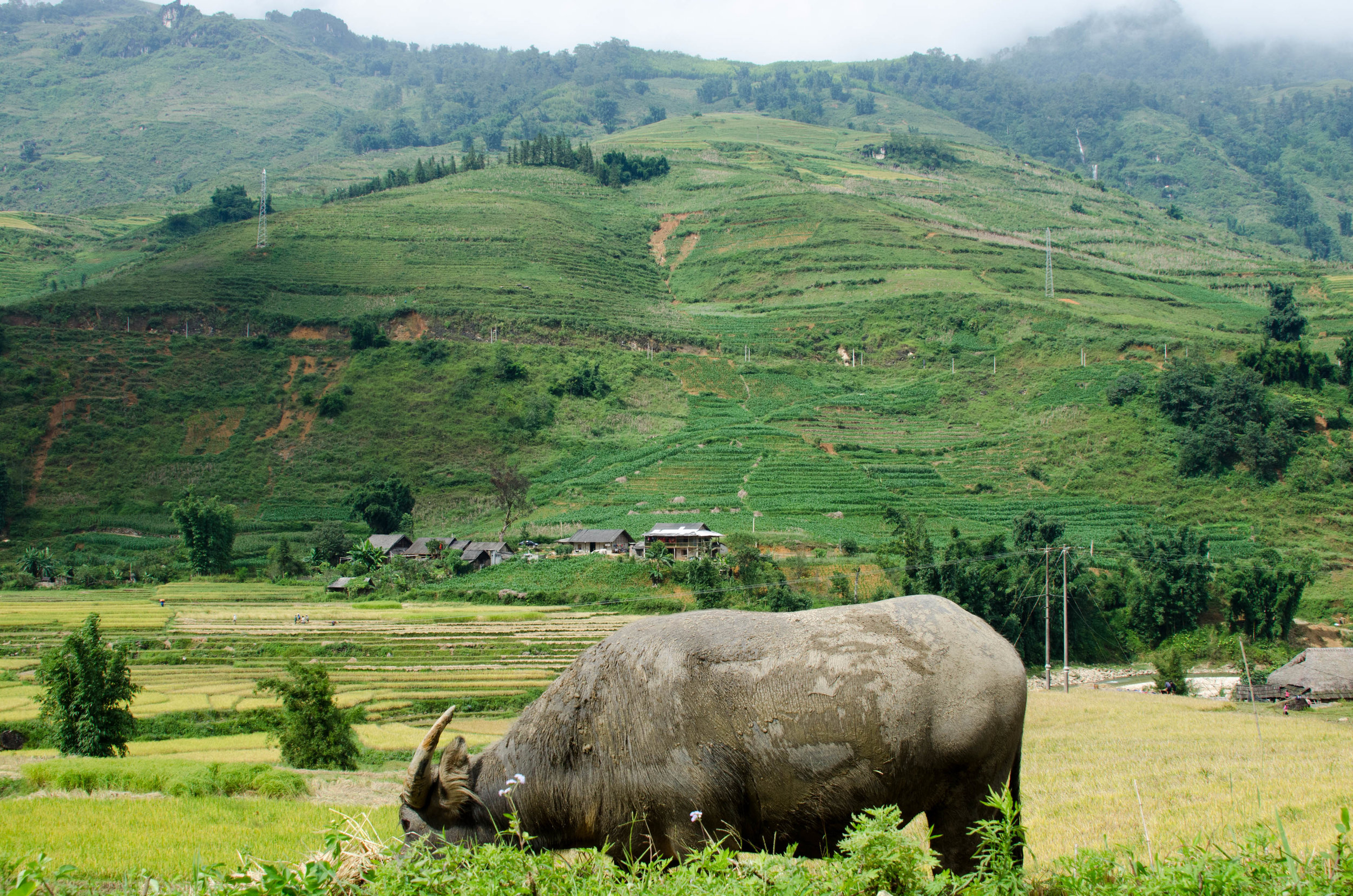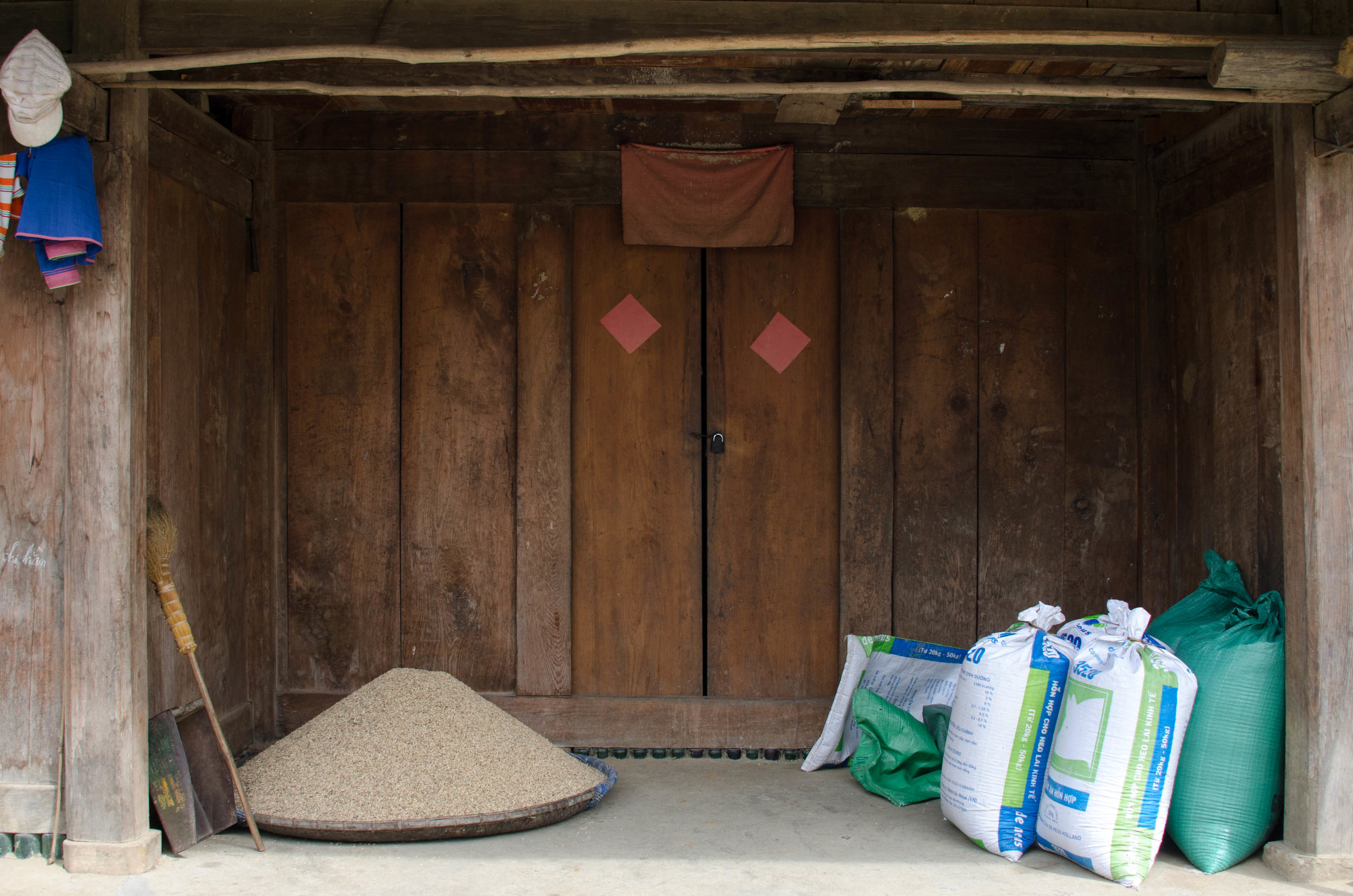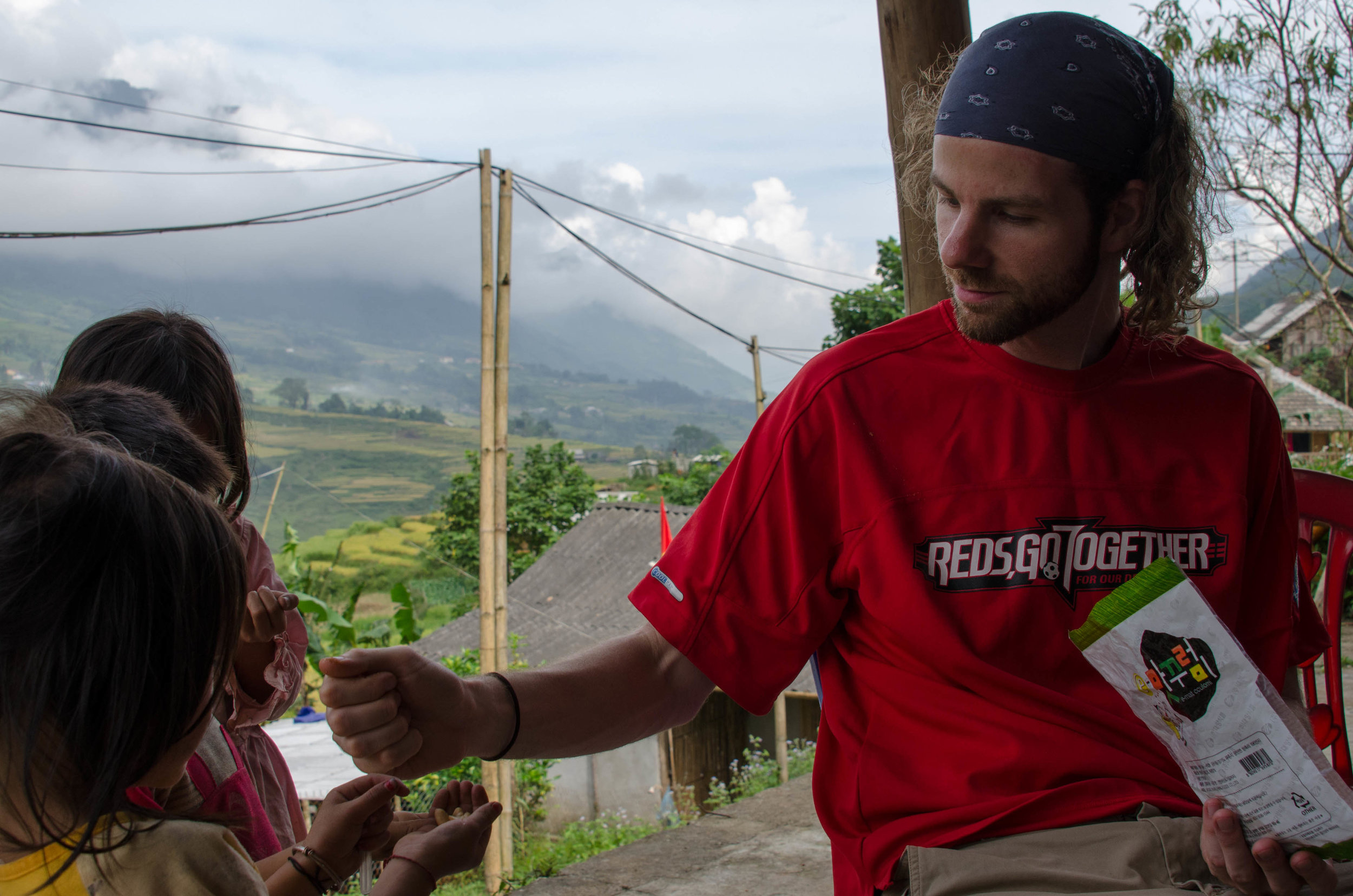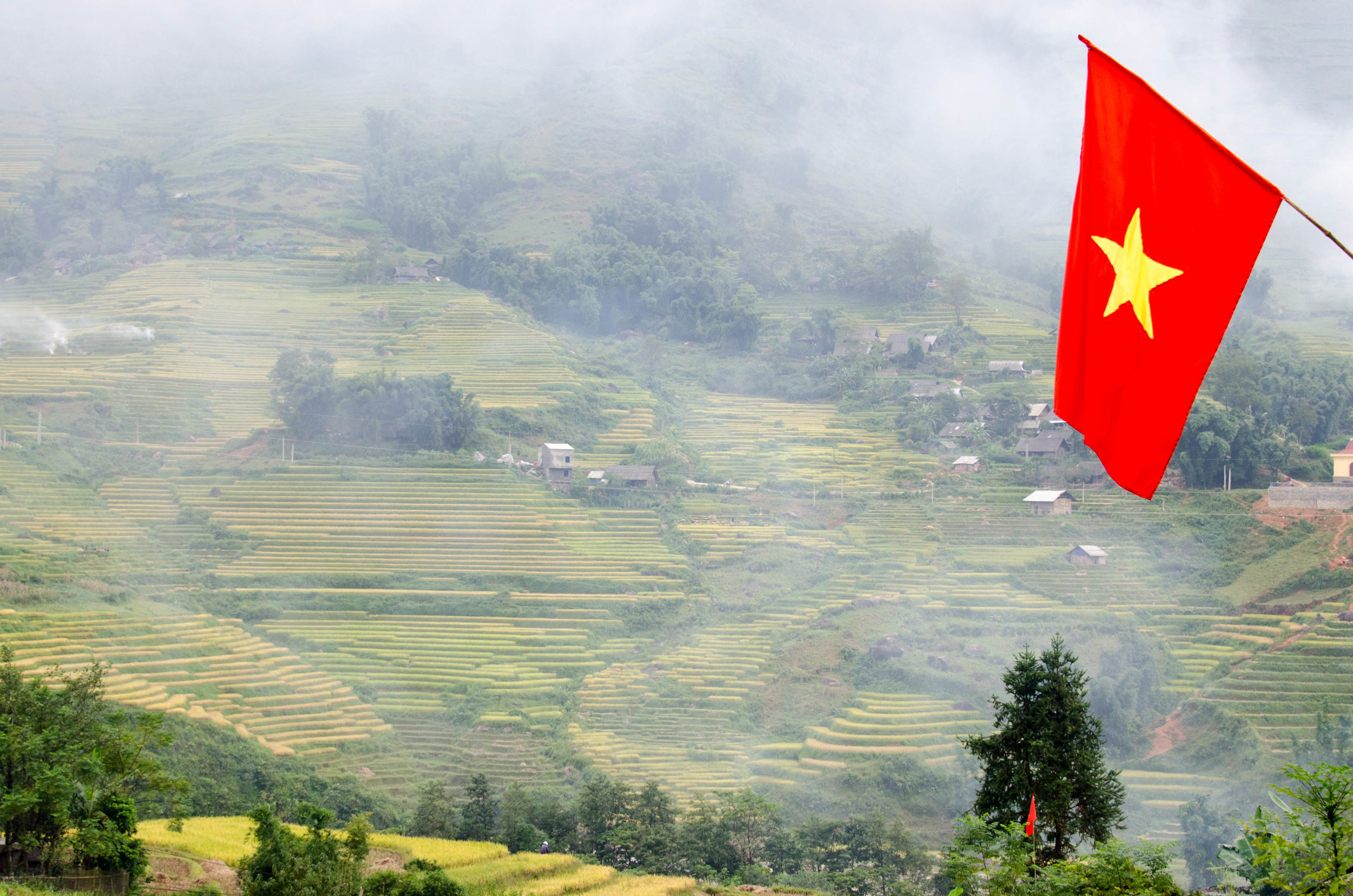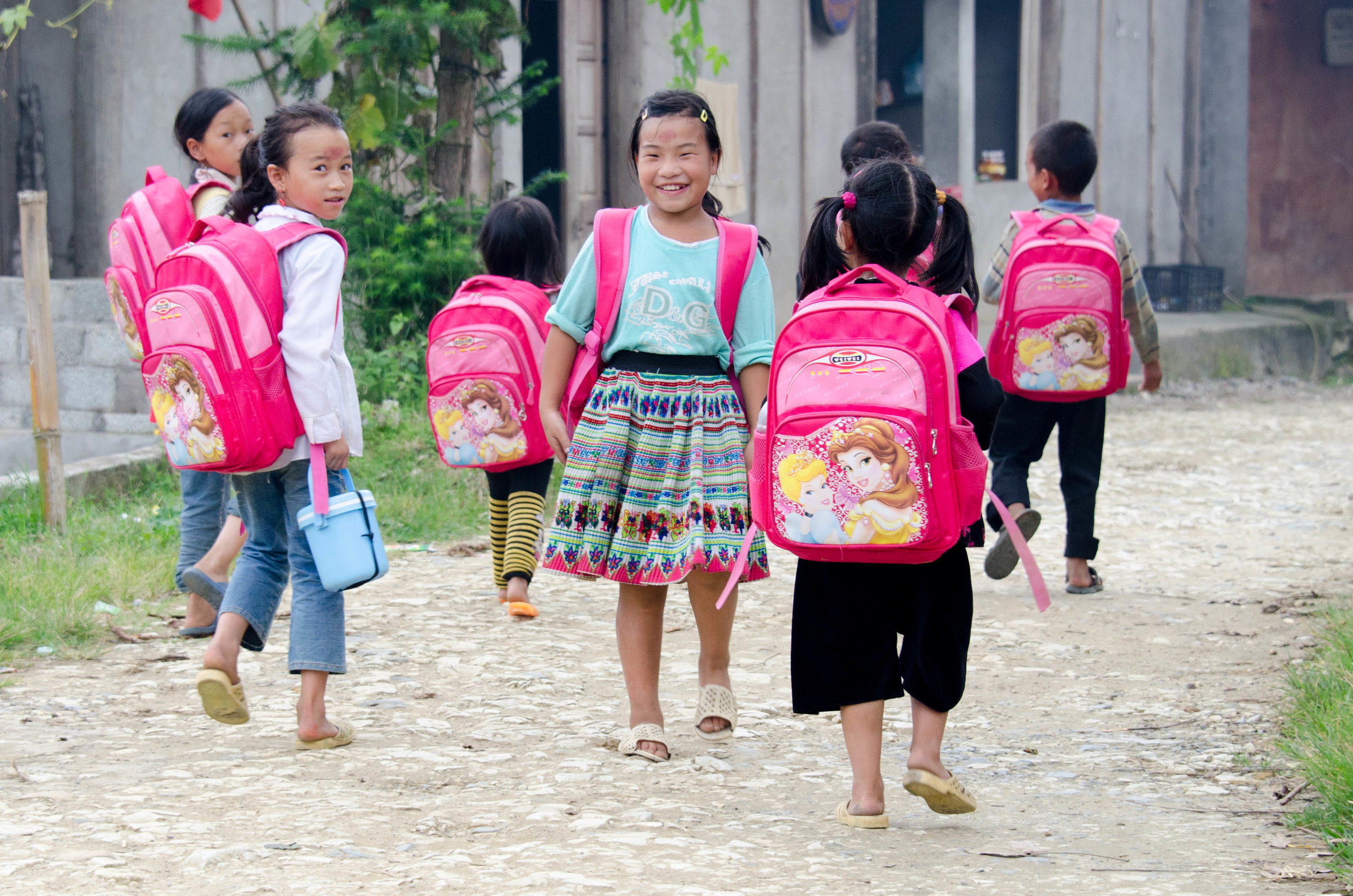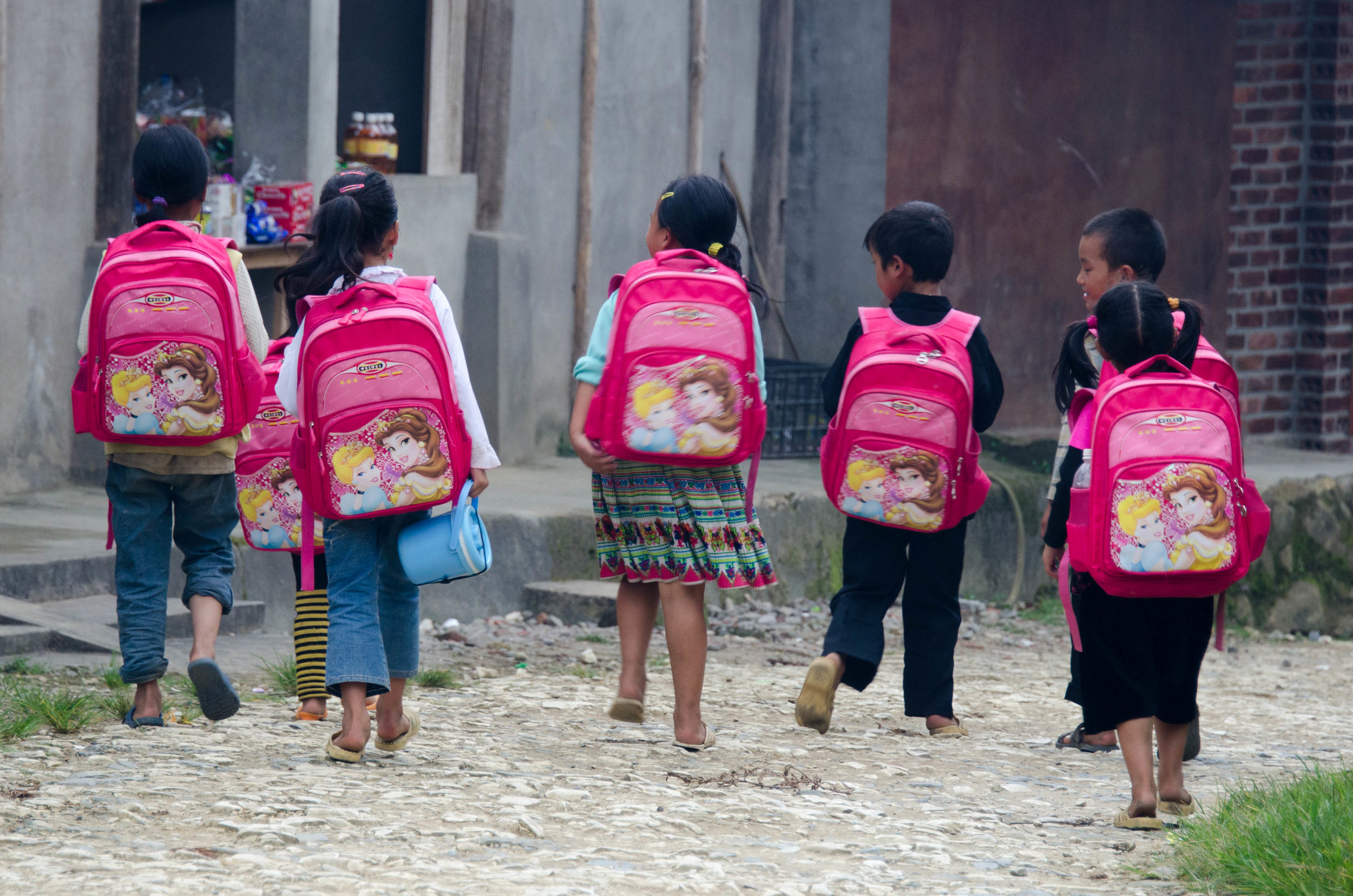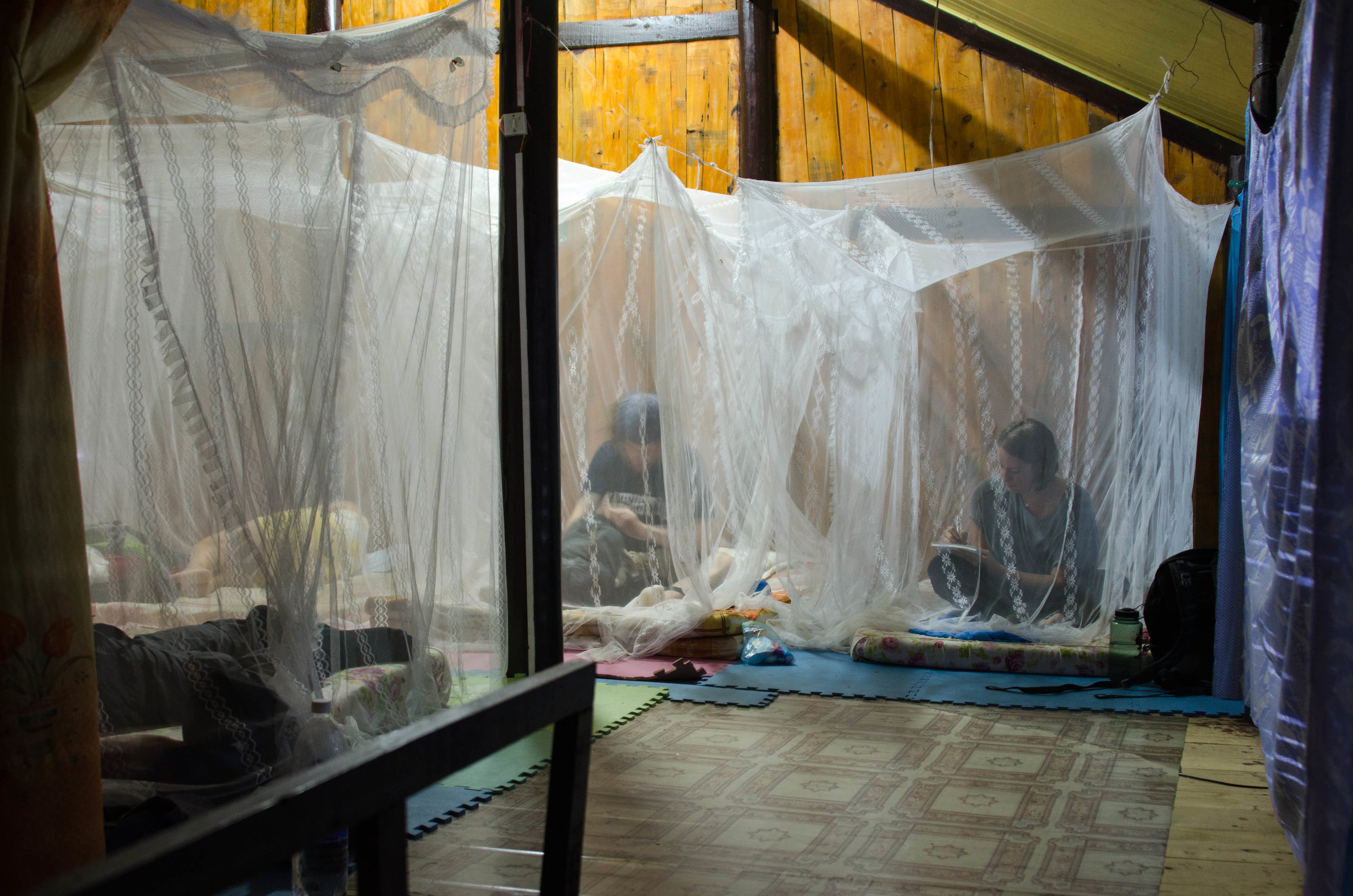We were going to get up our first morning for the rising of the hot air balloons over Goreme, and then we didn’t. We tried our second morning, and again, it didn’t happen. Our last morning it finally happened. We had planned on being out of our guesthouse by five in the morning, made it out by five thirty and still had time to spare before many of the balloons were inflated and rising into the air. Surprisingly we were two of only a handful of people up and on top of the ridge overlooking the town that early. It was quiet and peaceful and a magical way to start the day.
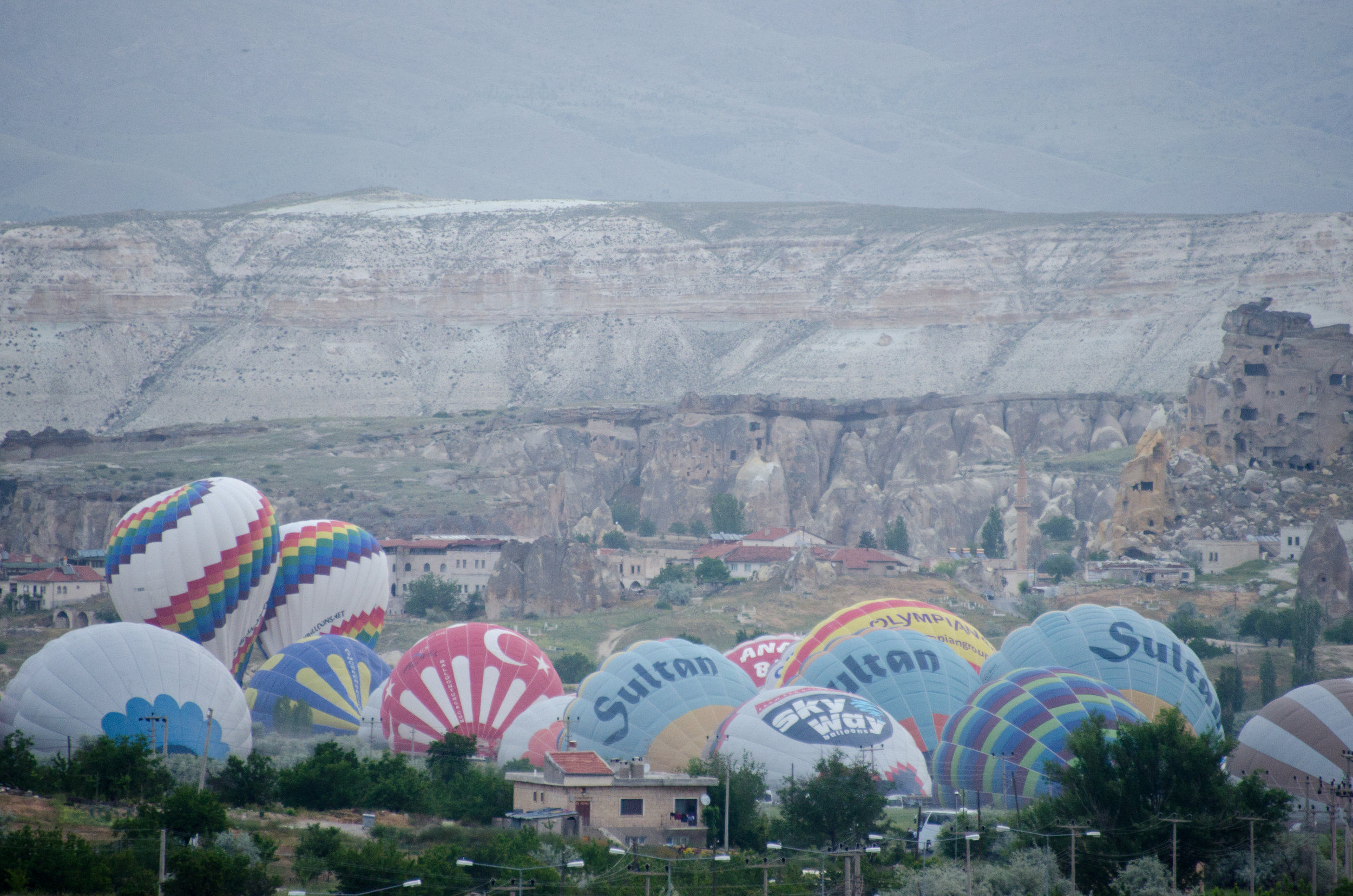
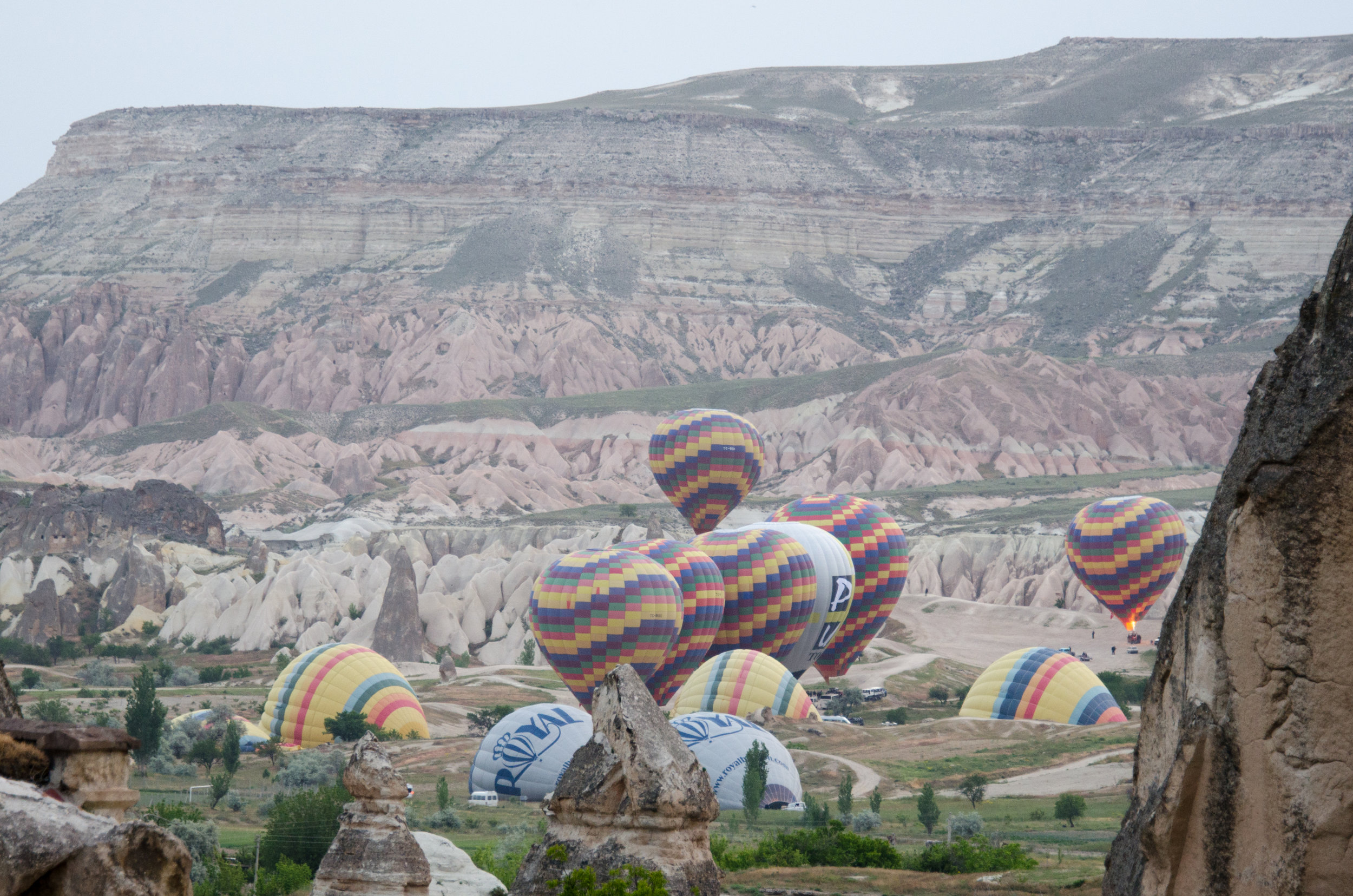
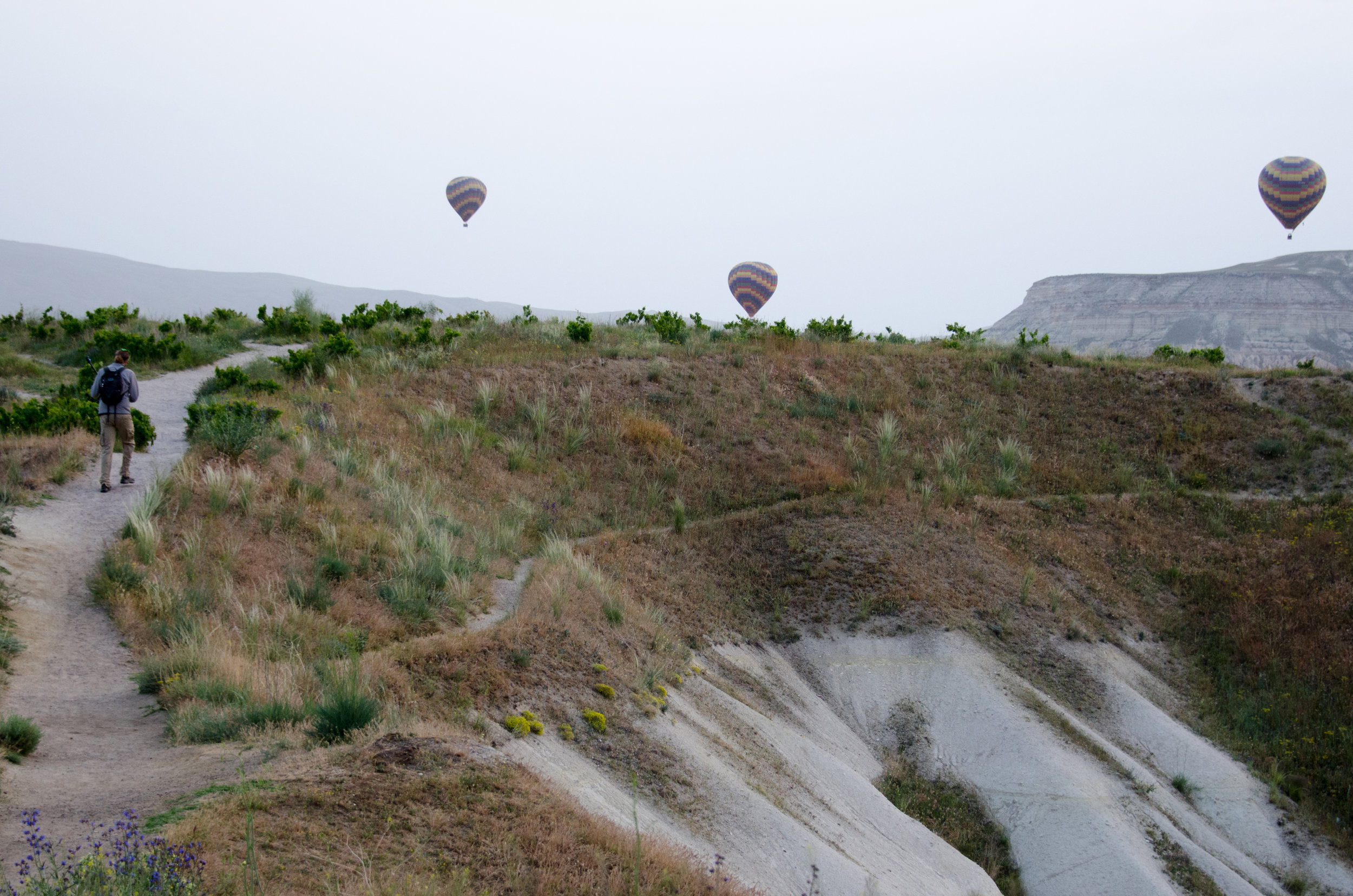
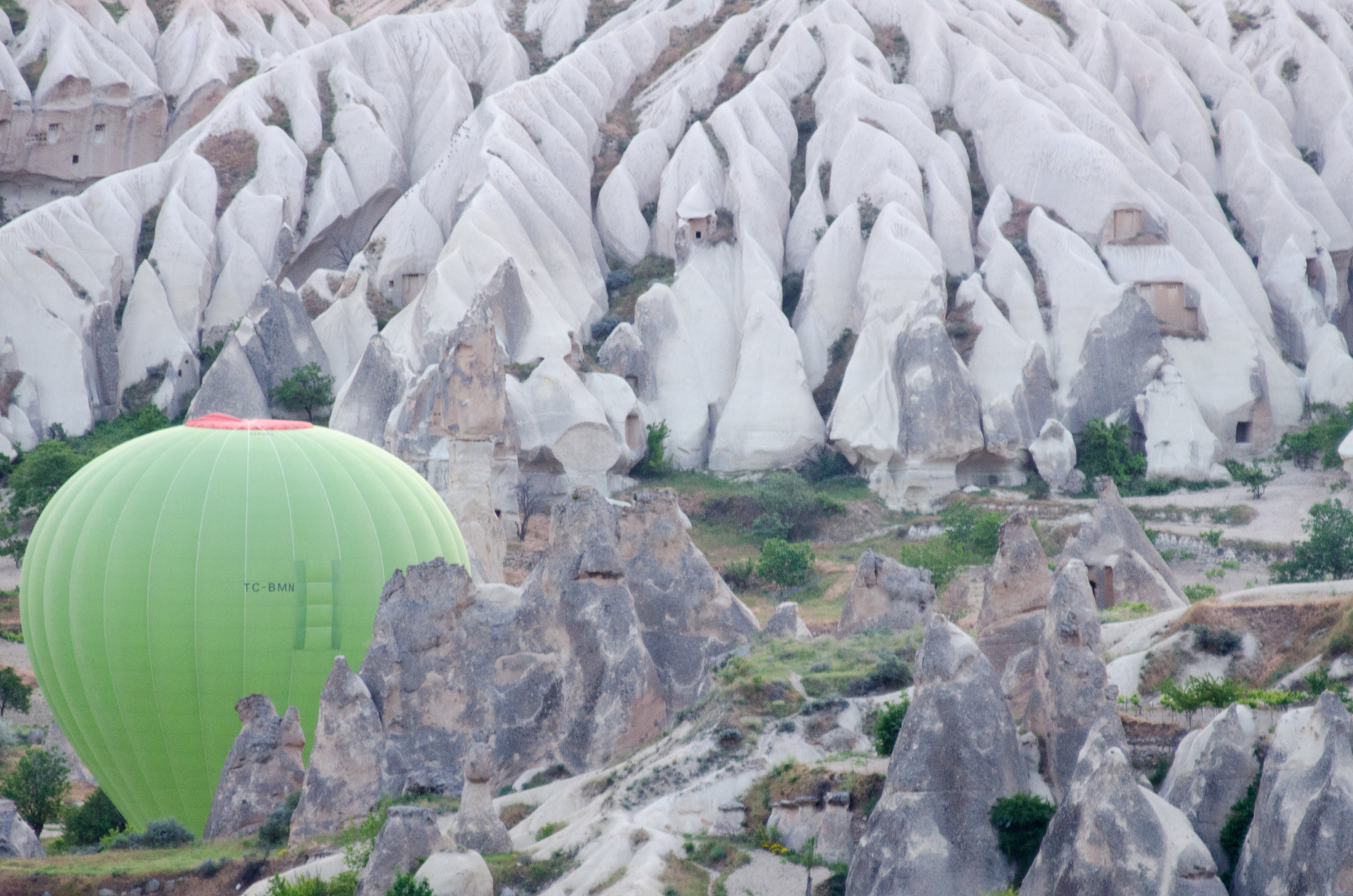
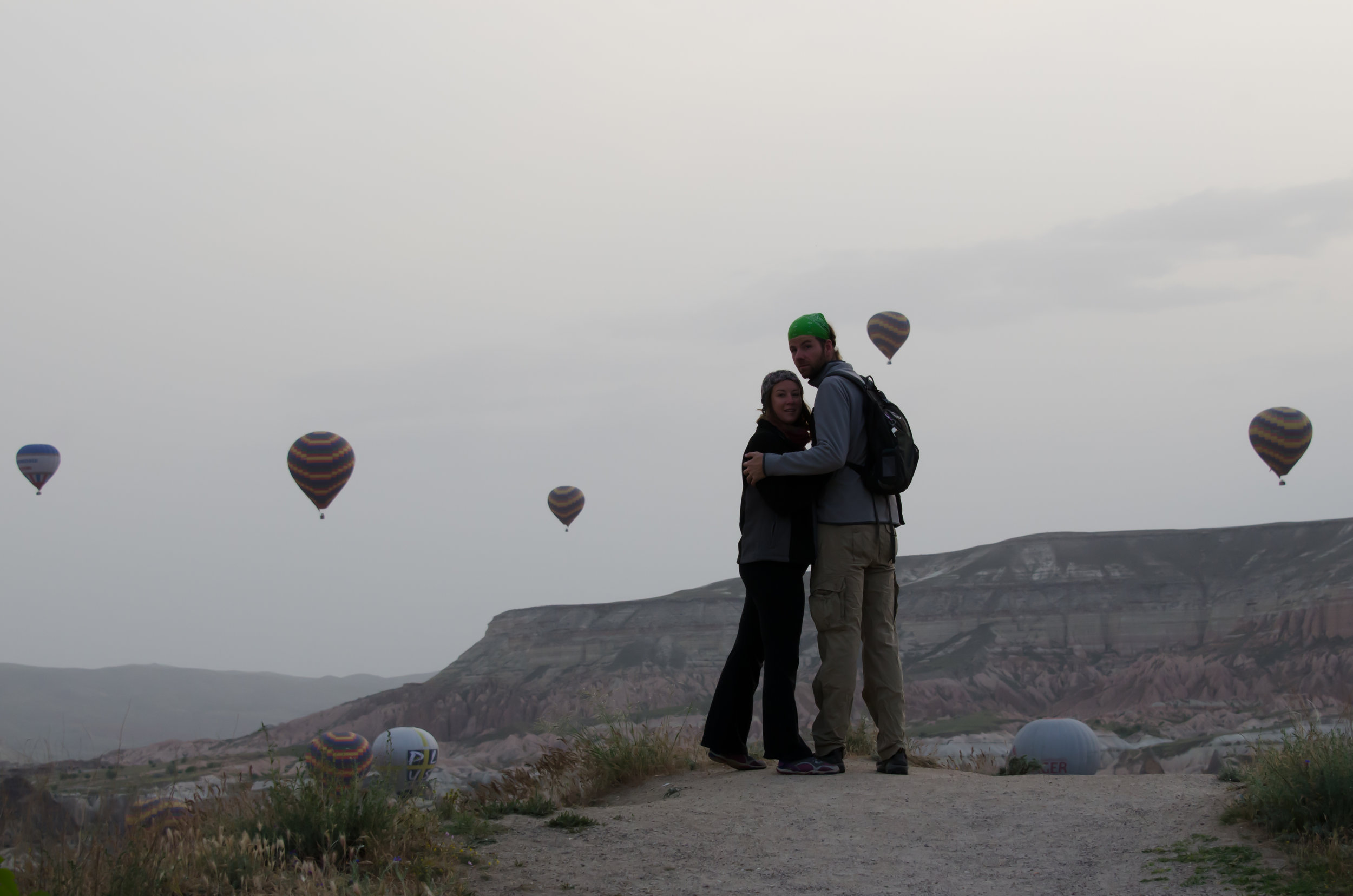

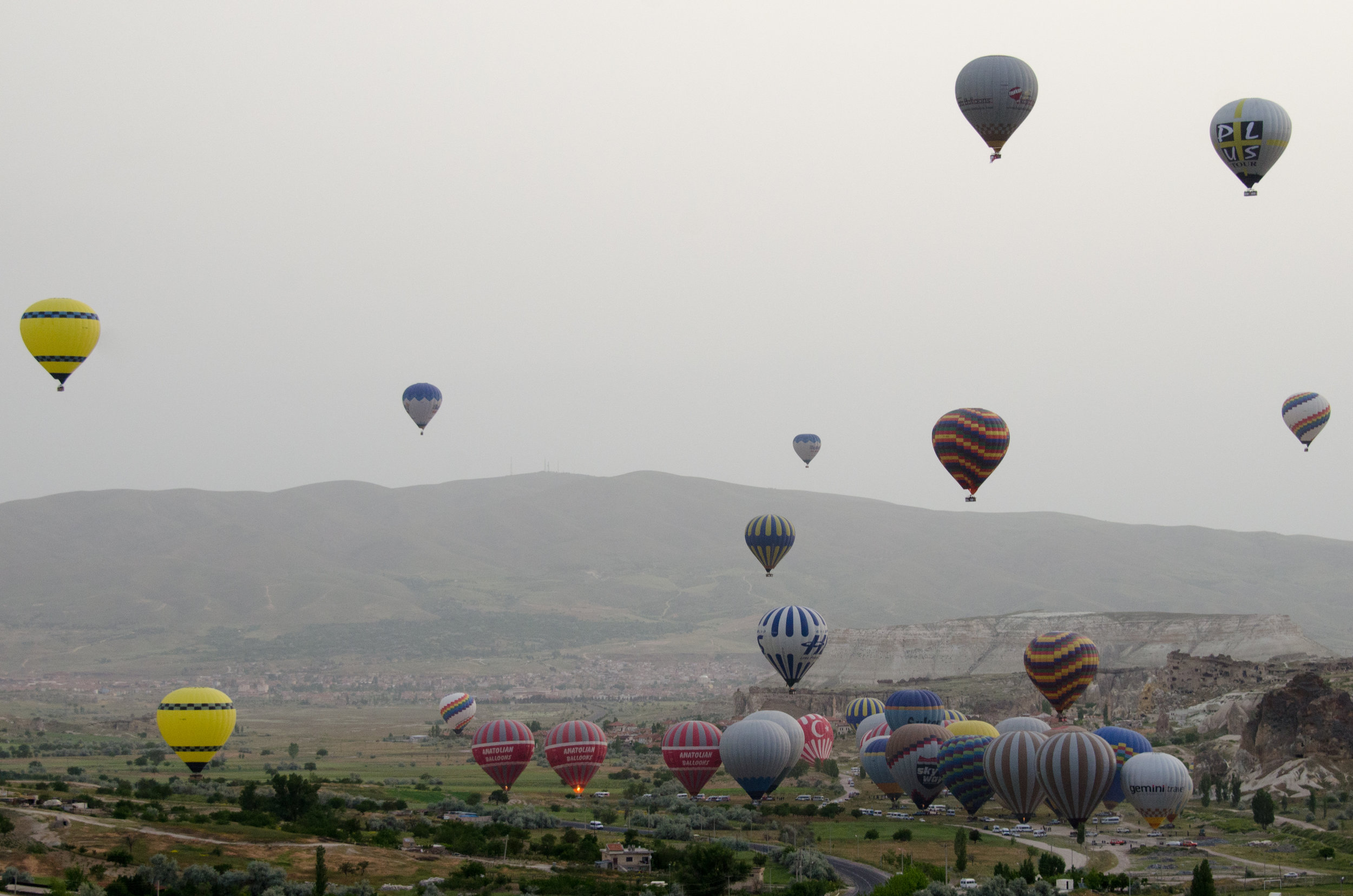

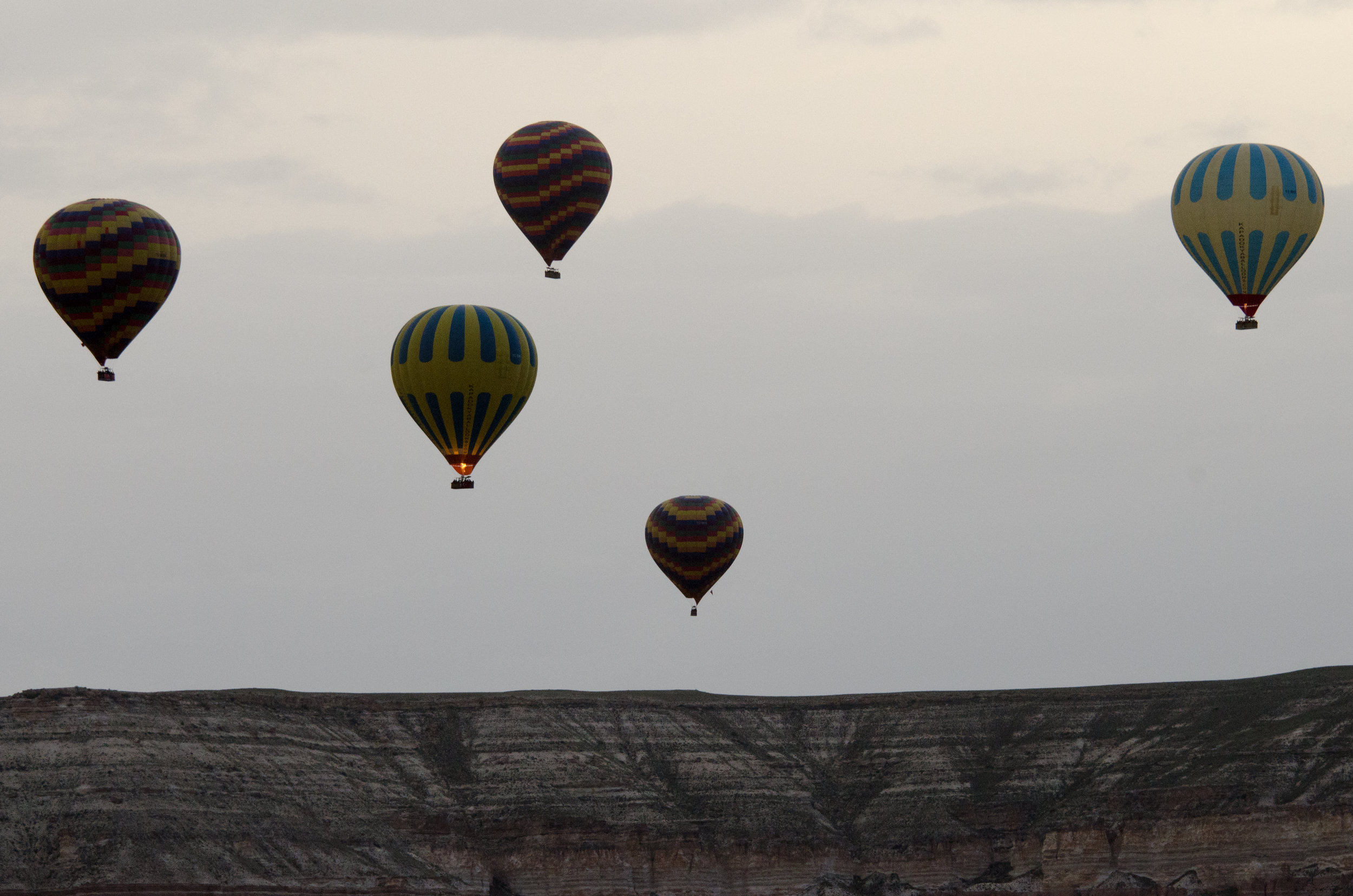
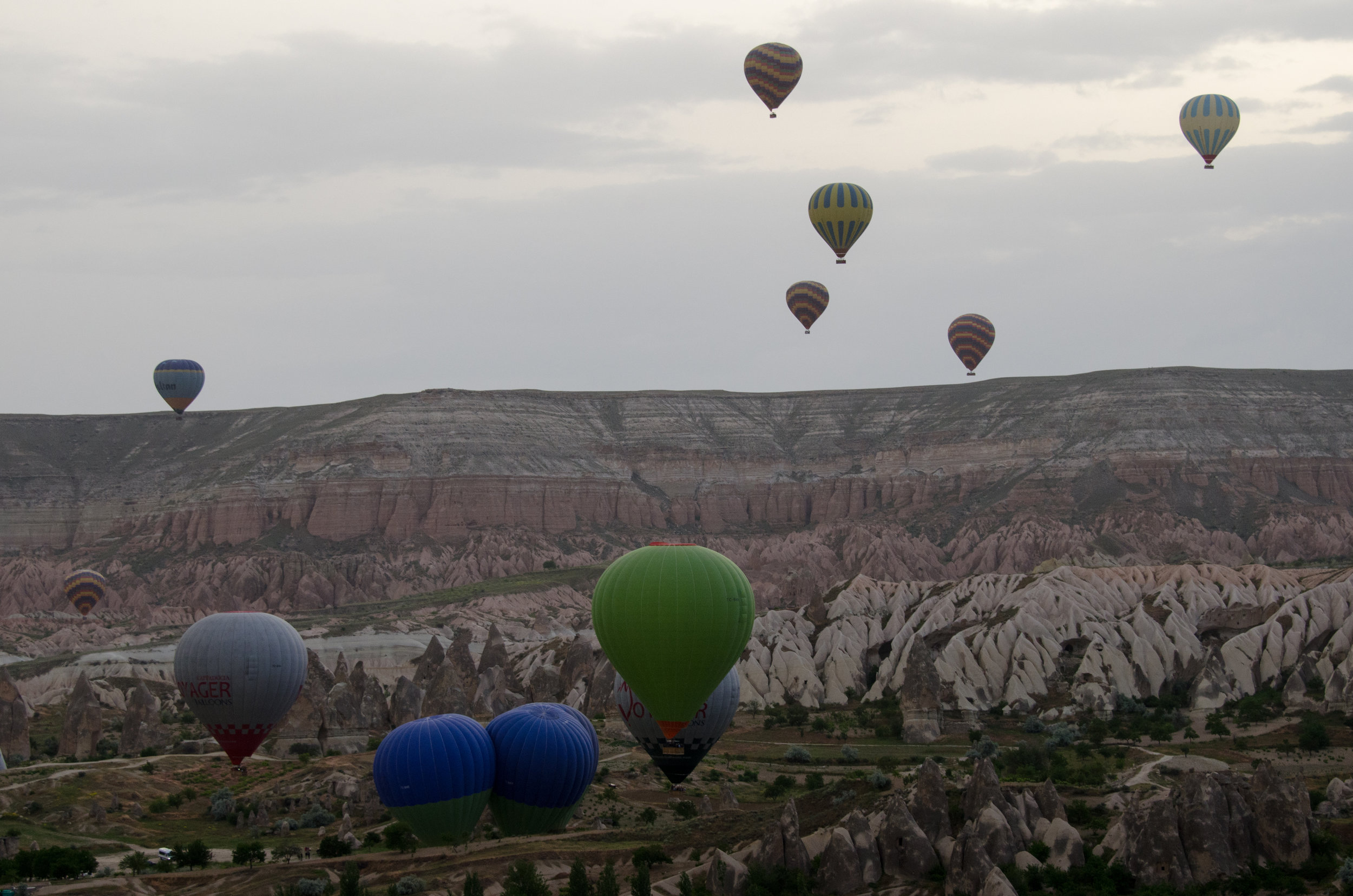
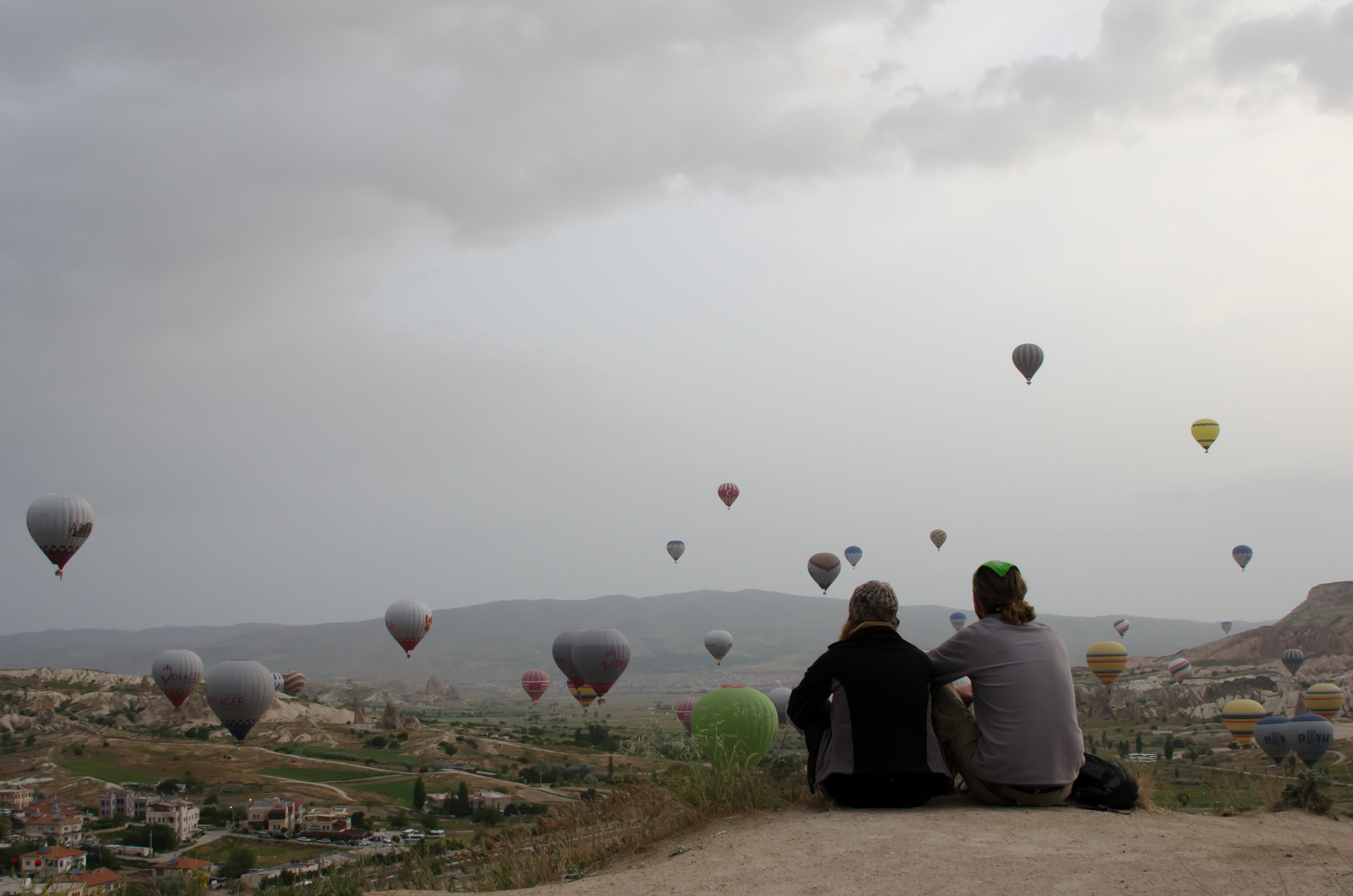
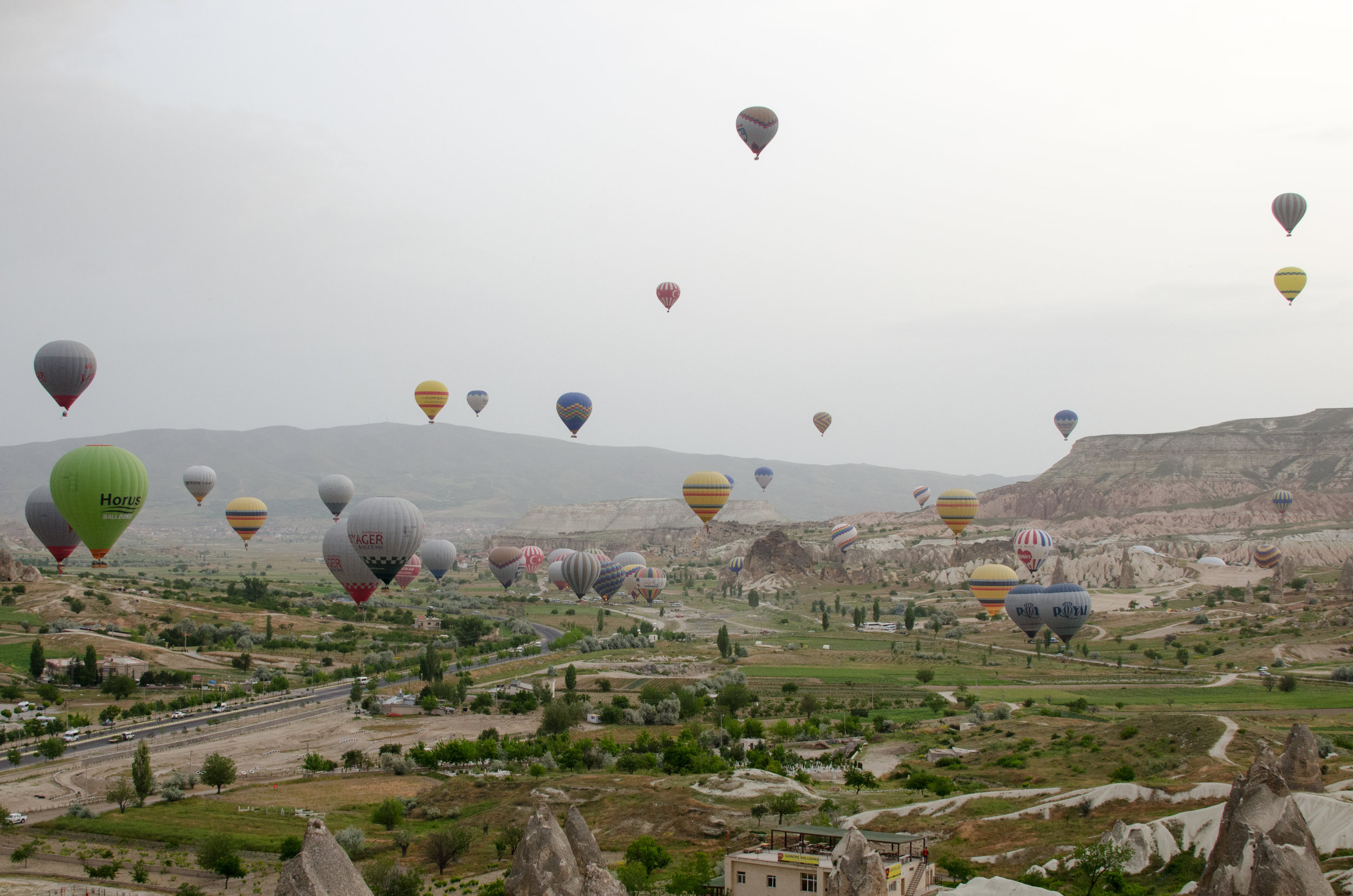
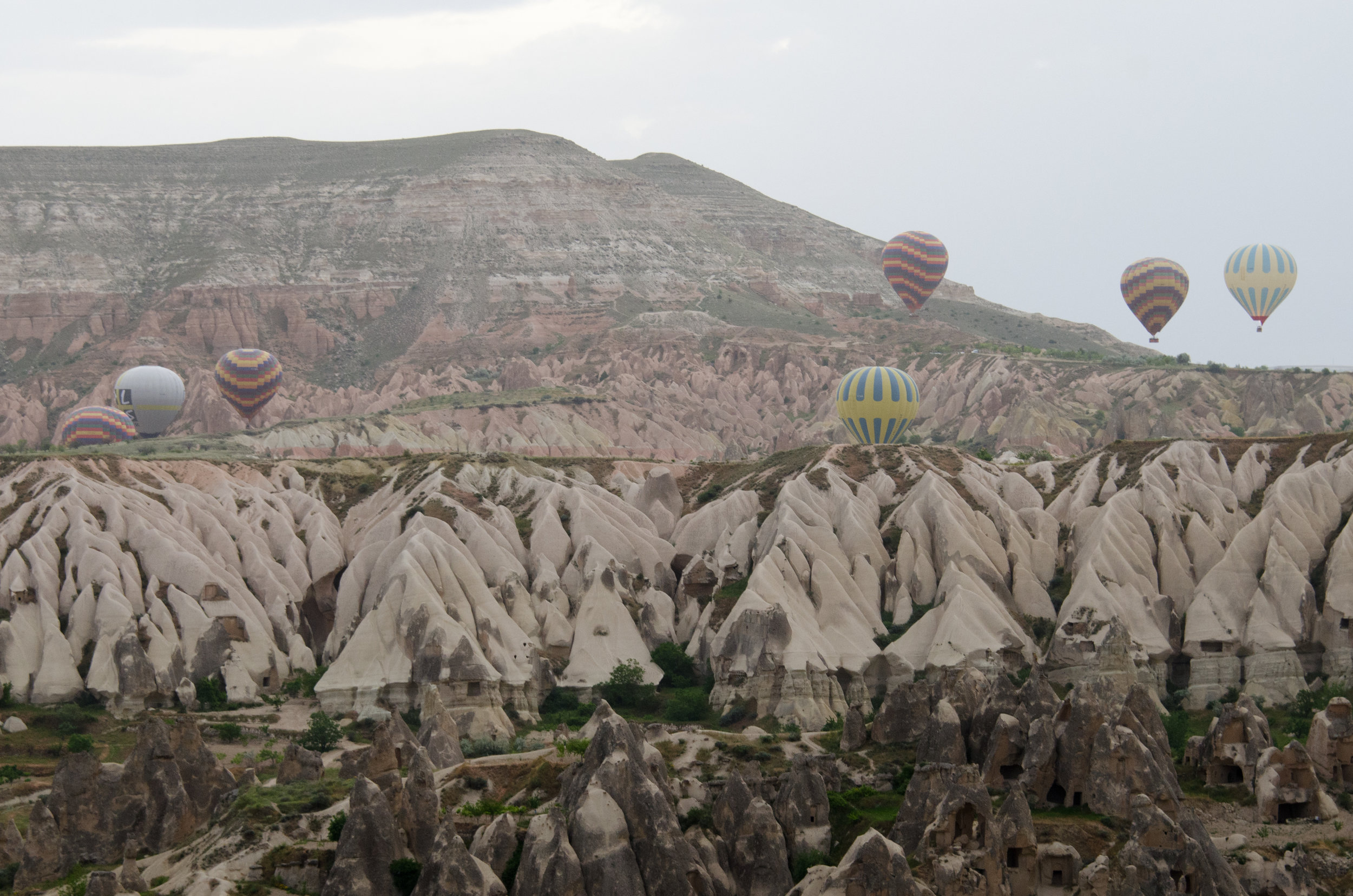
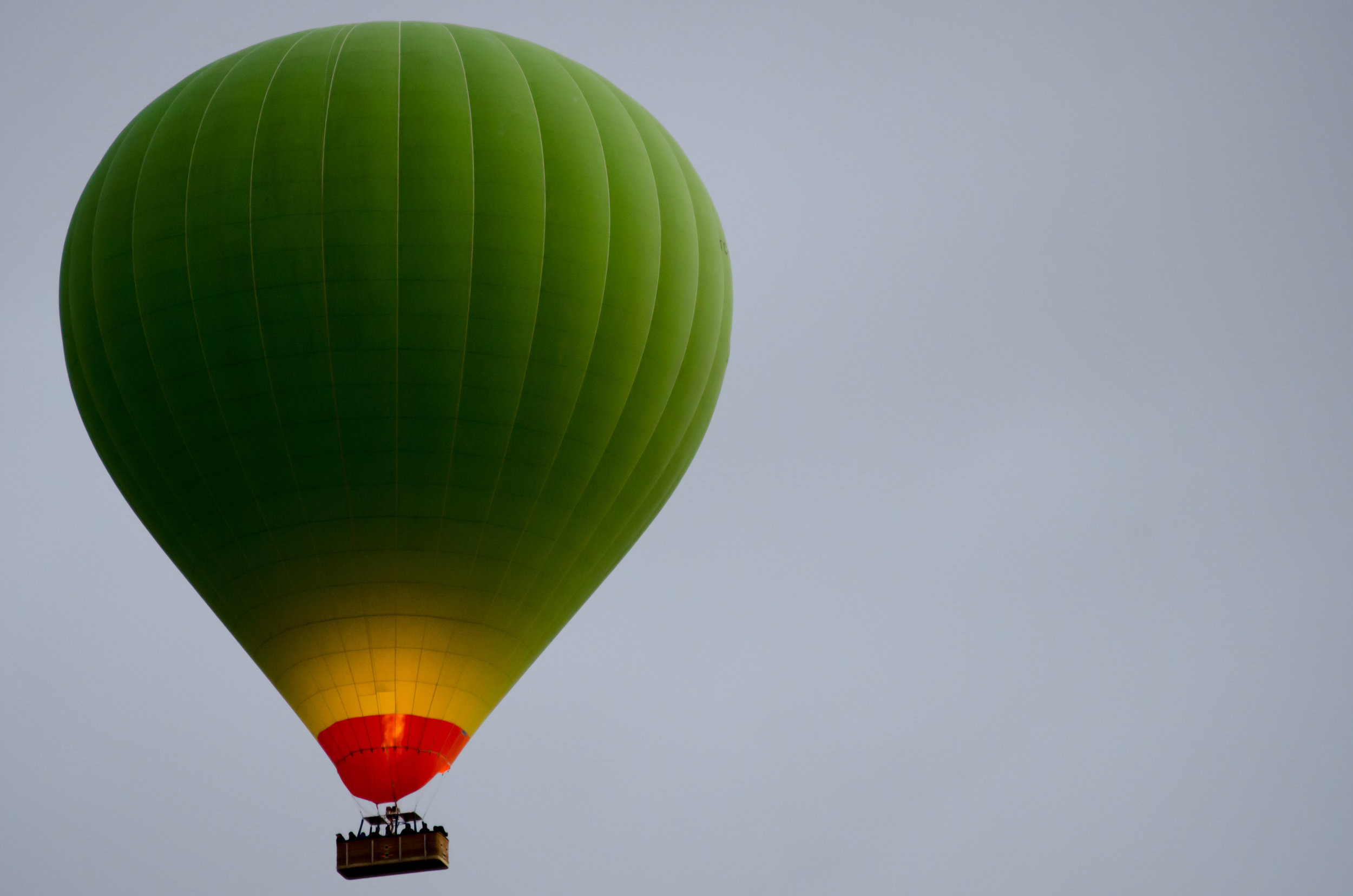
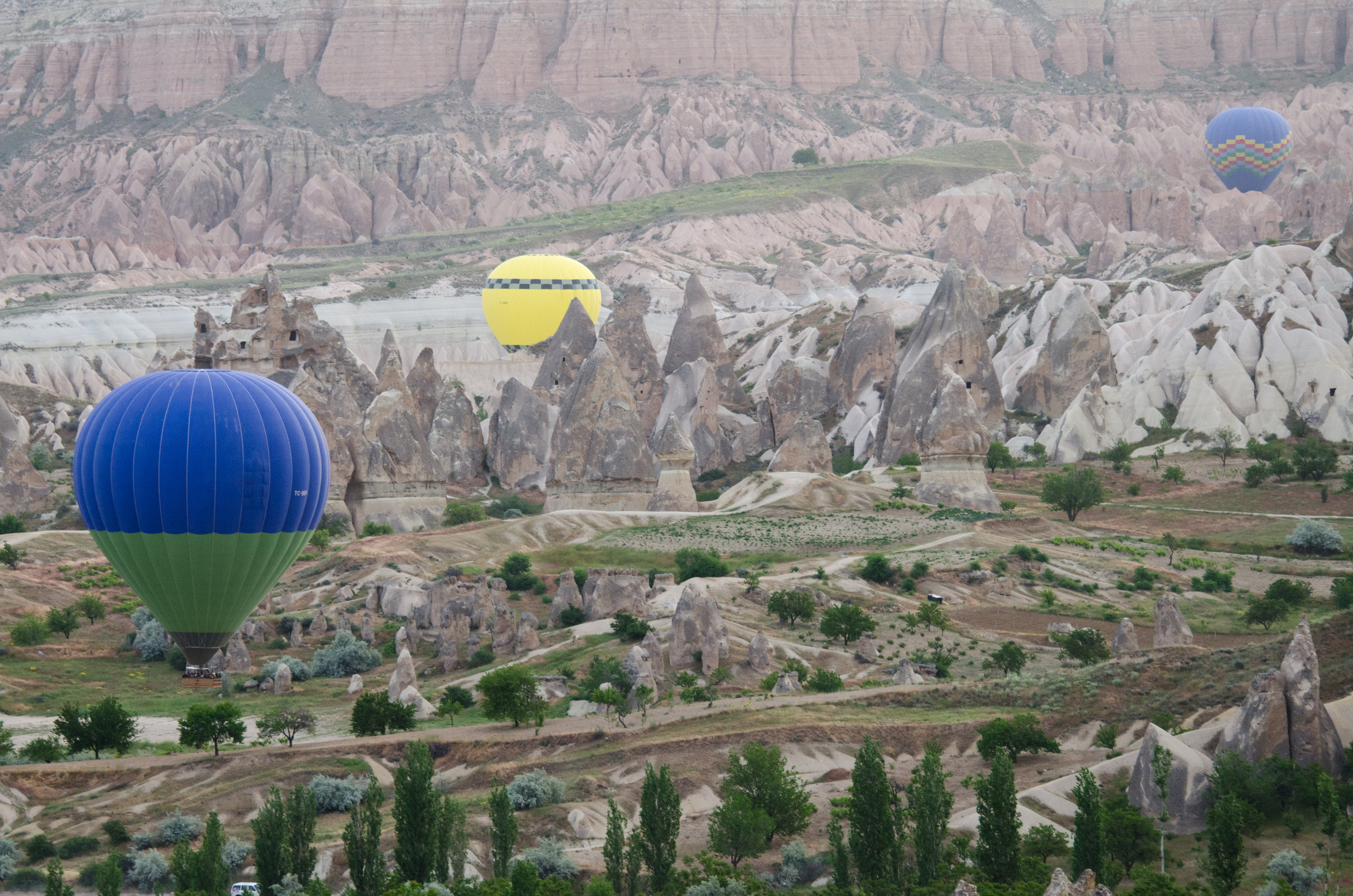
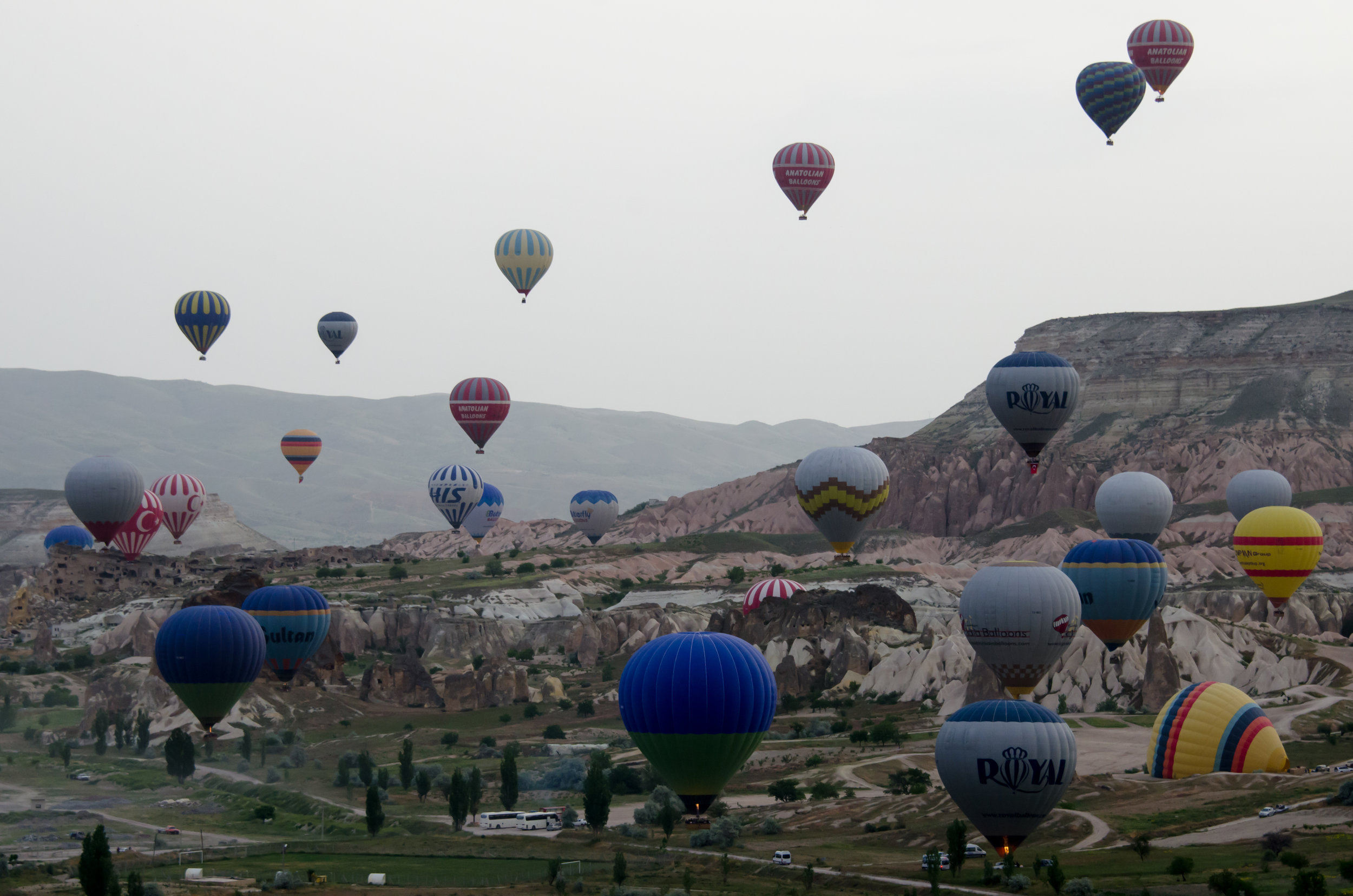
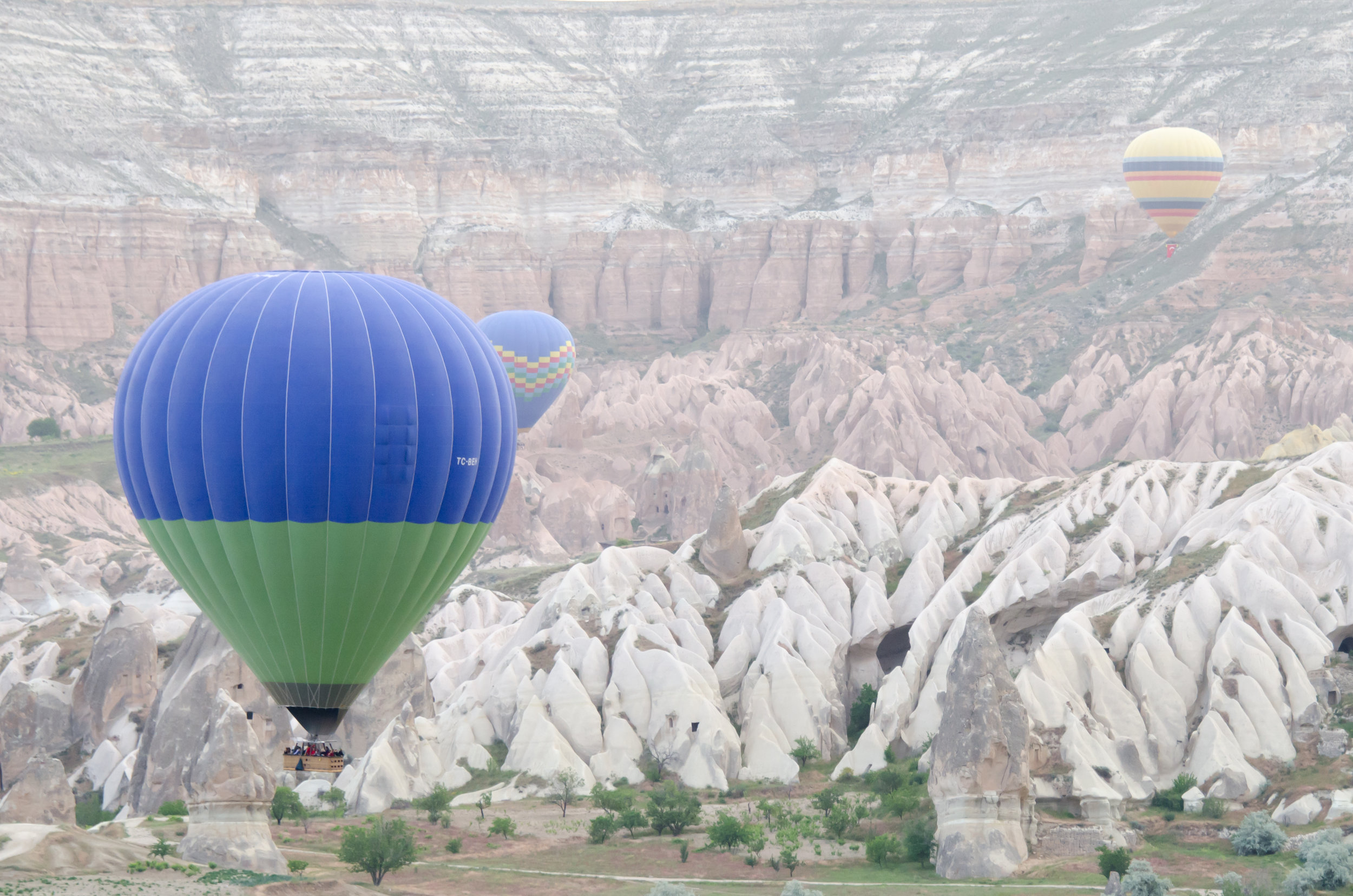
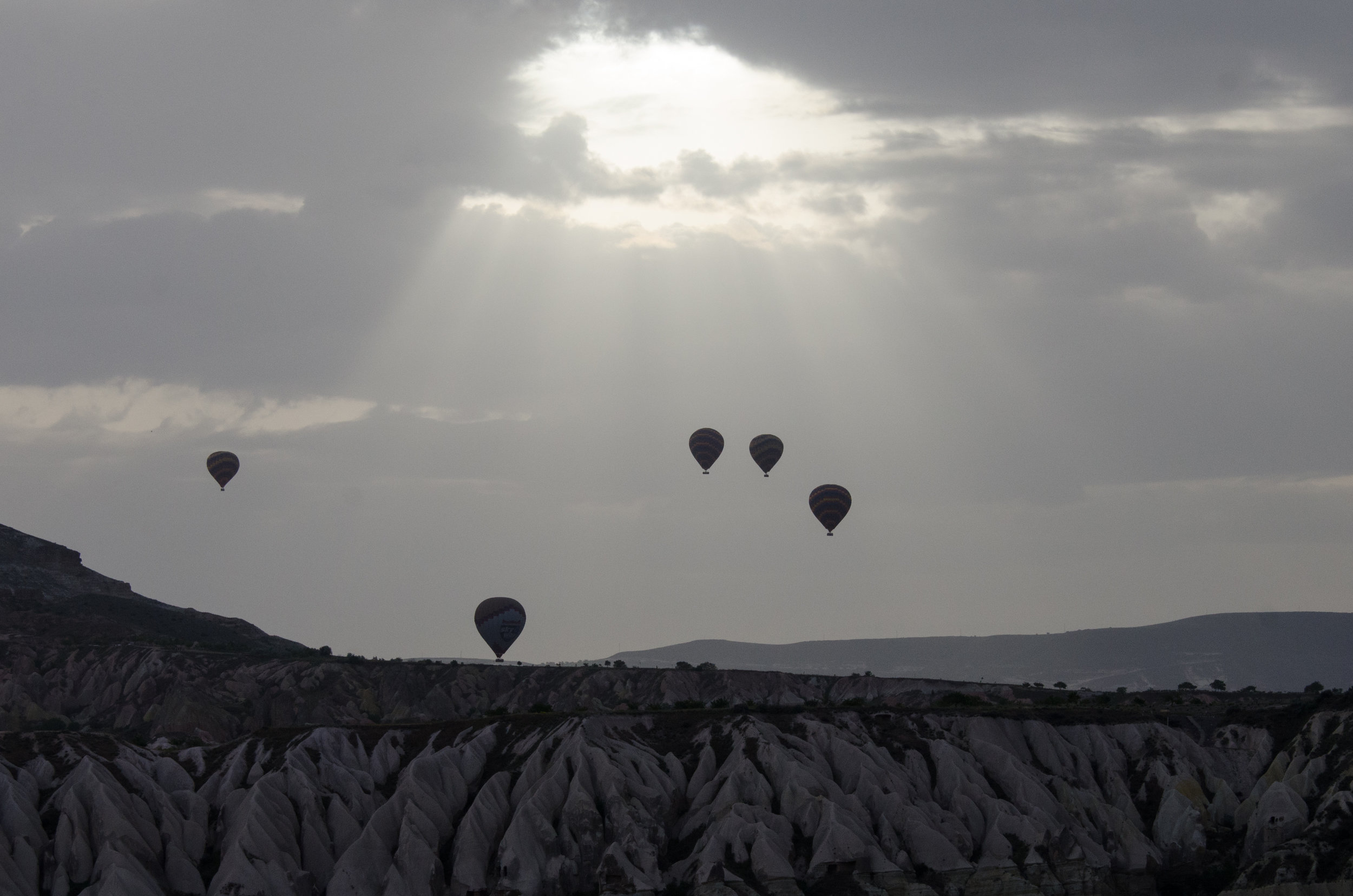
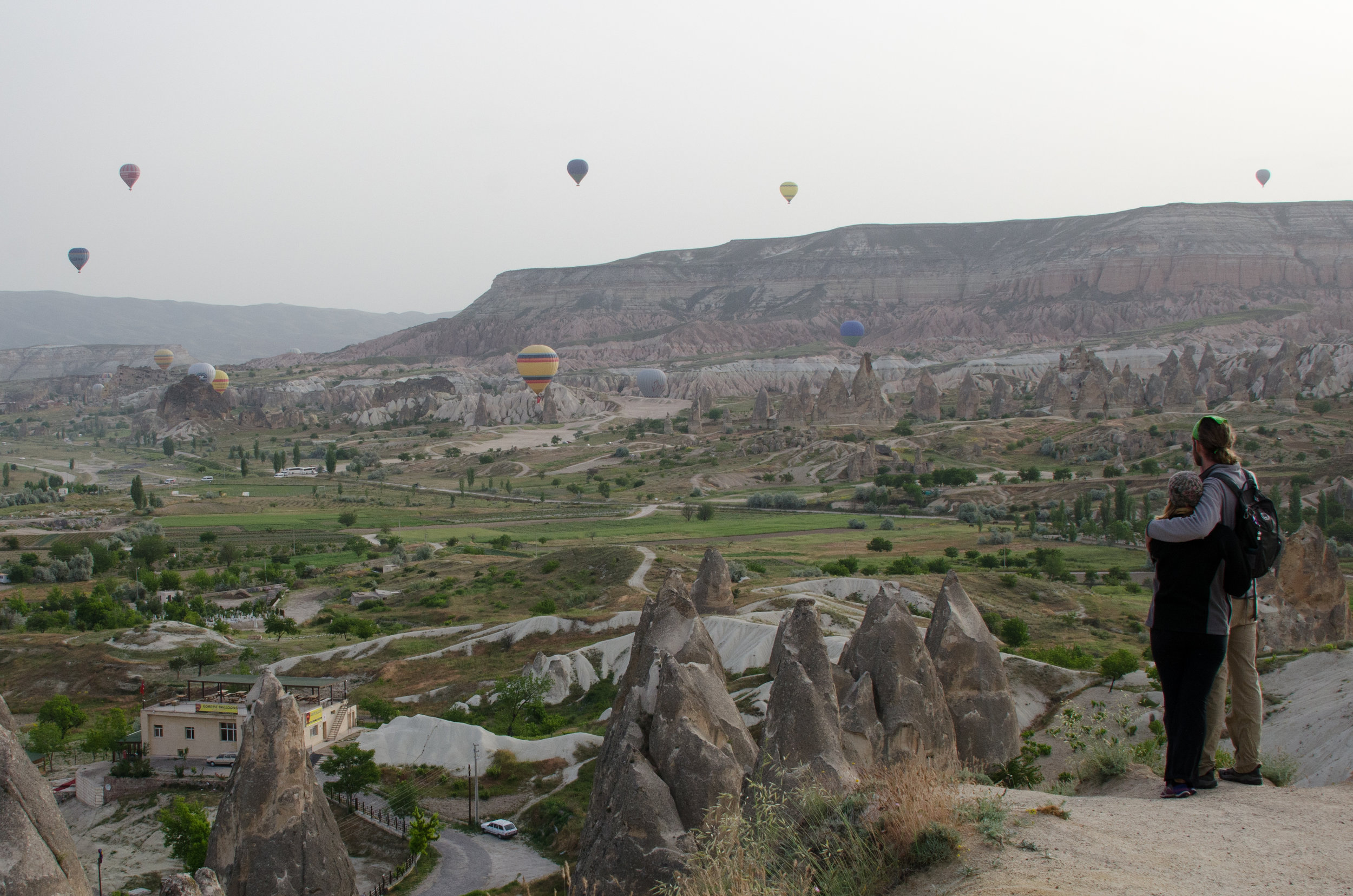
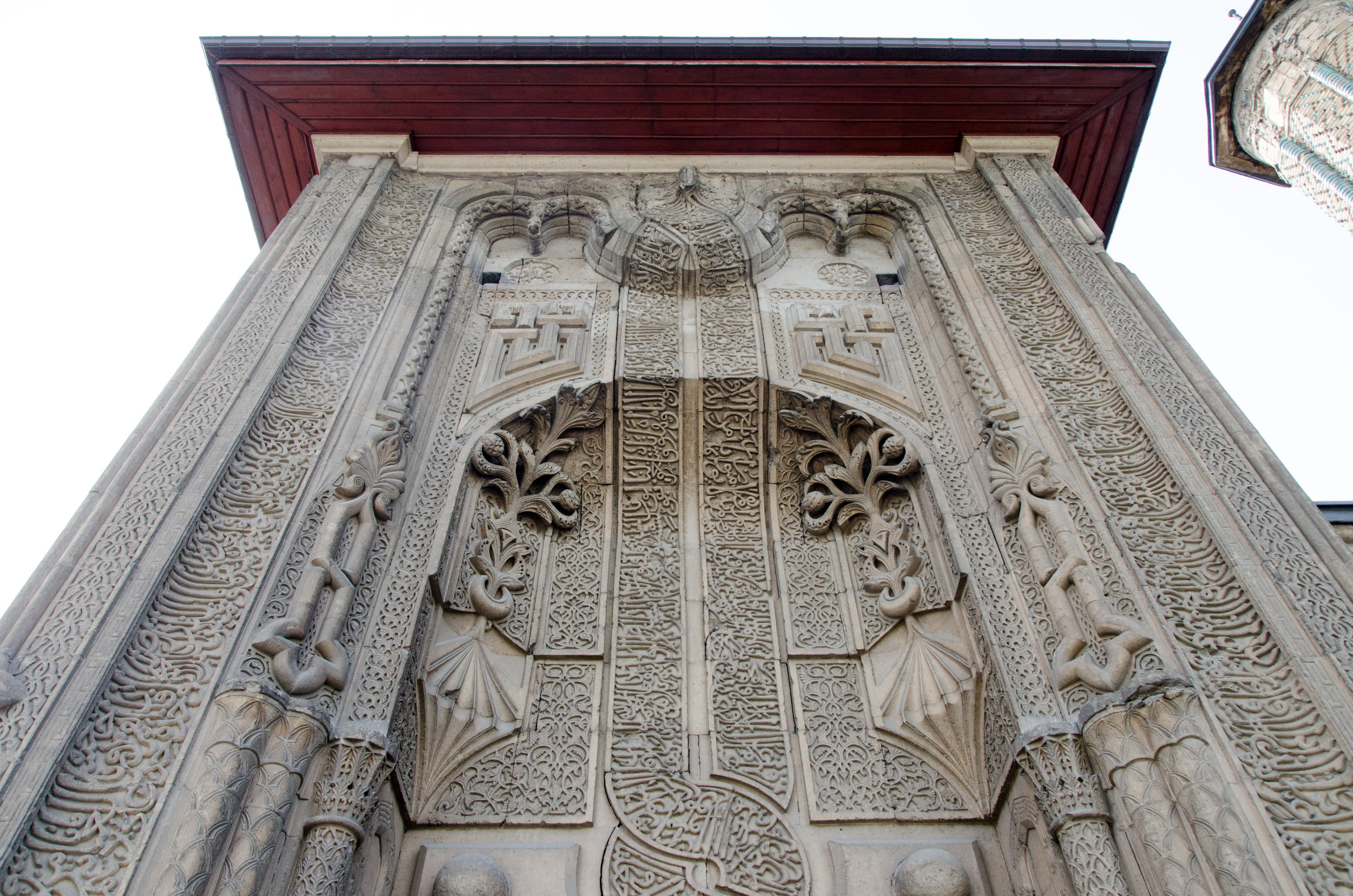
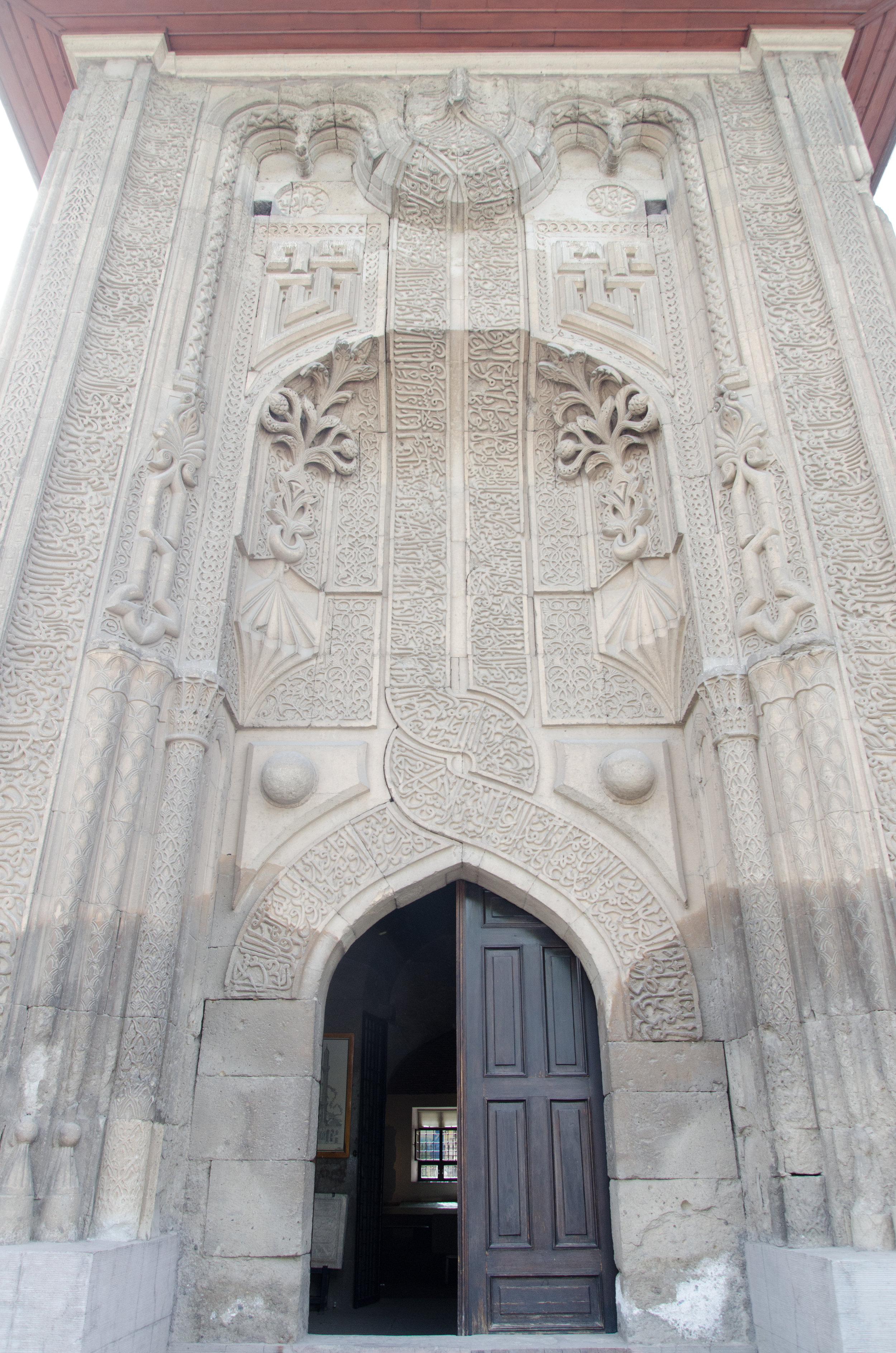
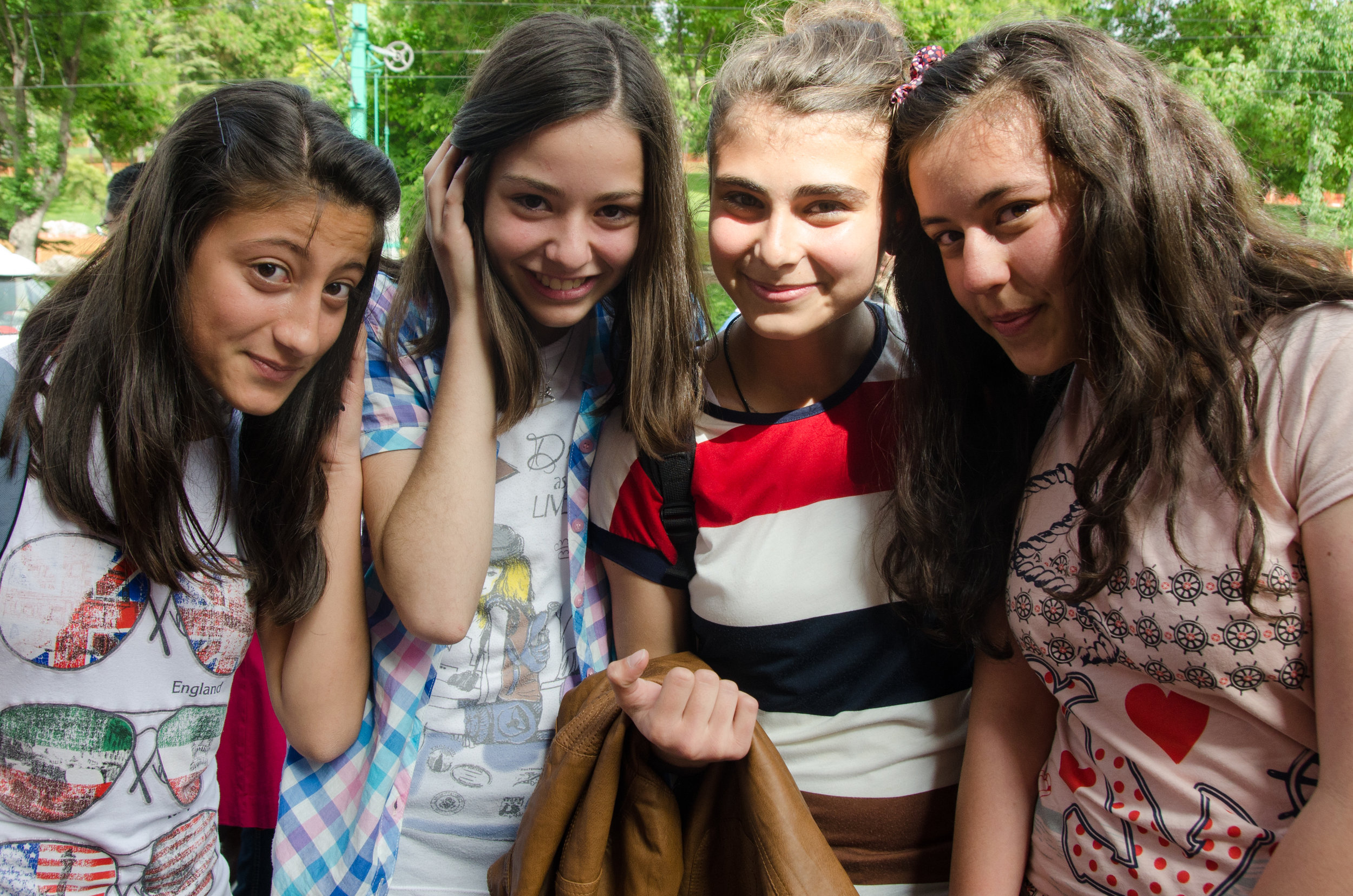

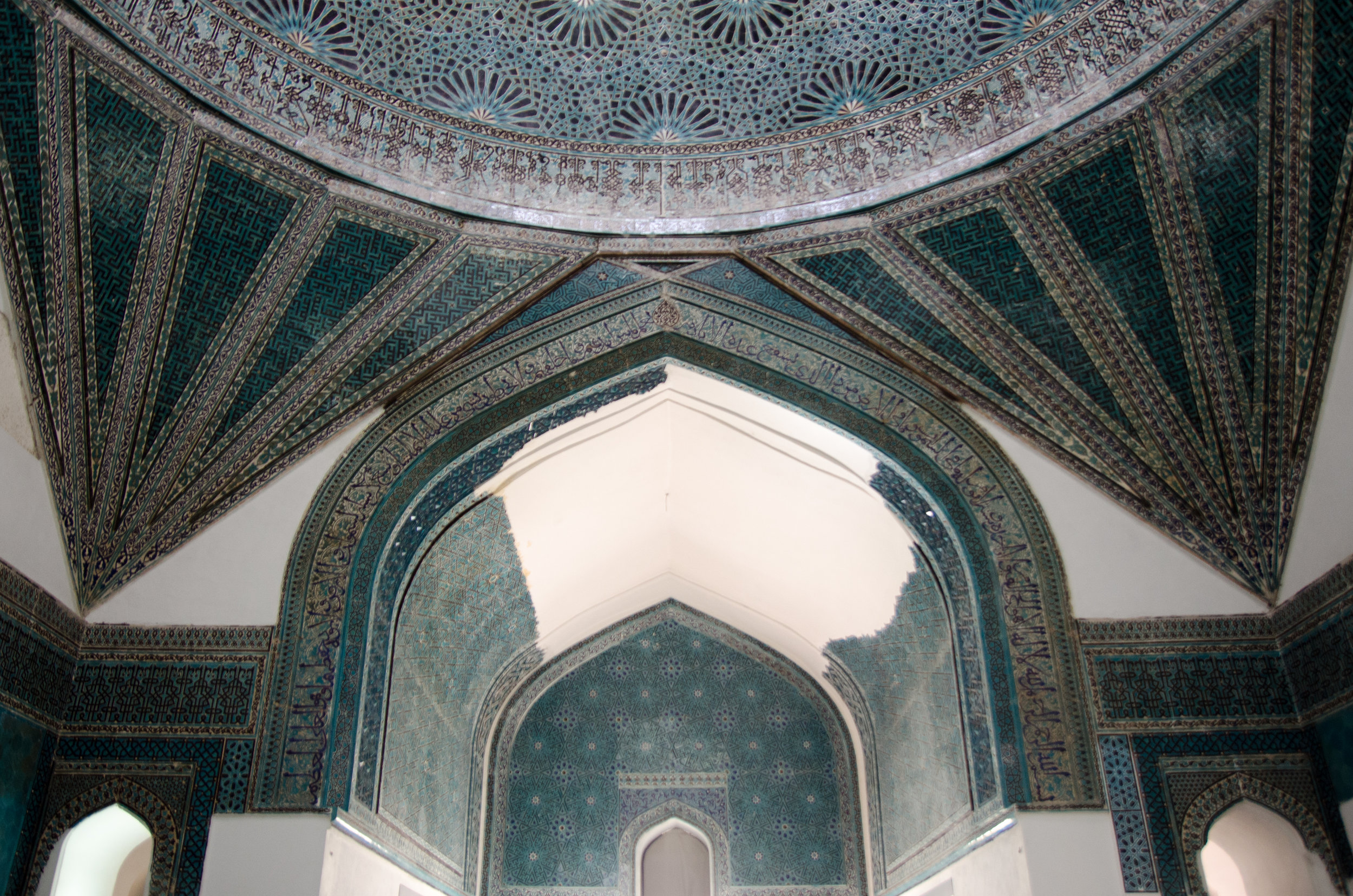
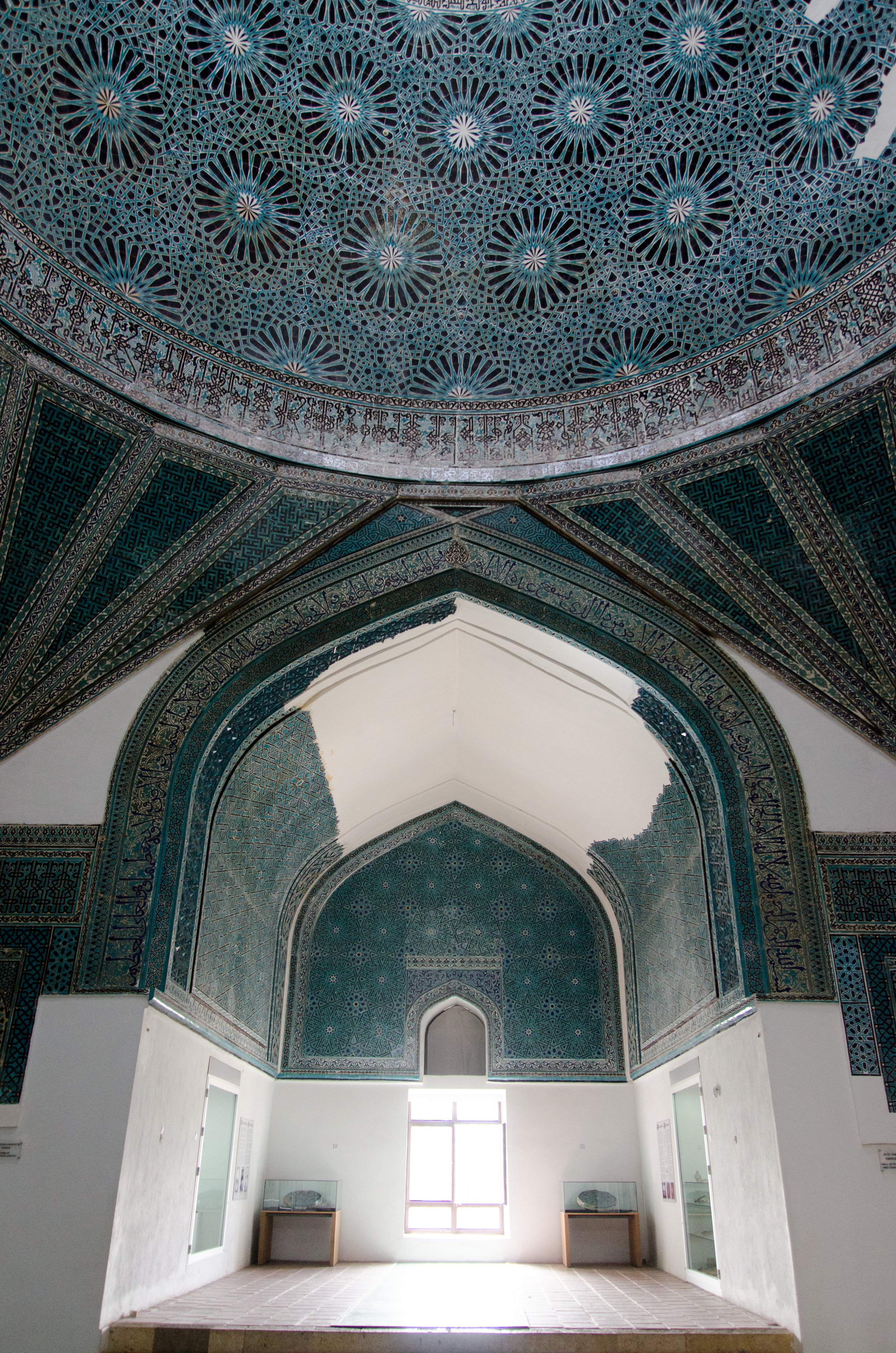
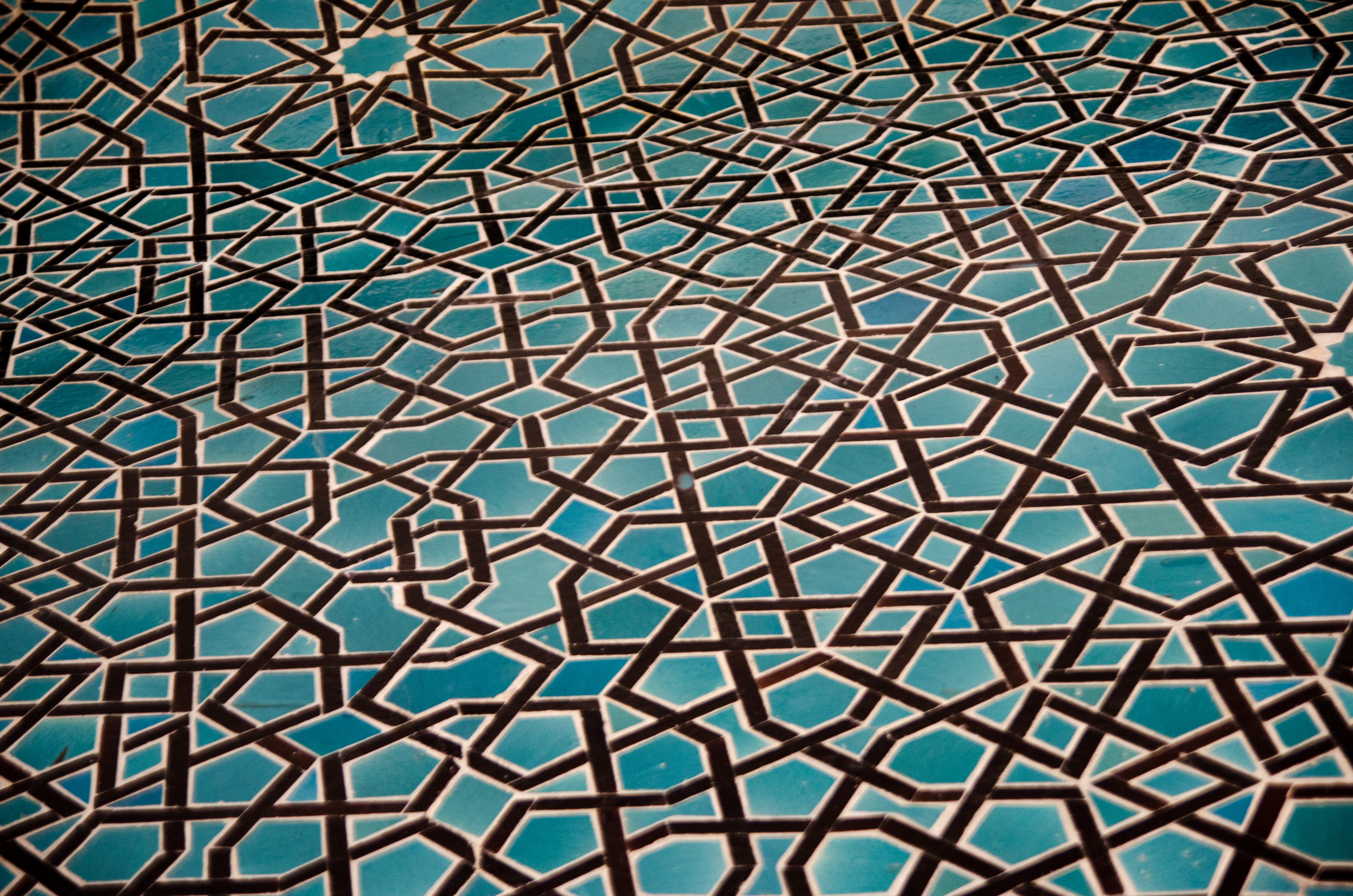
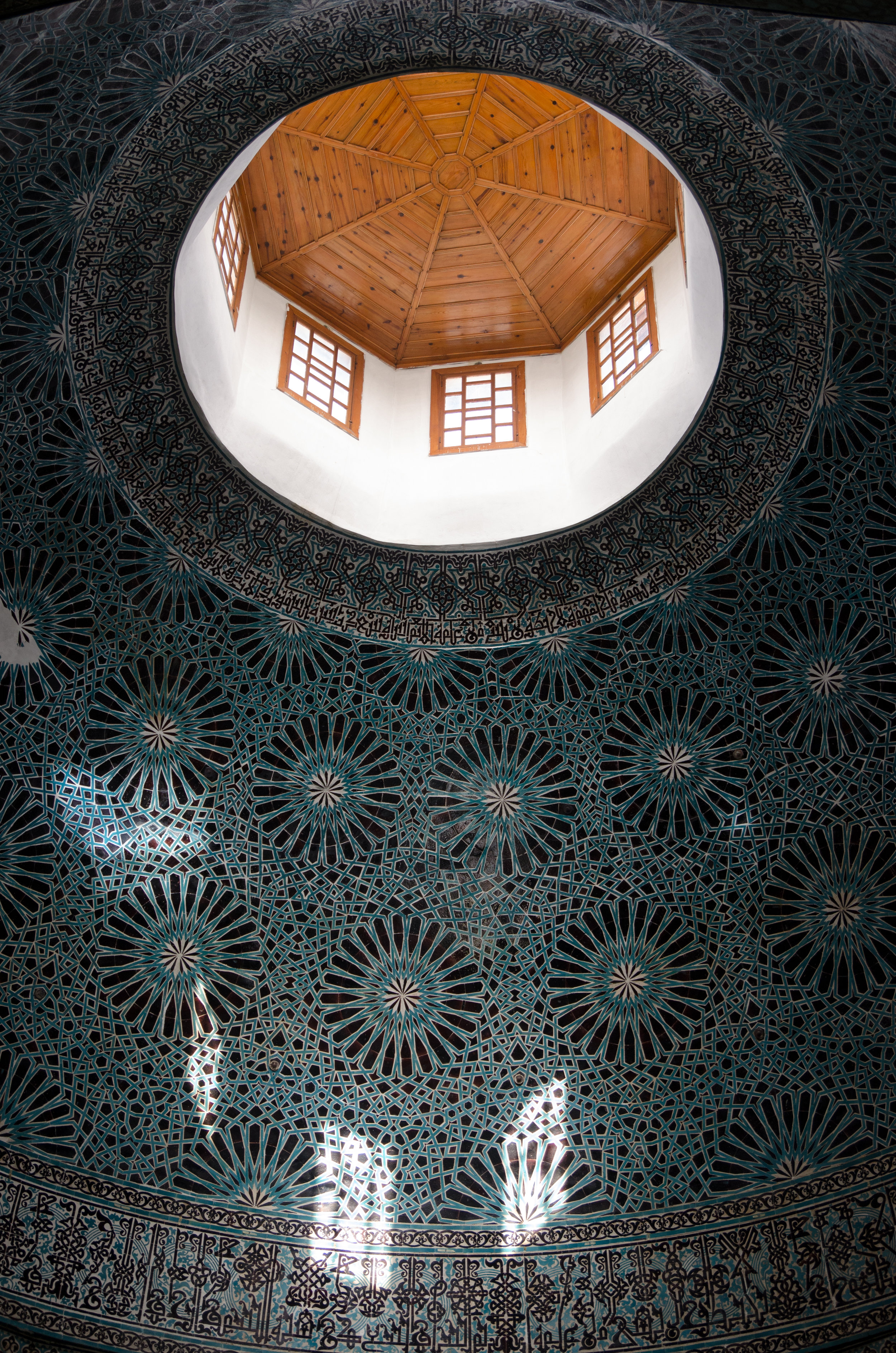





It was really quite mesmerizing. Watching so many balloons inflate and rise up into the sky. We counted up to ninety, but we’re positive we missed some so we’ll just round it up to there being at least one hundred in the sky. A few facts about the balloon rides (and why we didn’t partake in one): Each balloon can carry up to about twenty people. The ride is less than two hours. The starting price for some companies is 200 euros. Not even dollars. euros. Needless to say, I was totally content watching from below instead.
A few hours later, we were walking around Konya, a town famous known for being the birthplace of the infamous whirling dervishes. There isn’t much to do in the town aside from a few architectural sites and a weekly dervish ceremony. The town isn’t exactly on the tourist route, and it’s known to be on the conservative side. We decided to swing through to break up our trip back towards the coast. We were going to spend the night, but then we saw how much hotel rooms cost and changed our minds. Instead, we arrived in town early in the afternoon and bought tickets for the midnight bus to Pamukkale. We stashed our backpacks in a locker and headed into town.
Obviously, we’re not Turkish, but we haven’t felt like we’ve stood out in Turkey the way we stood out in the middle of Laos or Uganda. Suddenly though, we felt like we were getting stares. Not reproachful stares, but lingering looks nonetheless. I had pants on, and a scarf around my neck, no exposed shoulders, and I was even wearing proper shoes. It wasn’t me.
“I think it’s your shorts. And maybe your flip-flops.” I whispered to Andrew, as we walked through a park where everyone seemed to take interest in our passing through. No man was wearing shorts. And in the entire day that we were there, I saw only one other person have sandals on. The attention was strange, and got curiously entertaining as we stood outside the Ïnceminare Medresesi eating ice-cream. It’s one of the three things to do in town. Mostly for the intricately carved door.
We didn’t bother going inside the museum, instead sitting out front eating ice cream and watching everyone enjoy their Saturday afternoon. And then… a group of girls approached us. They asked our names, where we were from (in very little and broken English) and then if they could take a picture with us. We laughed a bit, but agreed. There was a group picture, and then each one took turns posing with us. This was somewhat interrupted when two older boys came up, and asked if they, too, could take their picture with us. One was from Senegal and the other Ghana. They were in Konya studying for six months. Our photos with them were interrupted by another Turkish dude who I think got in the same picture with the kid from Senegal. I asked the group of girls if I could take their picture, they readily obliged.
And then, another group of girls took over. A little bit younger and a more adorable because of it. They giggled. They asked us the same questions in the same broken English. They took turns squeezing in between me and Andrew to take pictures on their mobile phones. They readily posed for a picture for me (unfortunately my polaroid was back in the bus locker for the afternoon) and then they pointed to their cheeks to say goodbye.
Andrew didn’t get it immediately, but I did and immediately bent down to touch cheek to cheek. With all three of them. Then one pointed to her cheek again and then to her lips. I gave her a kiss on the cheek and her friends circled back to me for one as well, and did the same to Andrew, who followed suit. They made sad faces, clearly not wanting us to go, while we tried to get away as smoothly as possible, not understanding (AT. ALL.) what the fuss was about. Regardless, it was the sweetest interaction we’ve had in Turkey so far and as always, any interaction with local children (who aren’t trying to sell us anything) always makes my day.
We headed to the Karatay Müzesi after our five minutes of fame in Turkey and I was again delighted with the tile work. Say what you will about the Islamic faith, but damn they know a thing or two about interior design. Especially when it comes to a madrassa.
Andrew and I agreed that we’d like to have a living room designed with the same aesthetic. You know, in our studio apartment in New York, we’ll just add a few domes, tile it and boom: our own private madrassa/living room.
Now, about these dervishes. Perhaps you’ve heard about them. The dudes who whirl. I thought it was a performance, before setting foot in Turkey. Even as you wait in line for the Ayasofia, pamphlets are handed out with ‘showtimes’ for dervish ‘performances.’ This is not really the case at all. A dervish is someone who follows a more specific Muslim path known for poverty. They are the sadhus or monks of the Muslim faith- in Turkey. The whirling began when the founder heard music in a market and felt so spiritually connected that he began to whirl. The birthplace is here, in Konya.
What used to be the dervish lodge and mosque is now the Mevlâna museum and mausoleum of Jalal ad-Din Muhammad Rumi, a Sufi mystic also known as Mevlâna or Rumi (aka the founder). It was CRAZY crowded full of mostly Turkish pilgrims and a few foreign tourists like us checking it out before the free ceremony at night. Not only was it crowded, but it was like the pilgrims there (mostly big groups of older women and their children) had never been outside of their hometown before. There was pushing. Bumping into. Complete disregard for anyone trying to read an information plaque or peek inside a small room set up as a museum display. You know in basketball when you take a charge, it was kinda like that. Only my opponents were my height, twice my size, and were leading with their chest, not their shoulders.
Our ‘timeout’ wasn’t any better. We watched a Chinese tourist photograph two women sitting down for nearly ten minutes as they giggled and avoided eye-contact with the man behind the camera. He didn’t even acknowledge them after he photographed them. Instead, he stood up and reviewed his images on his LCD screen (without showing the girls) and walked on to photograph other women sitting nearby. Photographers- or anyone with a camera for that matter, who have complete disregard for their subject get under my skin. It reflects poorly on anyone with a camera. Acknowledge who you are photographing, especially if it’s so close. Thank them, if you can’t in their language, at least with your eyes. And show them what you captured! We had to leave because I couldn’t watch him anymore.
A few hours later, we were standing outside the auditorium being shoved into a single door to the Dervish ceremony. One door for an auditorium the size of a small baseball stadium. No ropes. No line. Absolute zero order. There was open seating inside, and as we arrived a half hour early, we were able to find a seat with relative ease. I wanted to see this ceremony specifically because I thought it would be less touristy and more true to its origins. The auditorium filled up rather quickly and there weren’t enough seats for all of the audience members. And despite the announcement mostly being in Turkish, the part about “no flash photography” was clearly emphasized in English.
Unfortunately, this did not stop half of the audience from whipping out their iphones and ipads to take pictures and videos with their camera light on the entire time. After the ceremony had started, audience members continued to stand up waving their friends and family over to where they had seats saved for them. Everyone continued talking. Five minutes into the ceremony, an entire row of Turkish men got up in front of us and left. Then another group of Turkish men slid into their seats- for maybe ten minutes, before they too, decided the ceremony simply wasn’t for them and left. At one point one man a few rows up stood up to talk to his seat-mate, standing, during the whirling. He was facing the audience having a conversation with his friend while everyone struggled to see around him. It was a Korean wedding. In other words (if you’ve never been to a Korean wedding) it was a series of old women walking down the aisle, shoving the bride aside, so she could sit down where she wanted. At one point, a plastic chair fell down the steps, essentially echoing throughout the hall over the music and the quiet, mesmerizing whirling. It. was. bananas. And it was not because of rude foreigners because we were surrounded by groups of Turkish women and Turkish men. Rarely were they mixed, sitting together.
Aside from the (beyond obnoxious) audience faux pas, the ceremony was beautiful. The music, especially the singing. The whirling. It was all beautiful. Unfortunately, we think the ceremony ended earlier than usual and we think it was largely due to the audience and their lack of… care. We both agreed that we were glad to have come, we had a surprisingly interesting afternoon in Konya and it was still interesting to see a dervish ceremony that was not disguised as a performance. However, now I’m somewhat keen on seeing one of the touristy performances out of curiosity if the audience would be more respectful or not!
